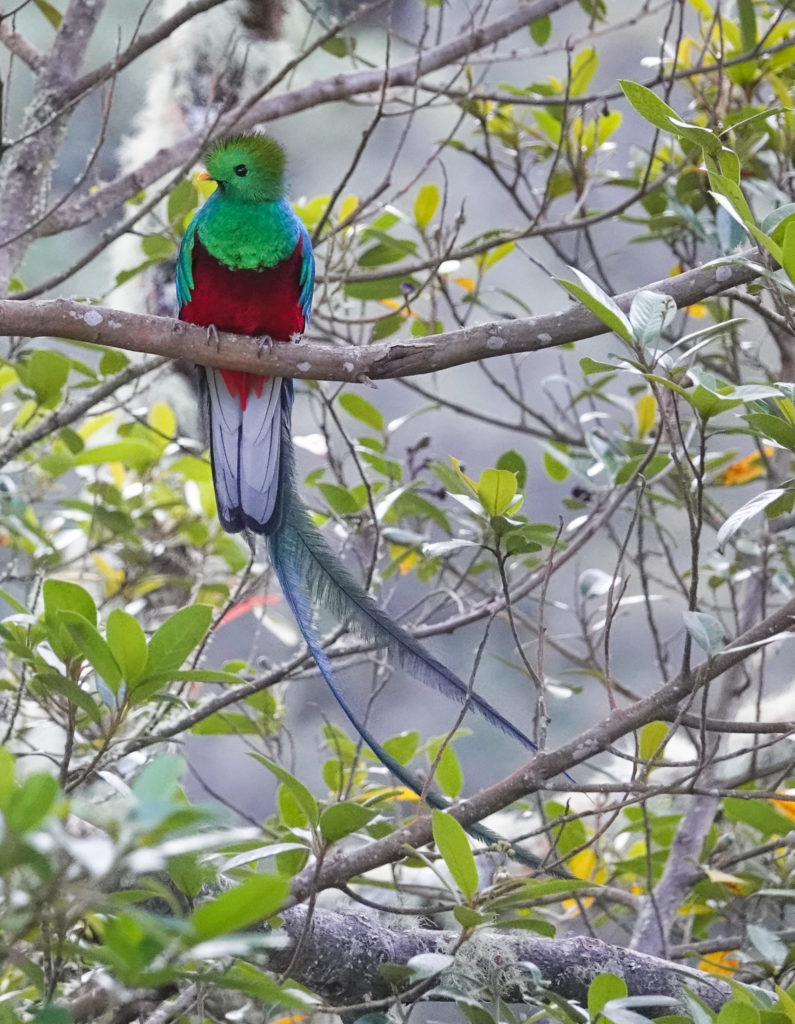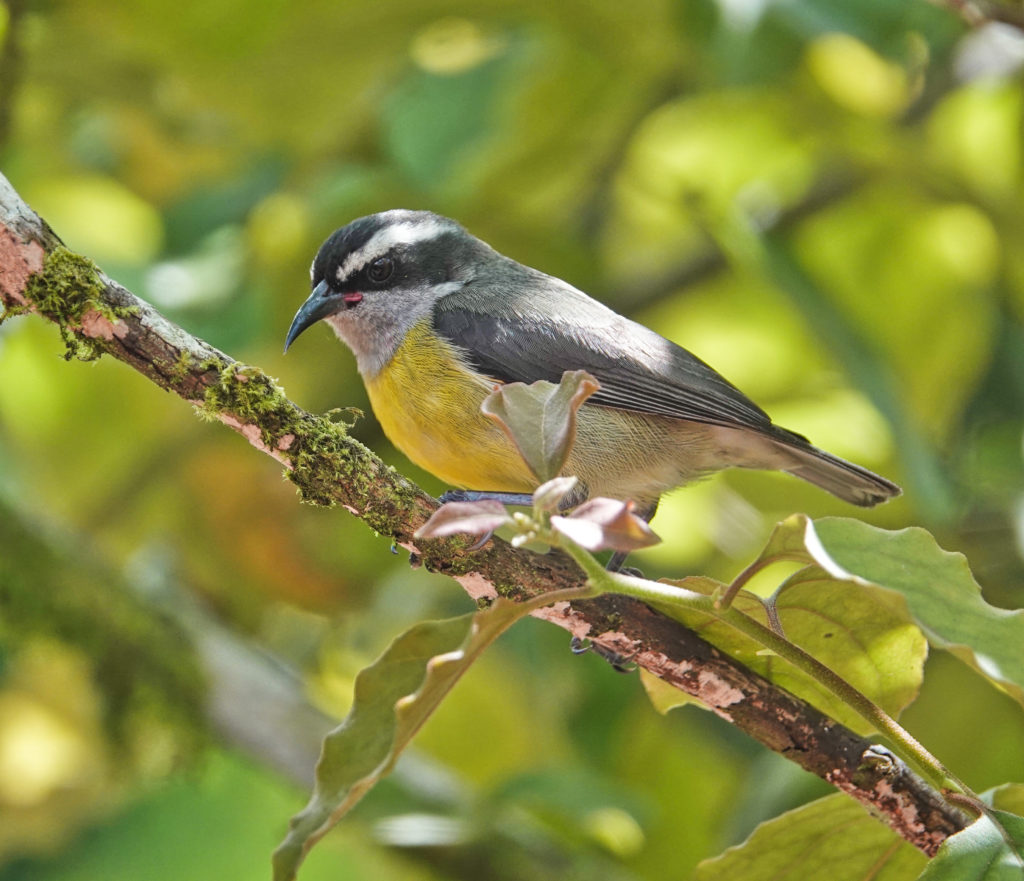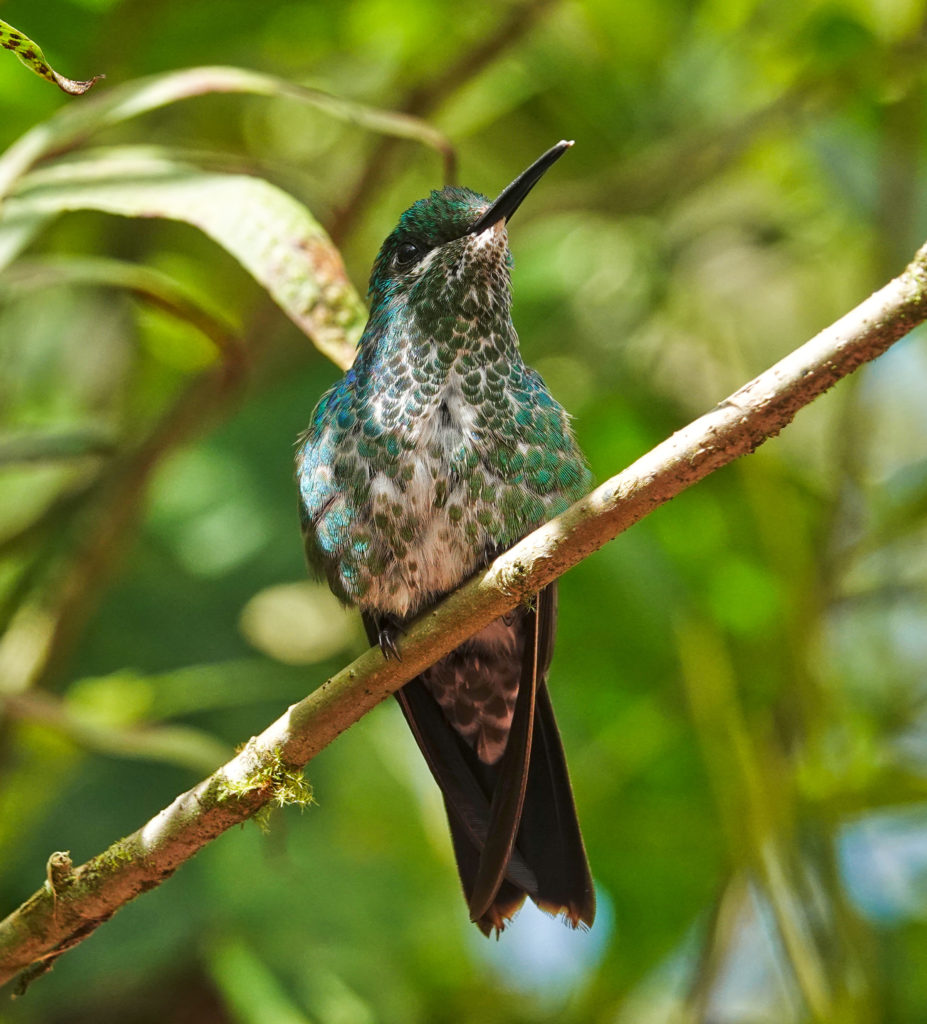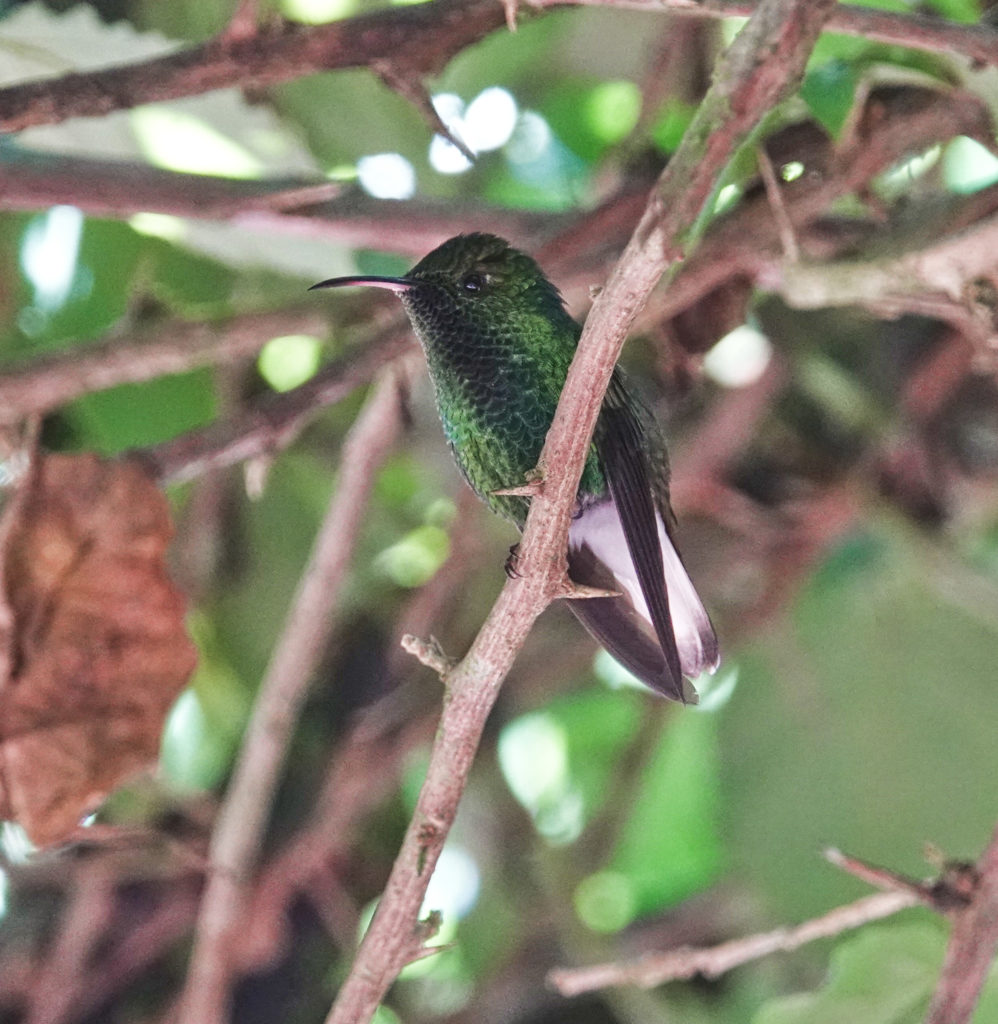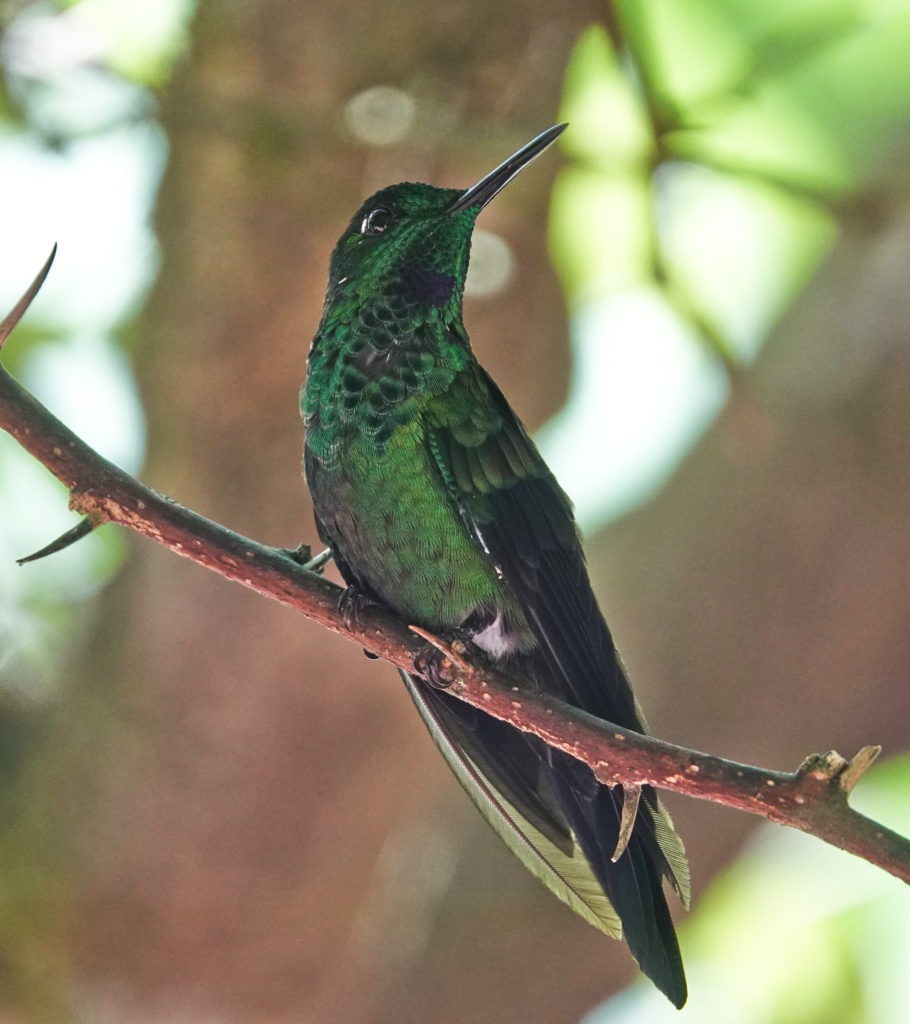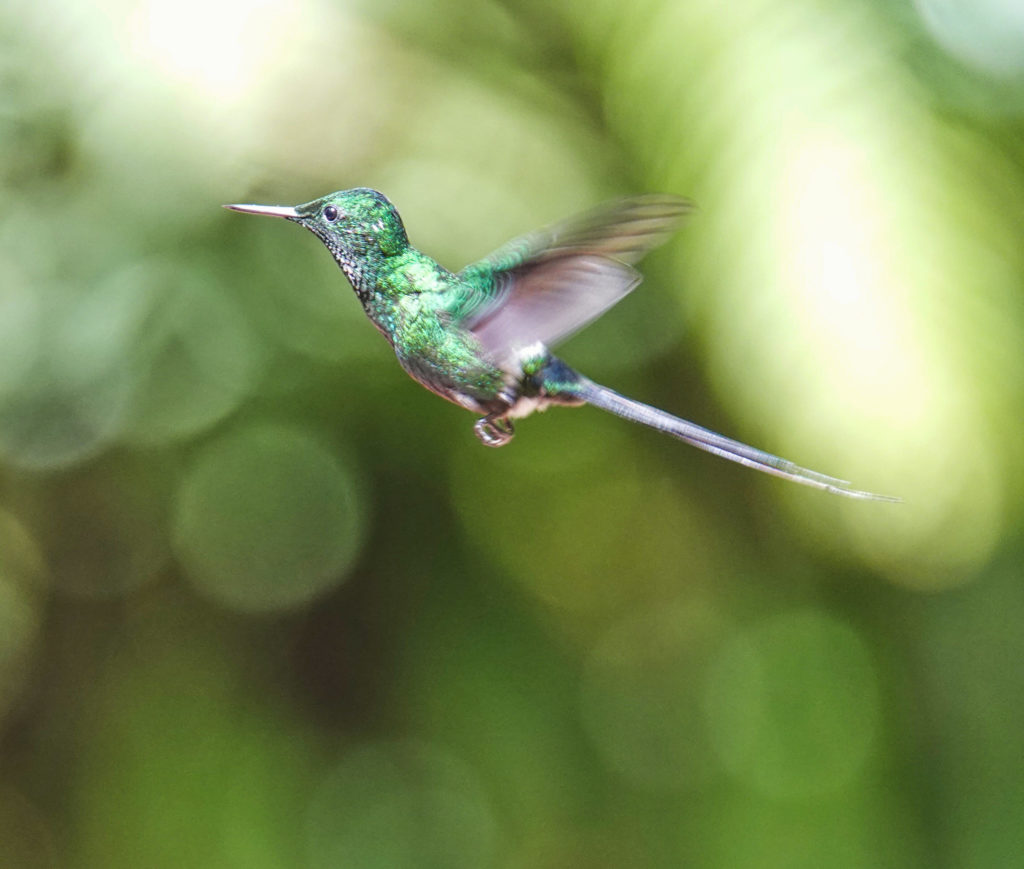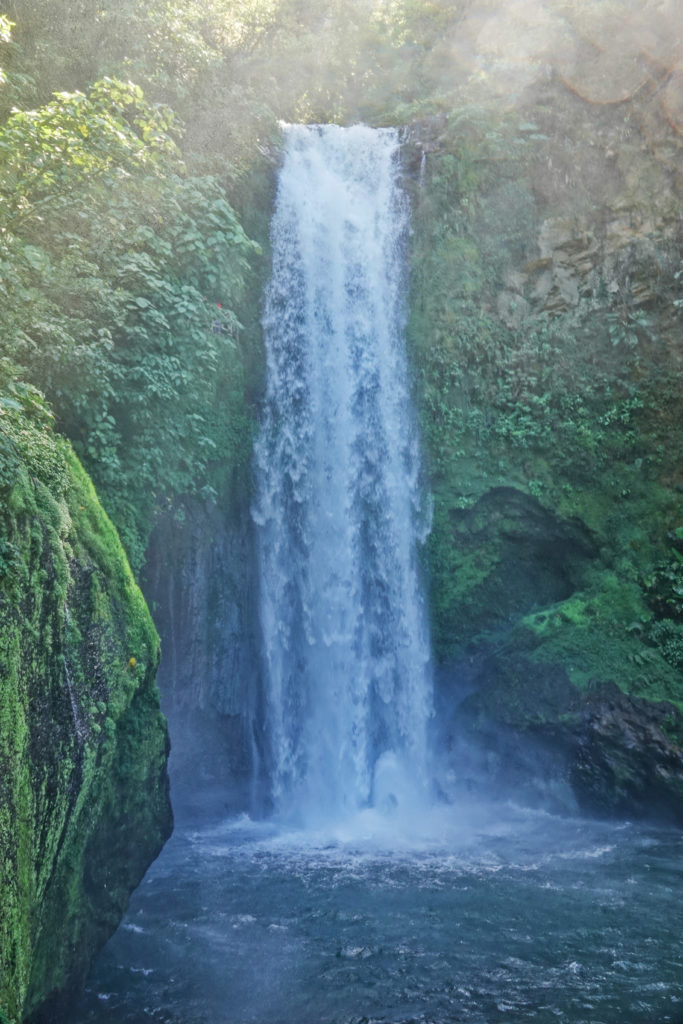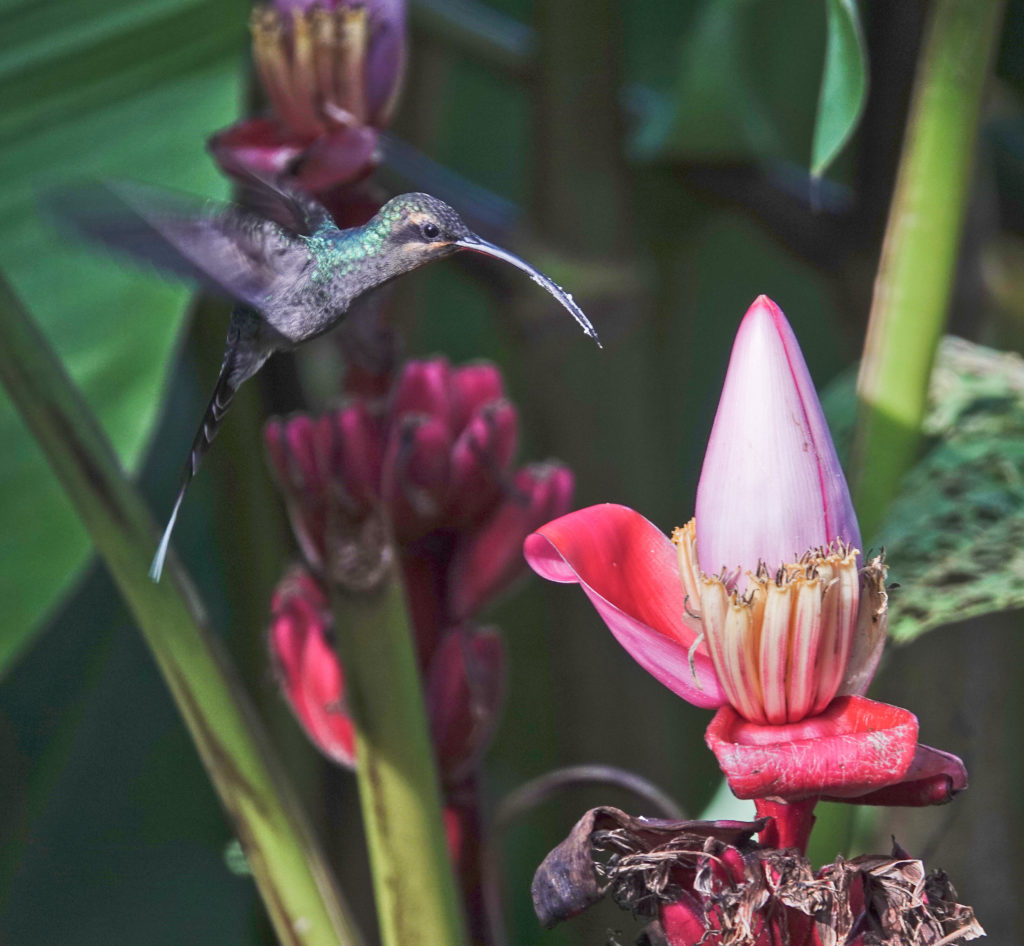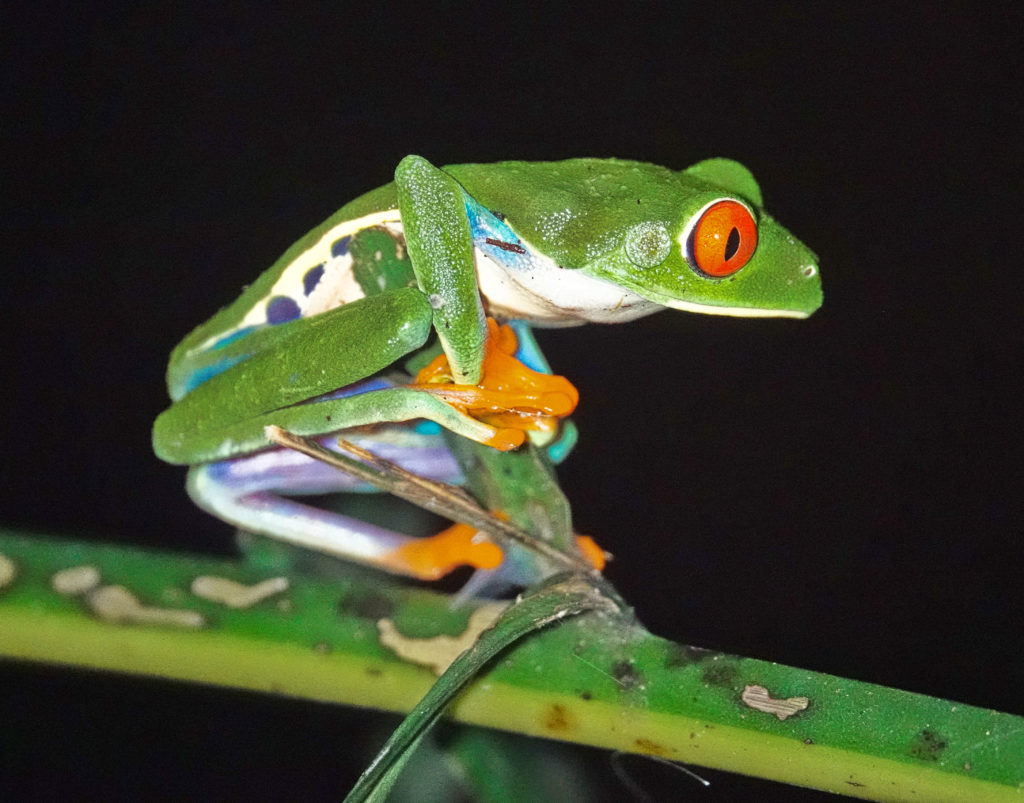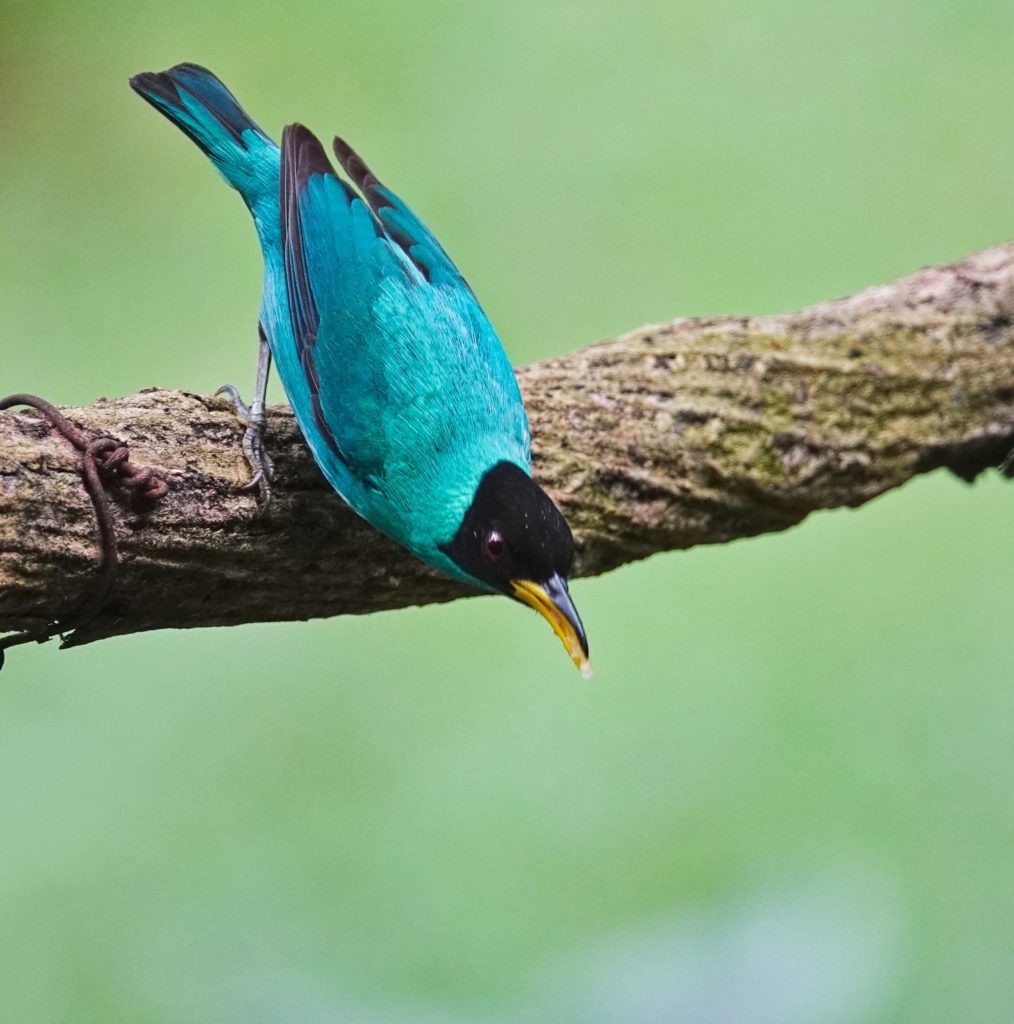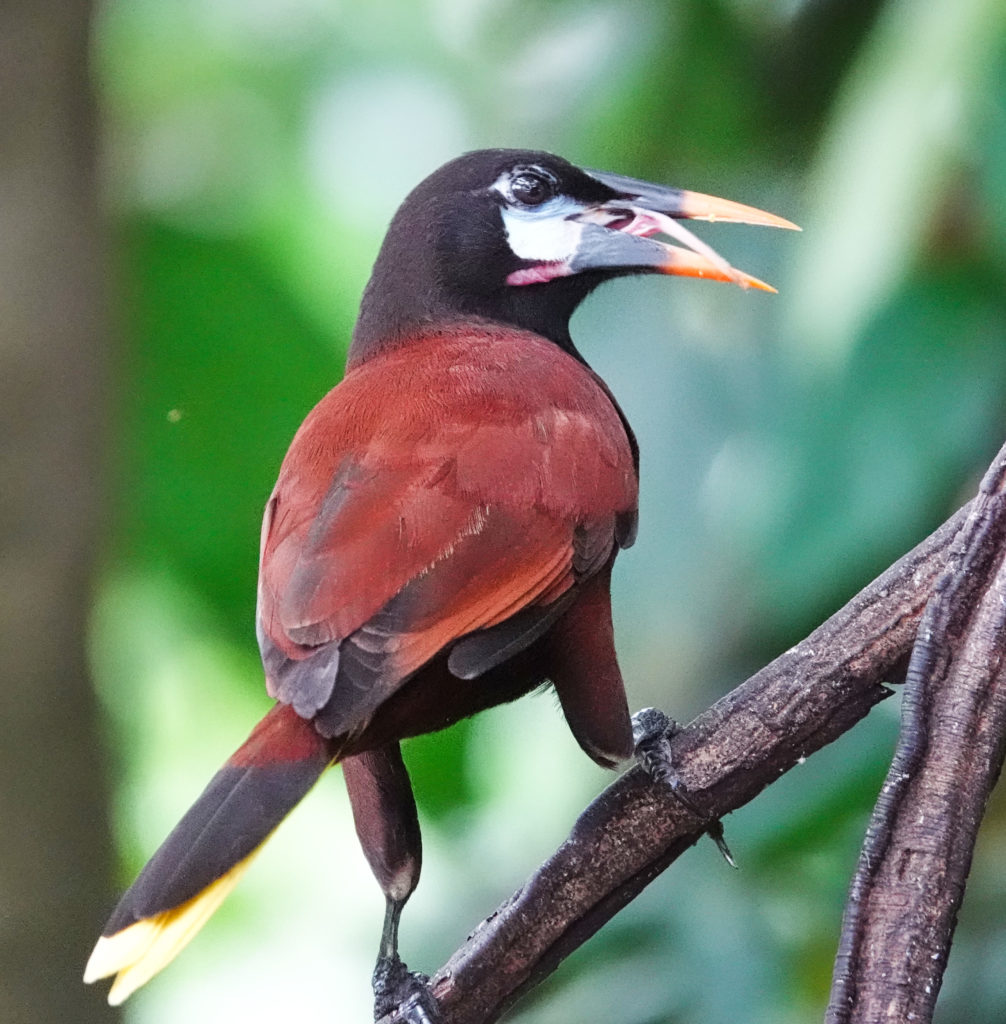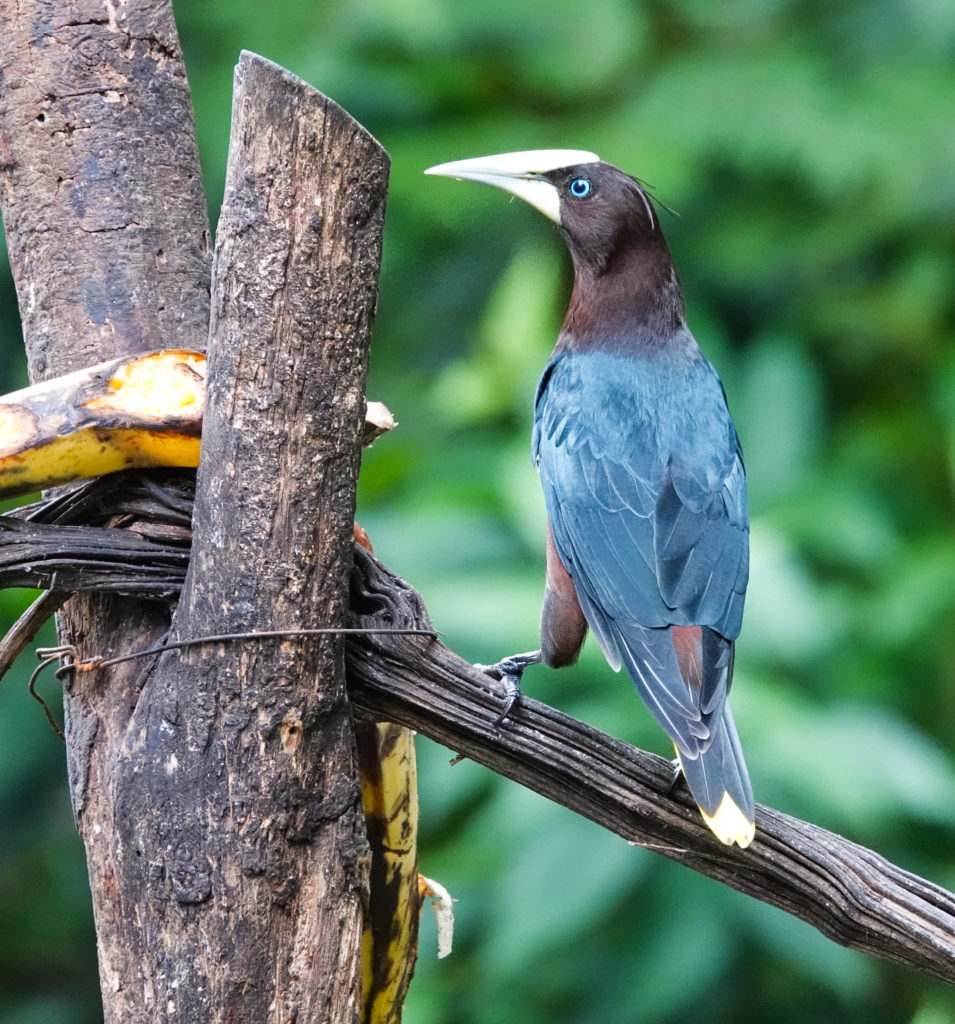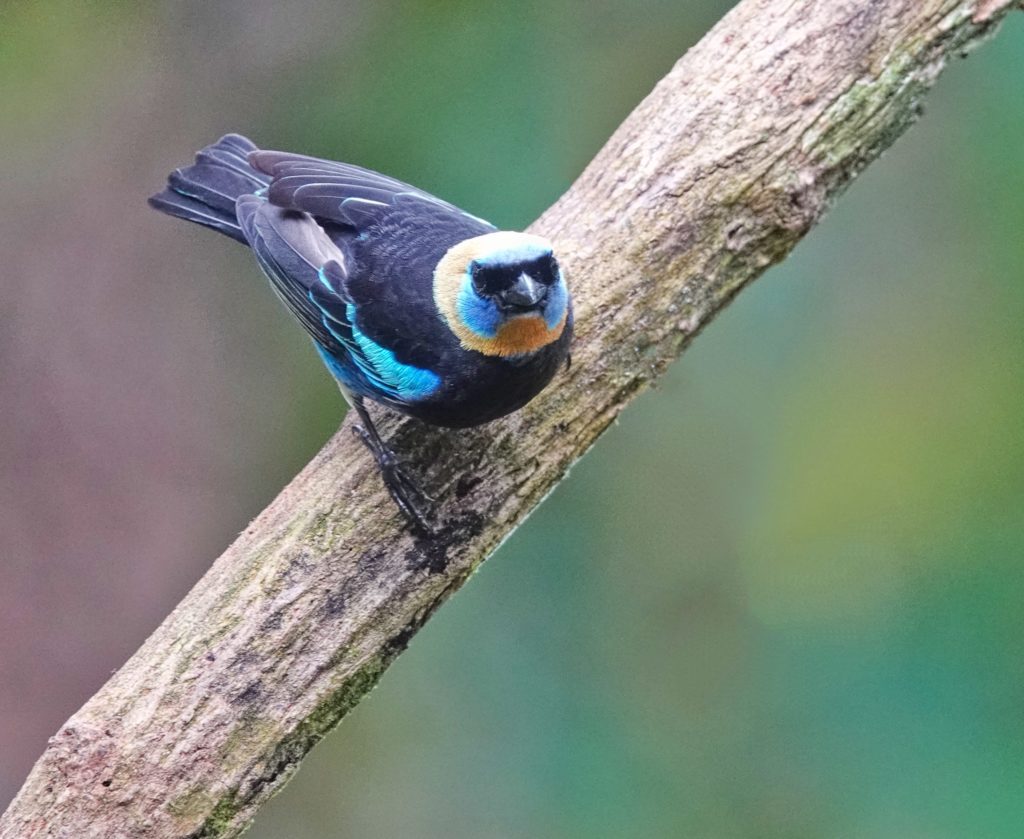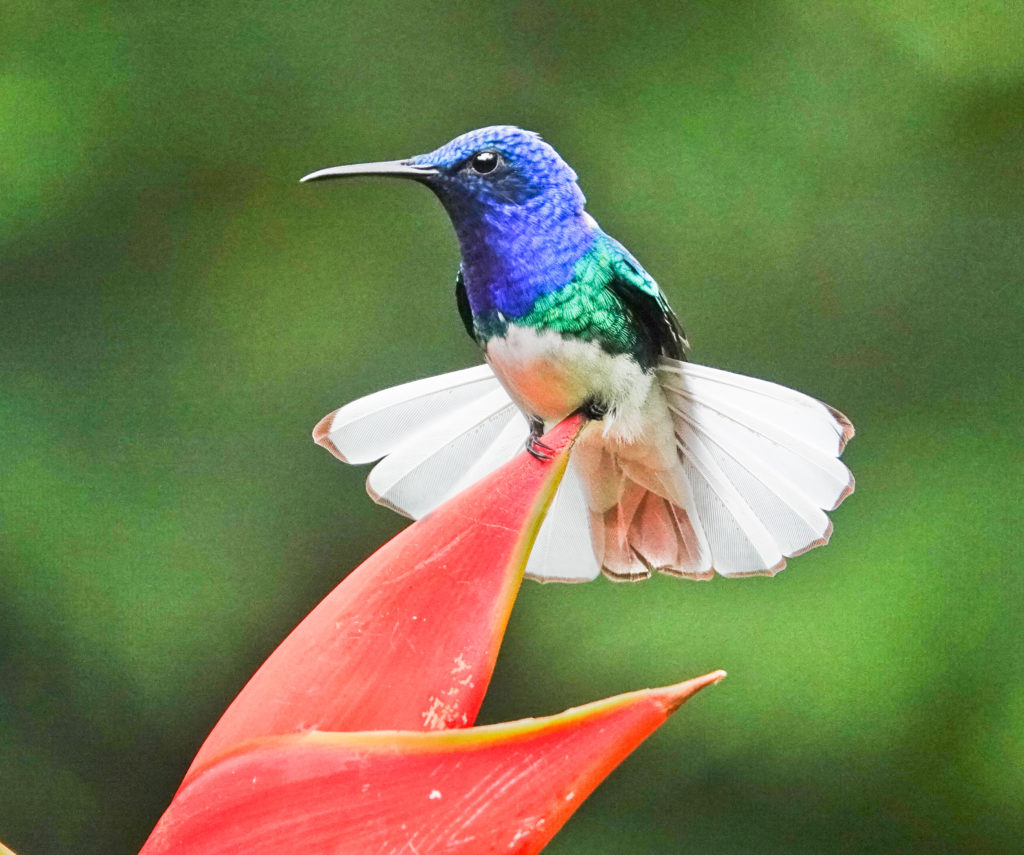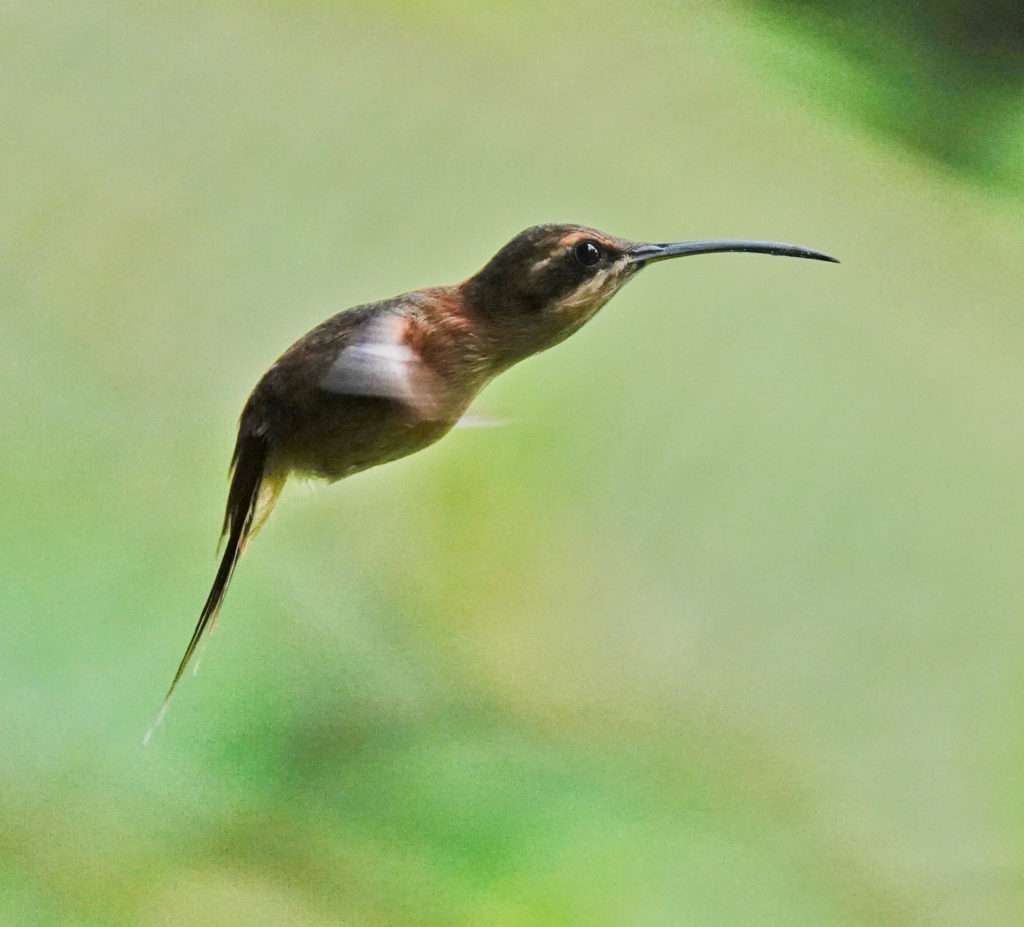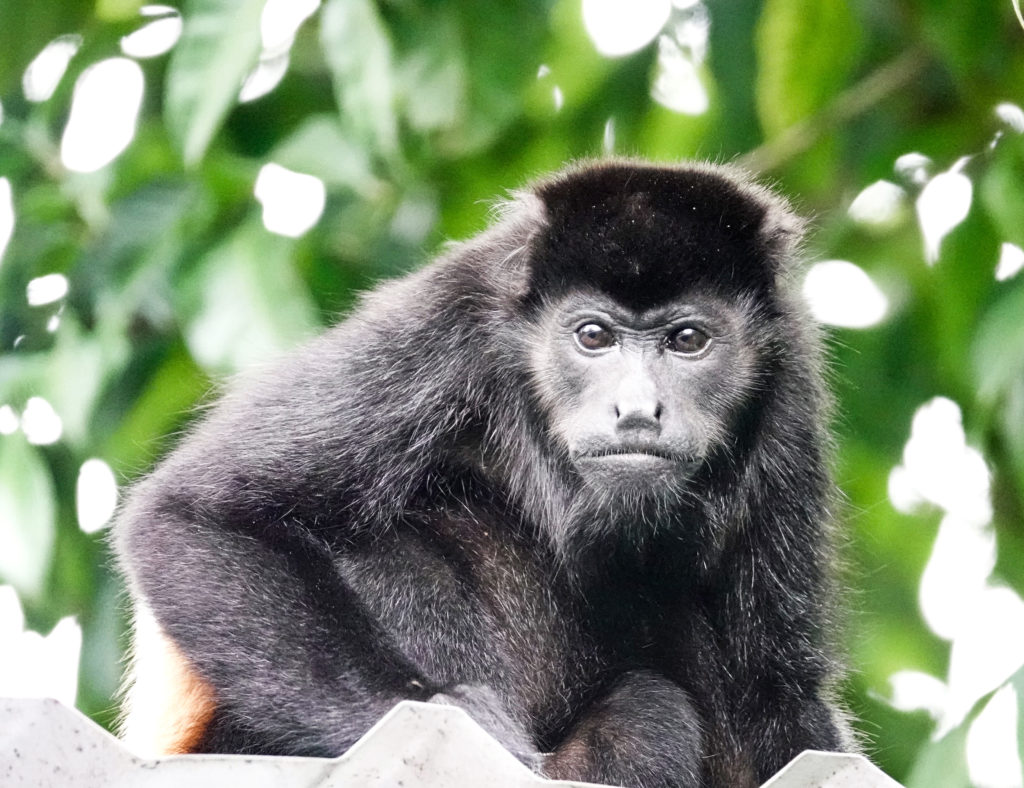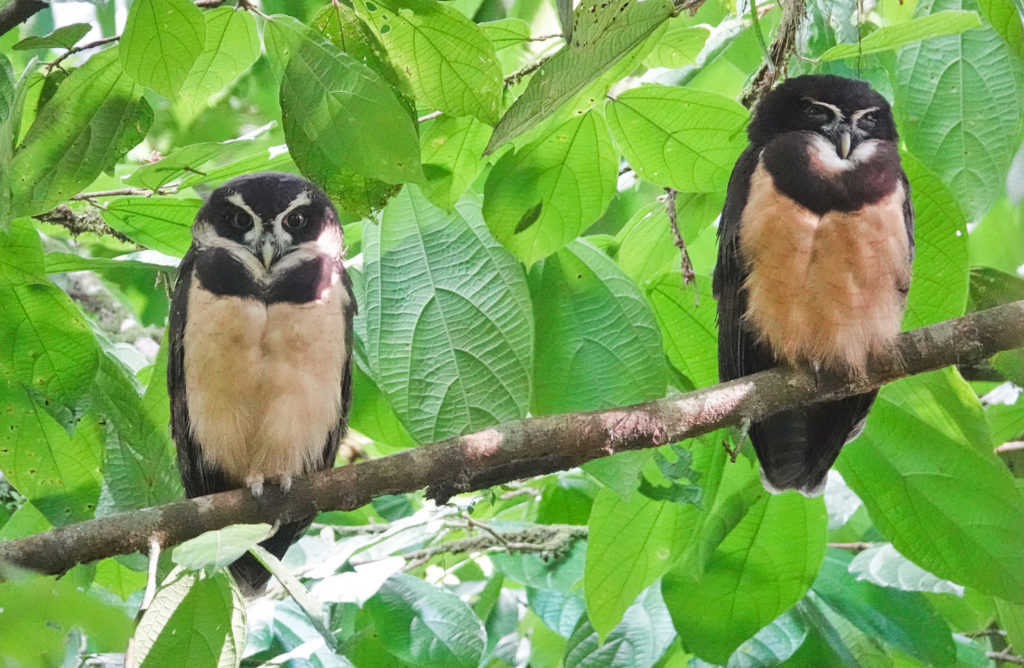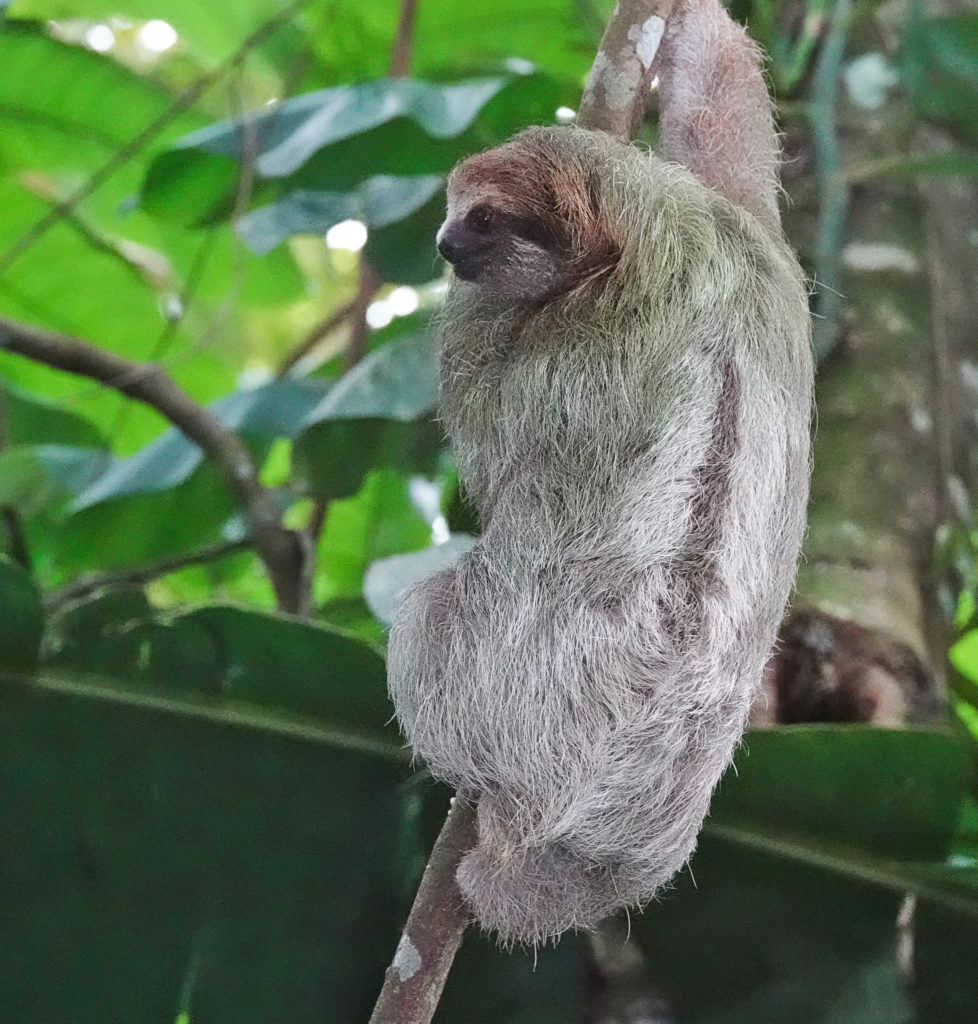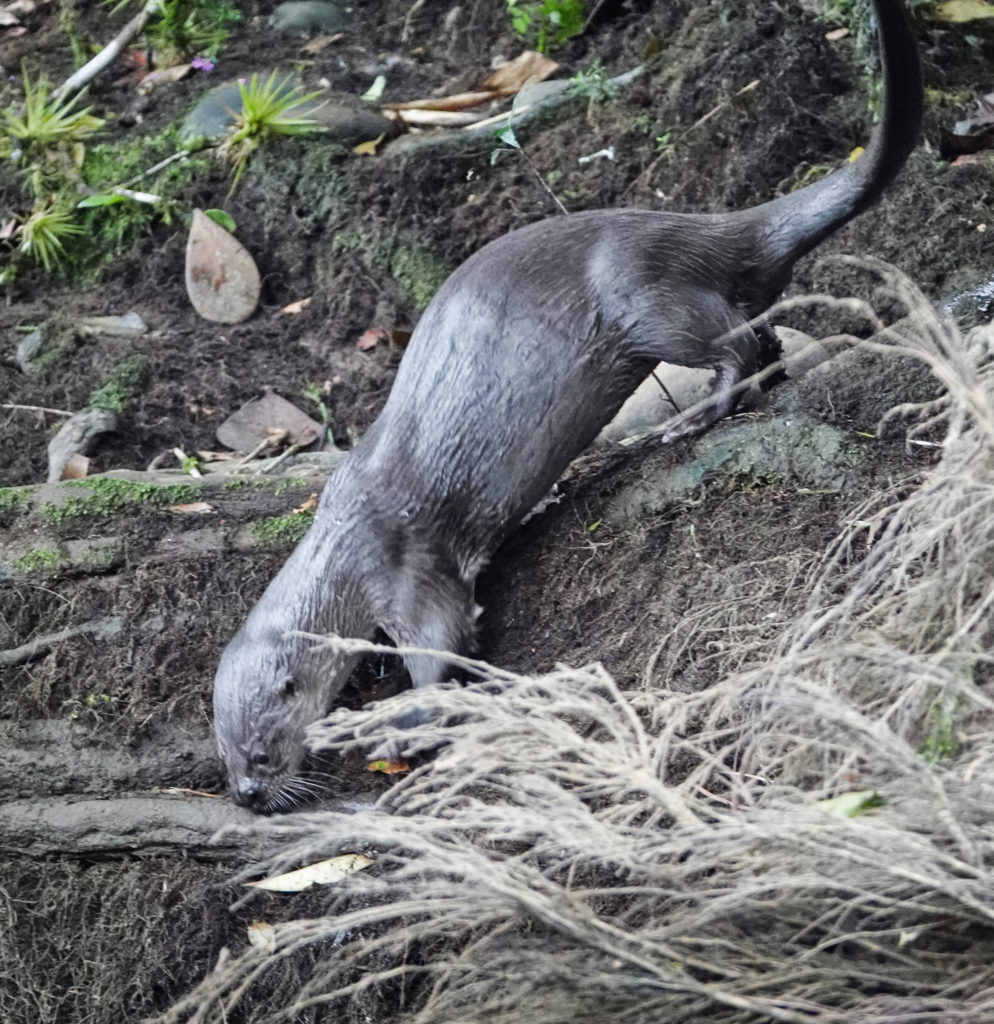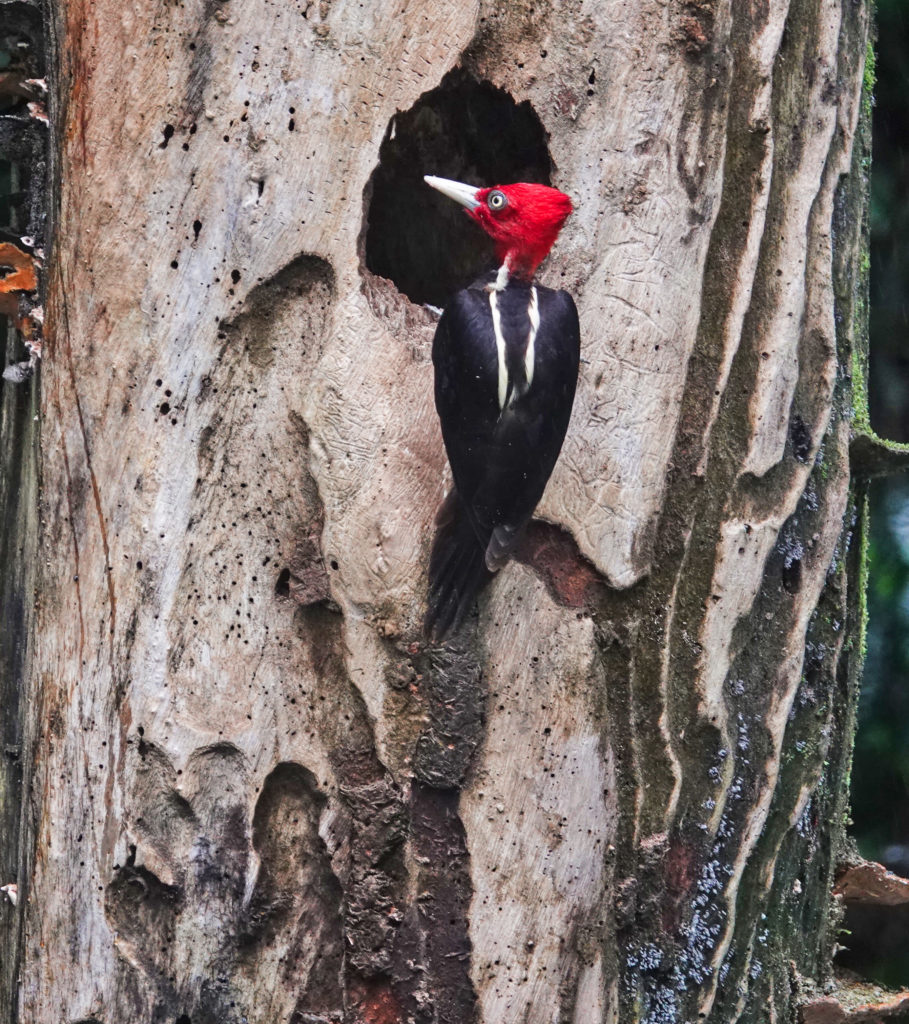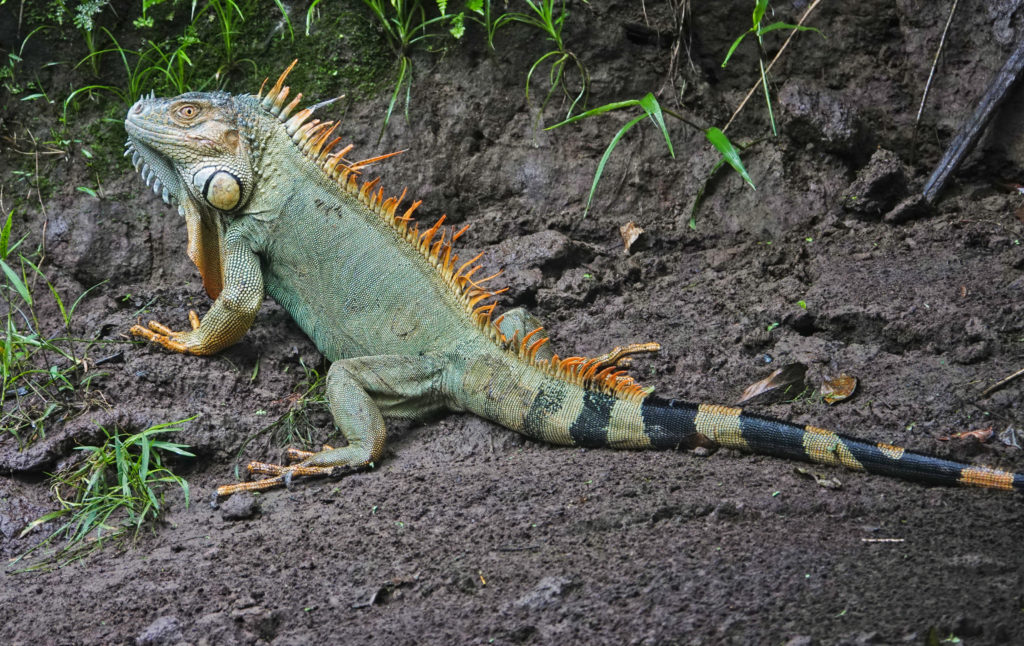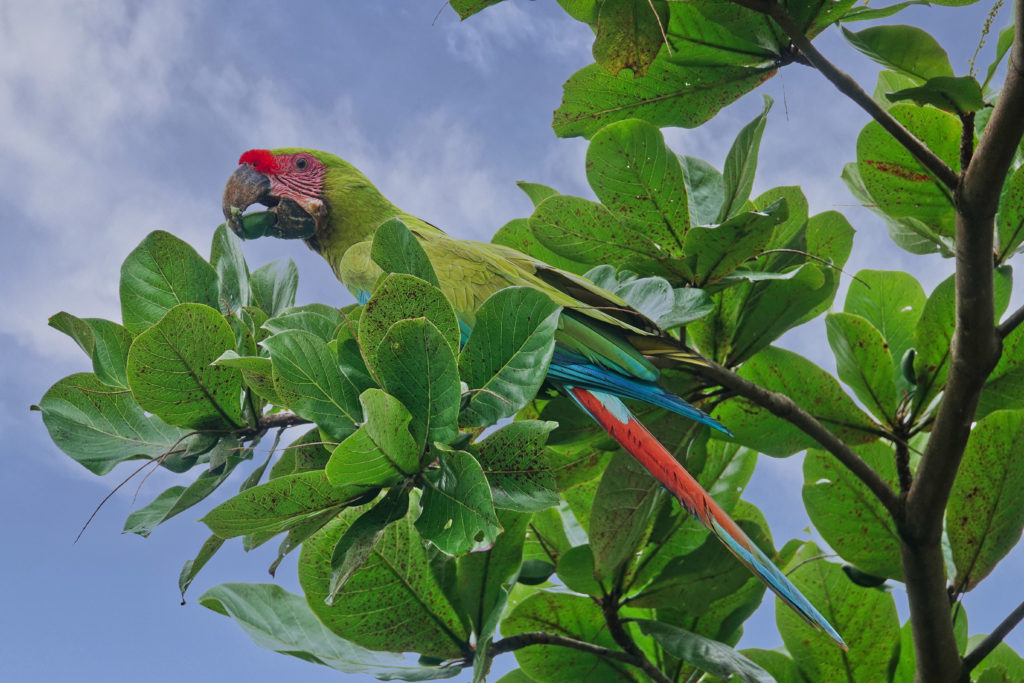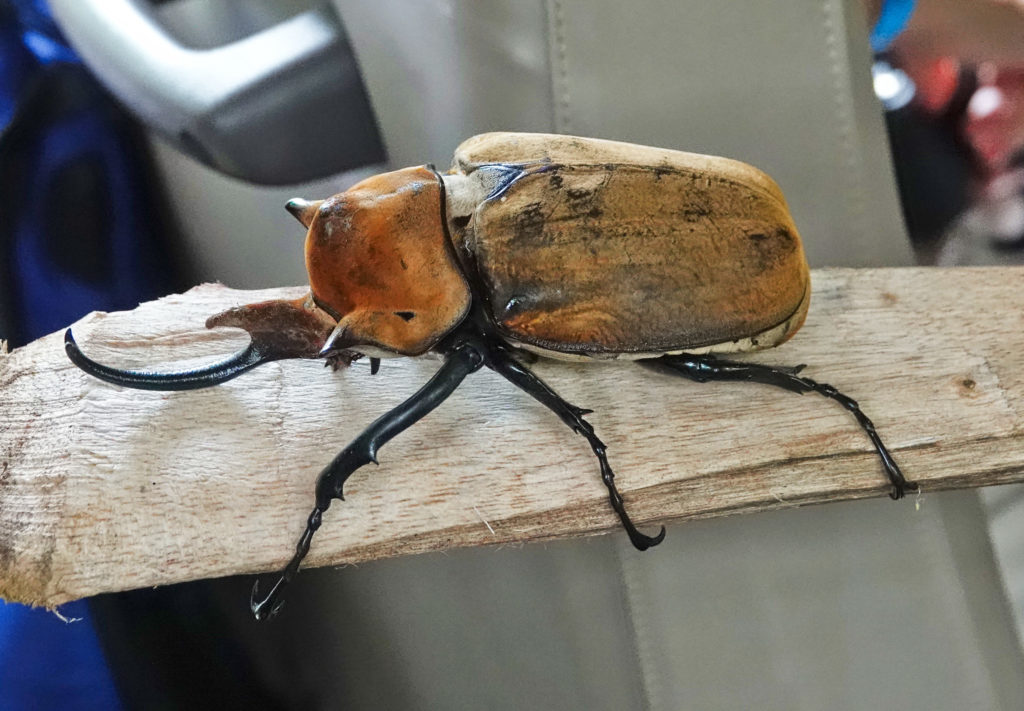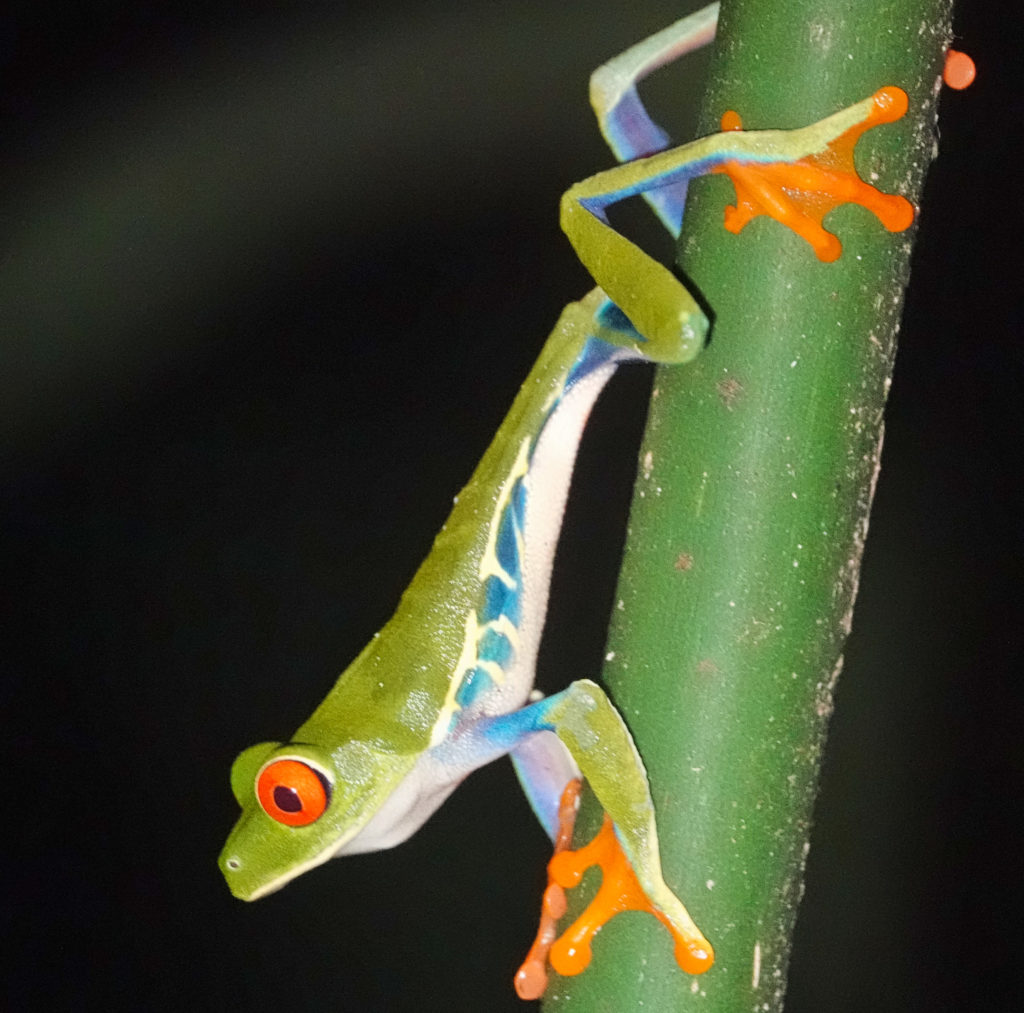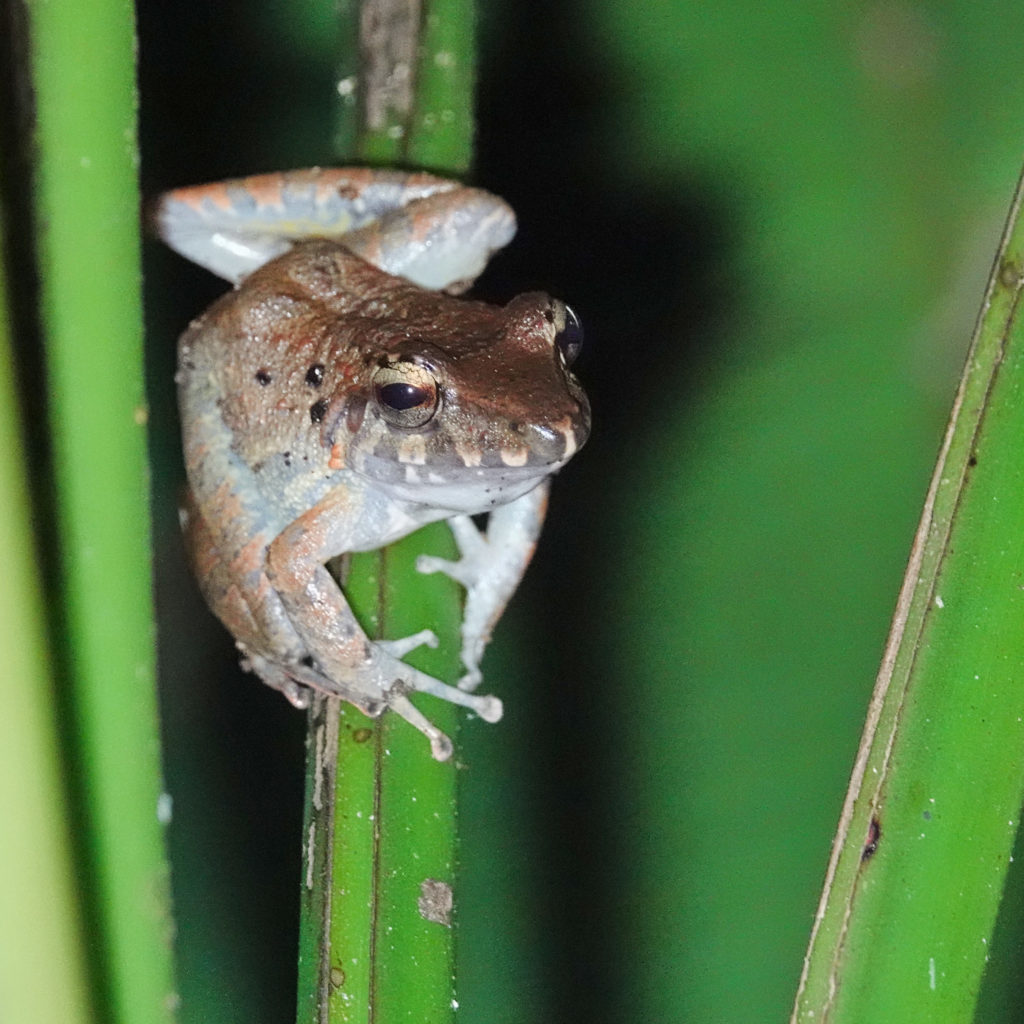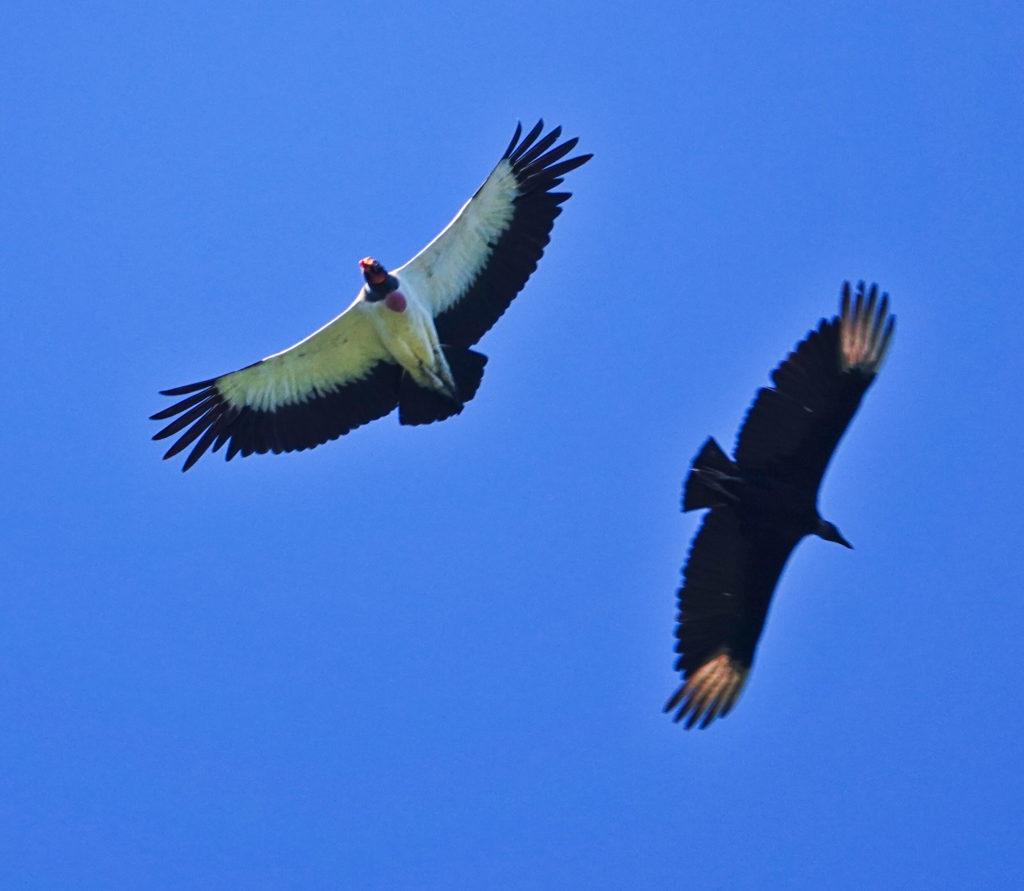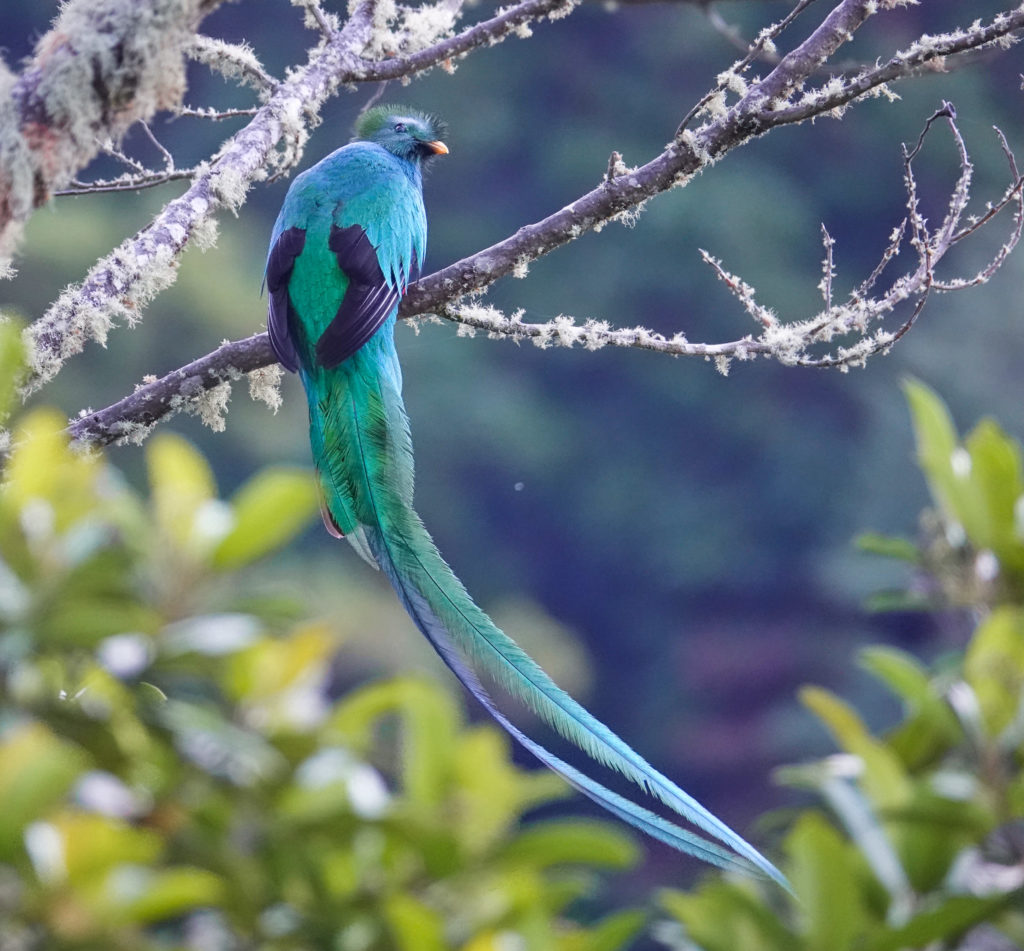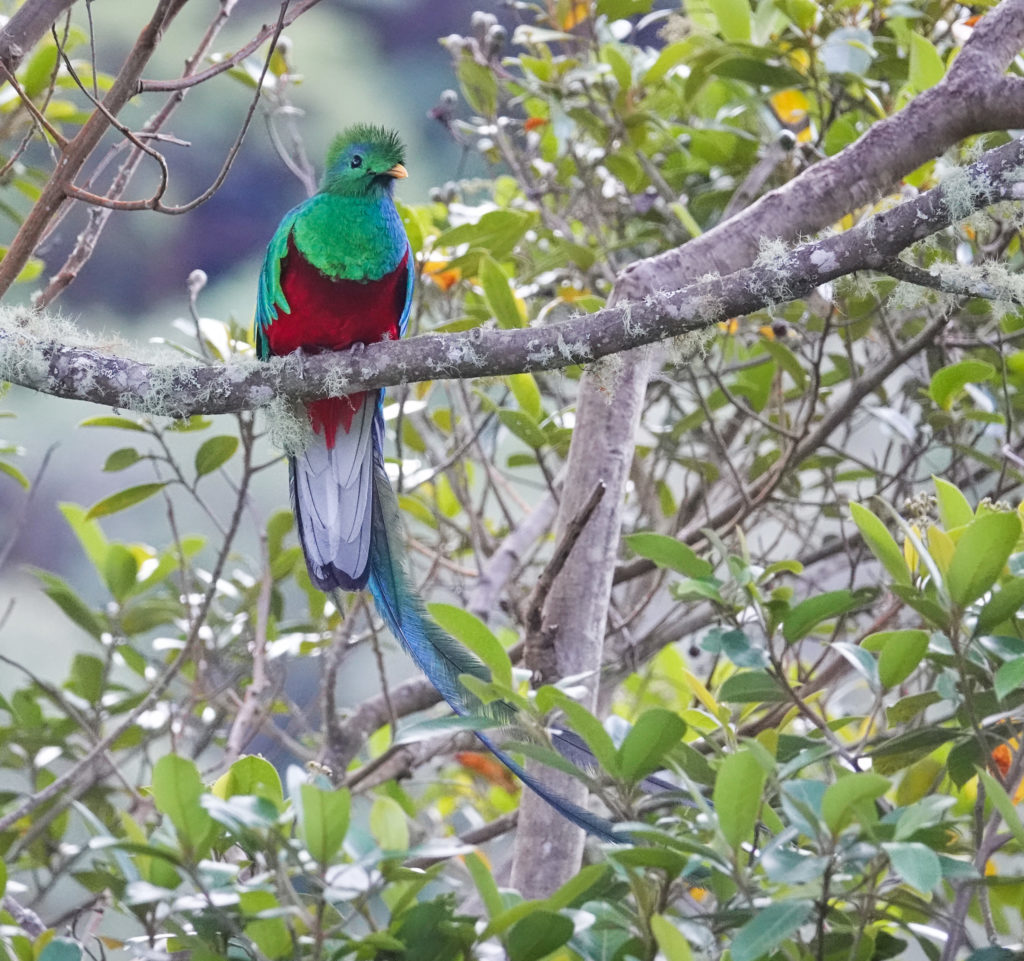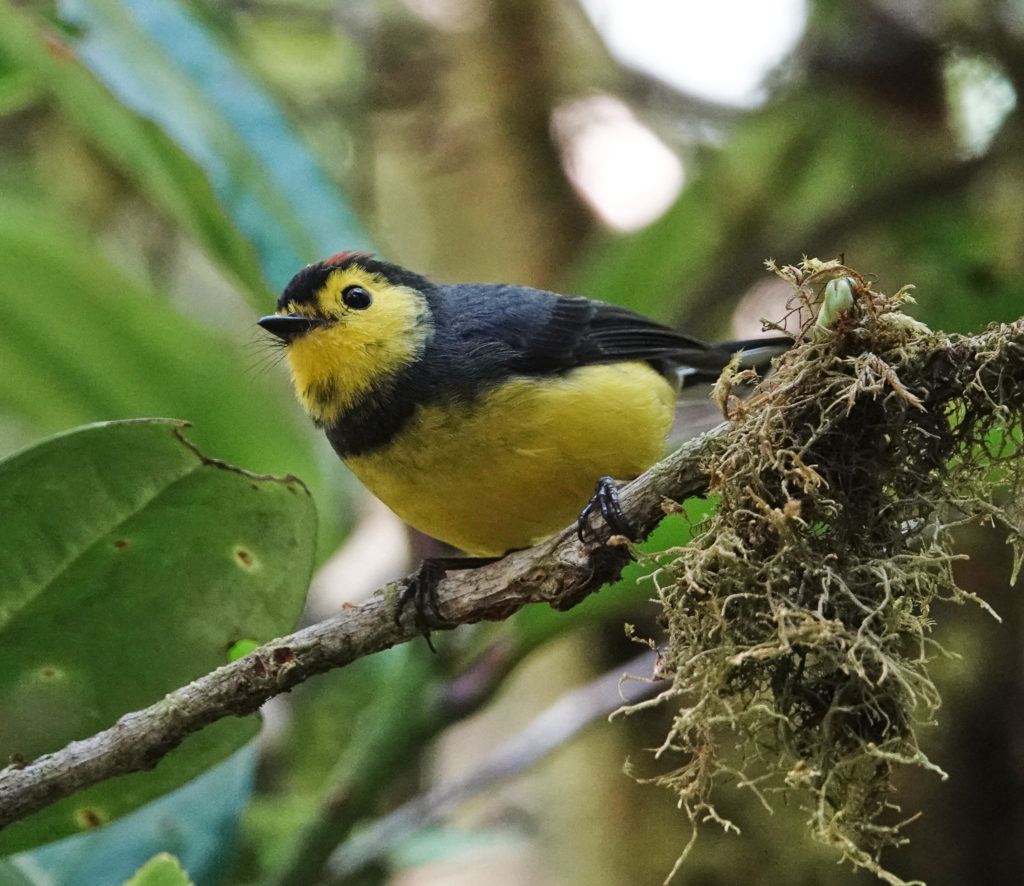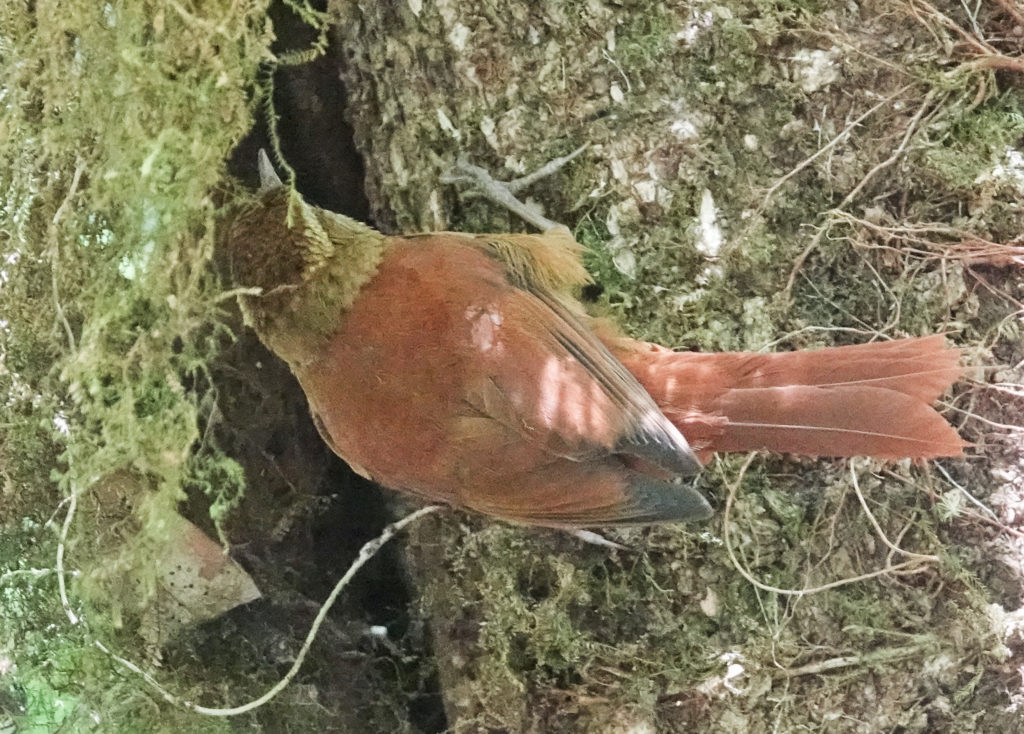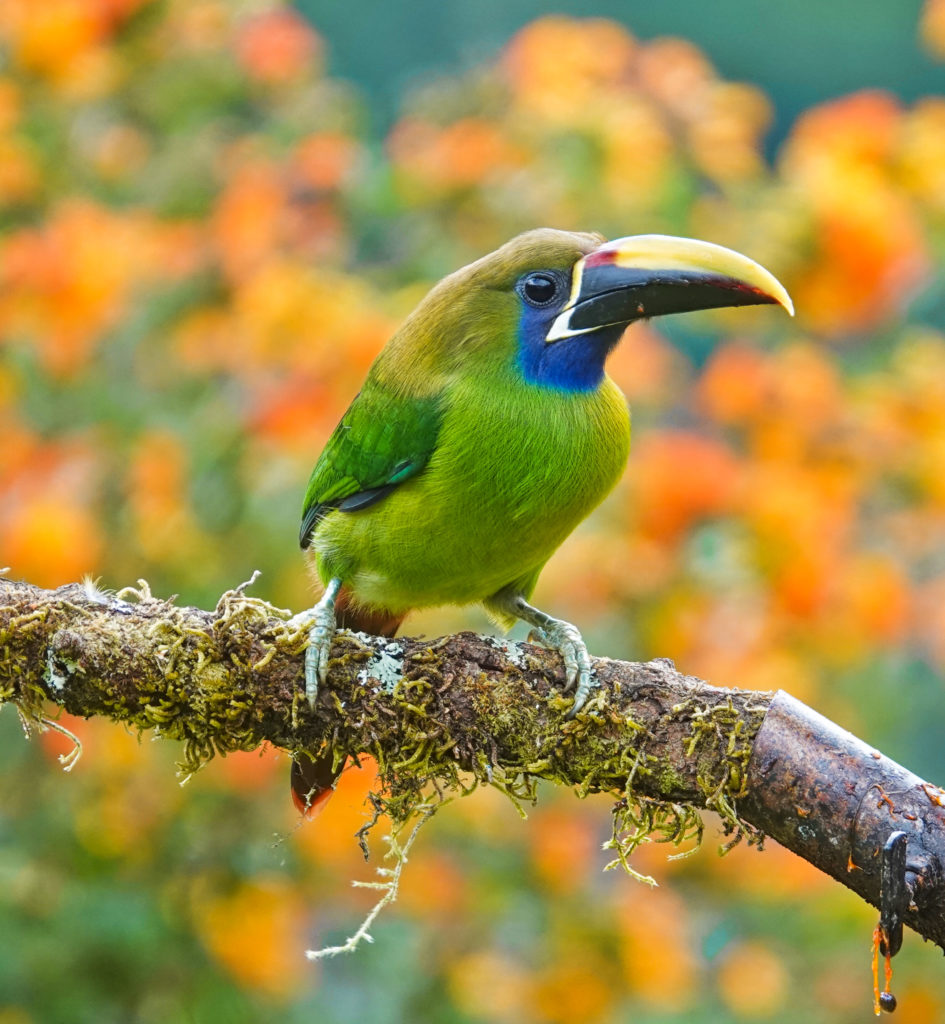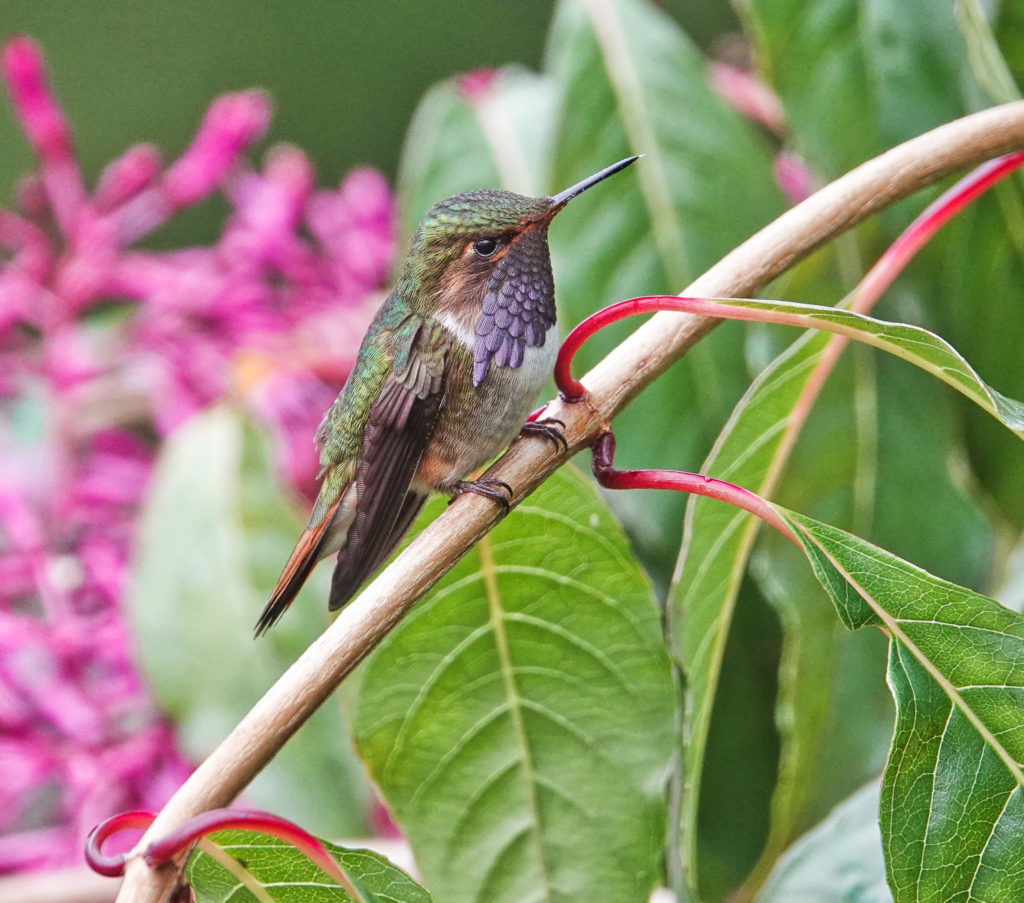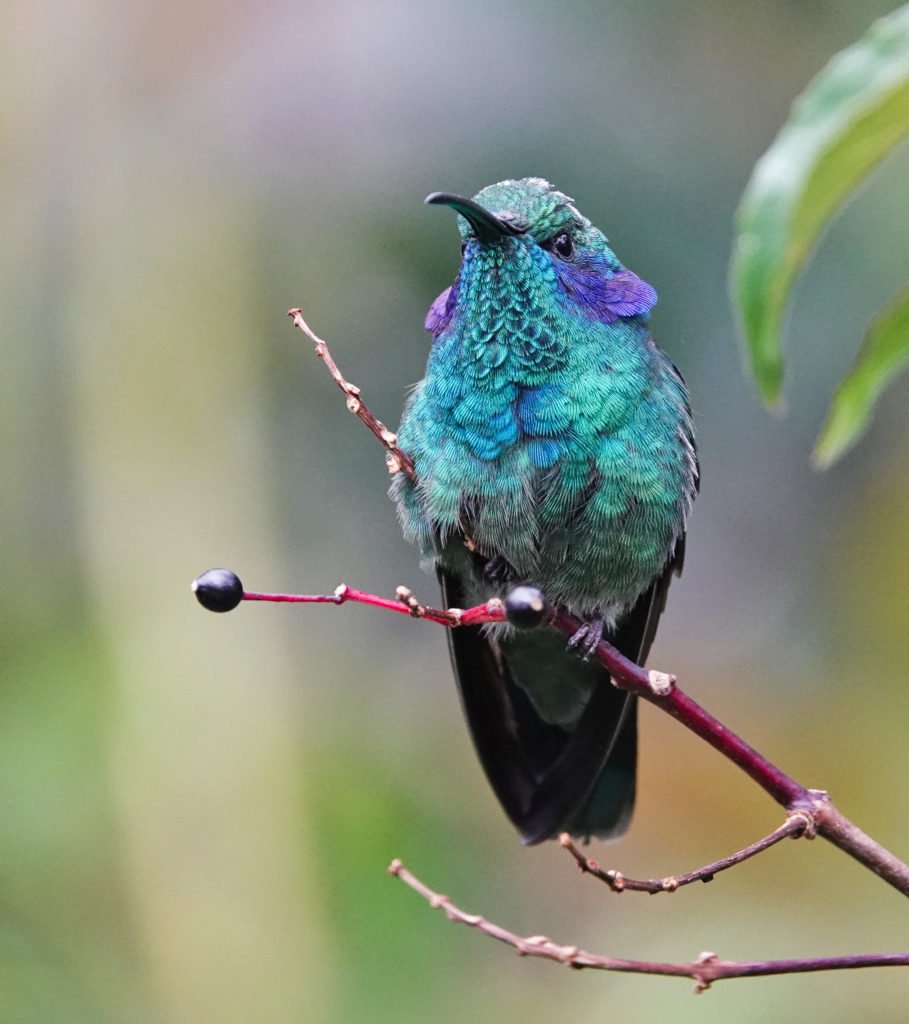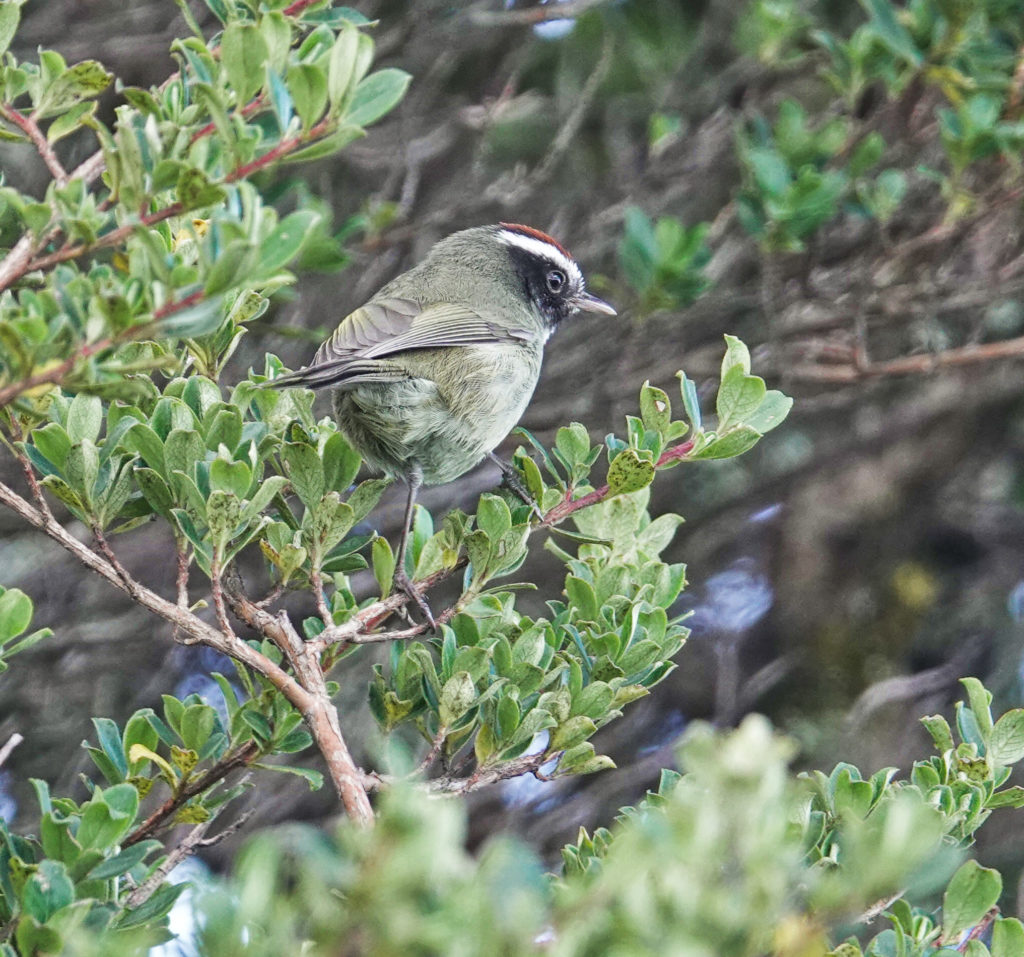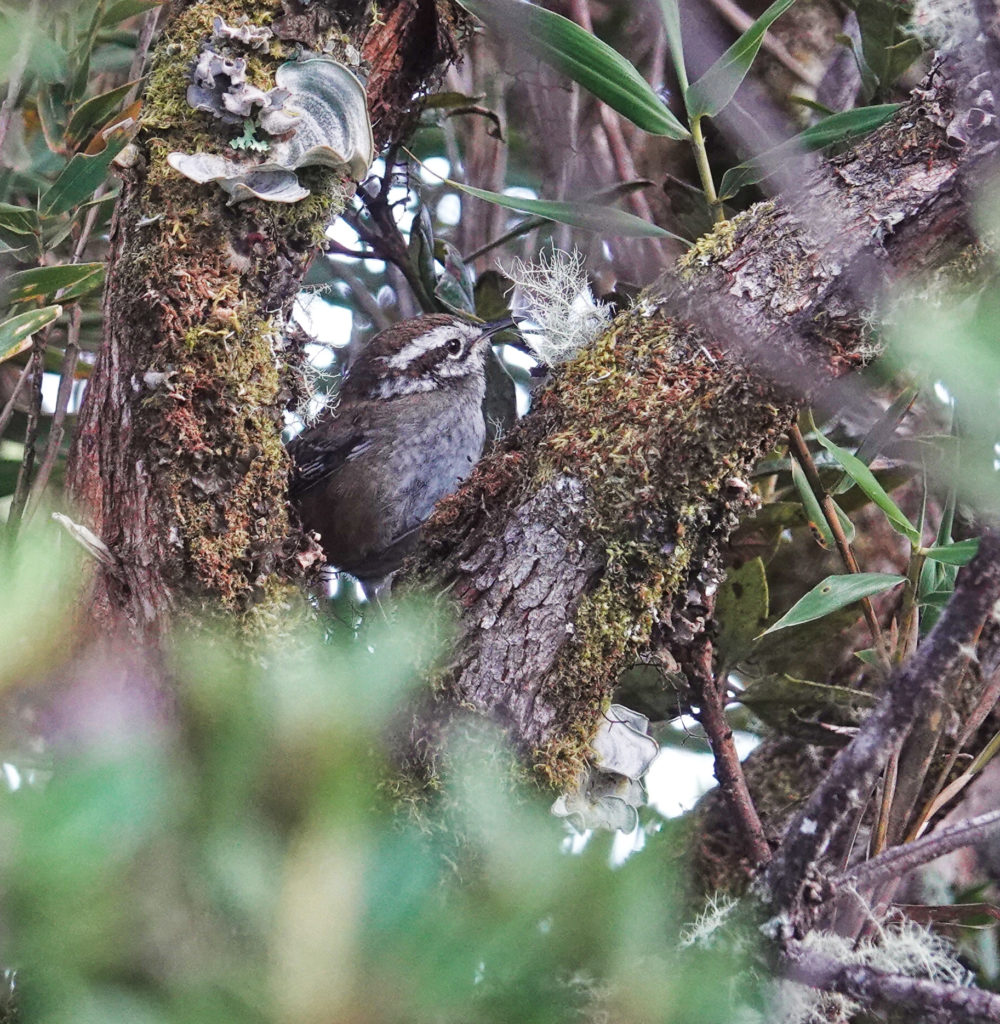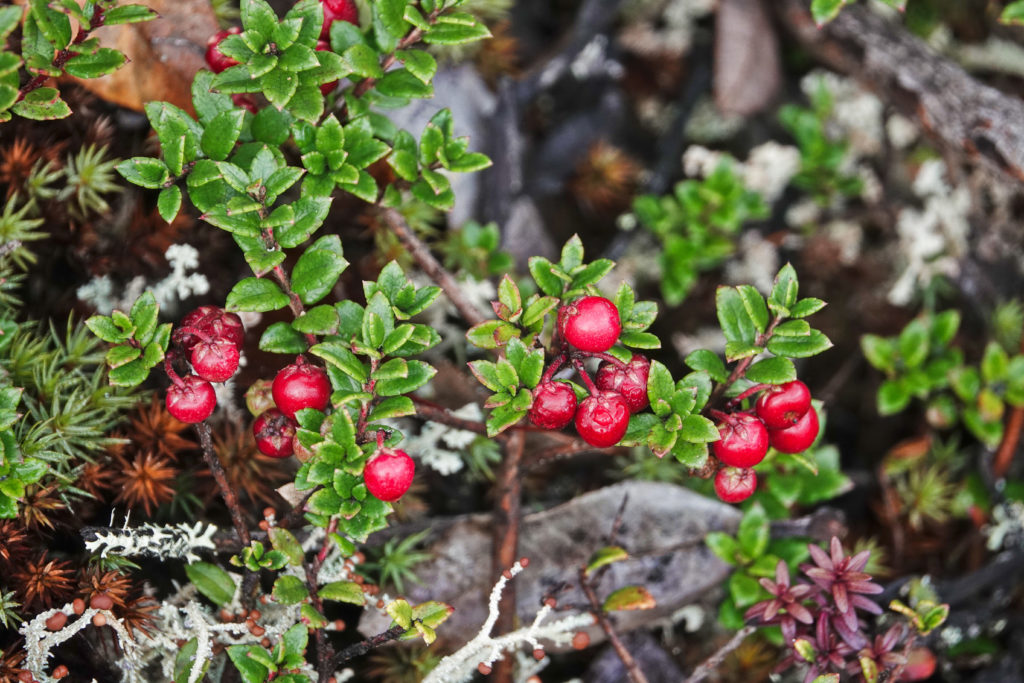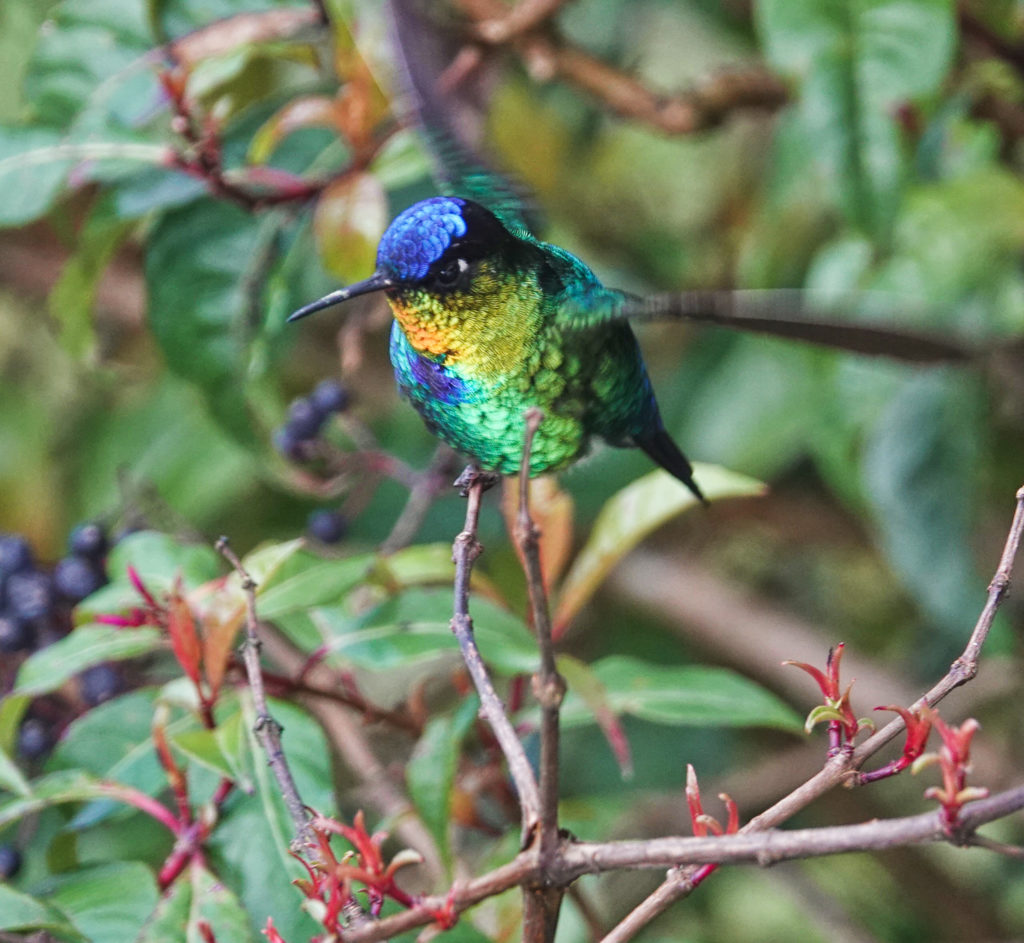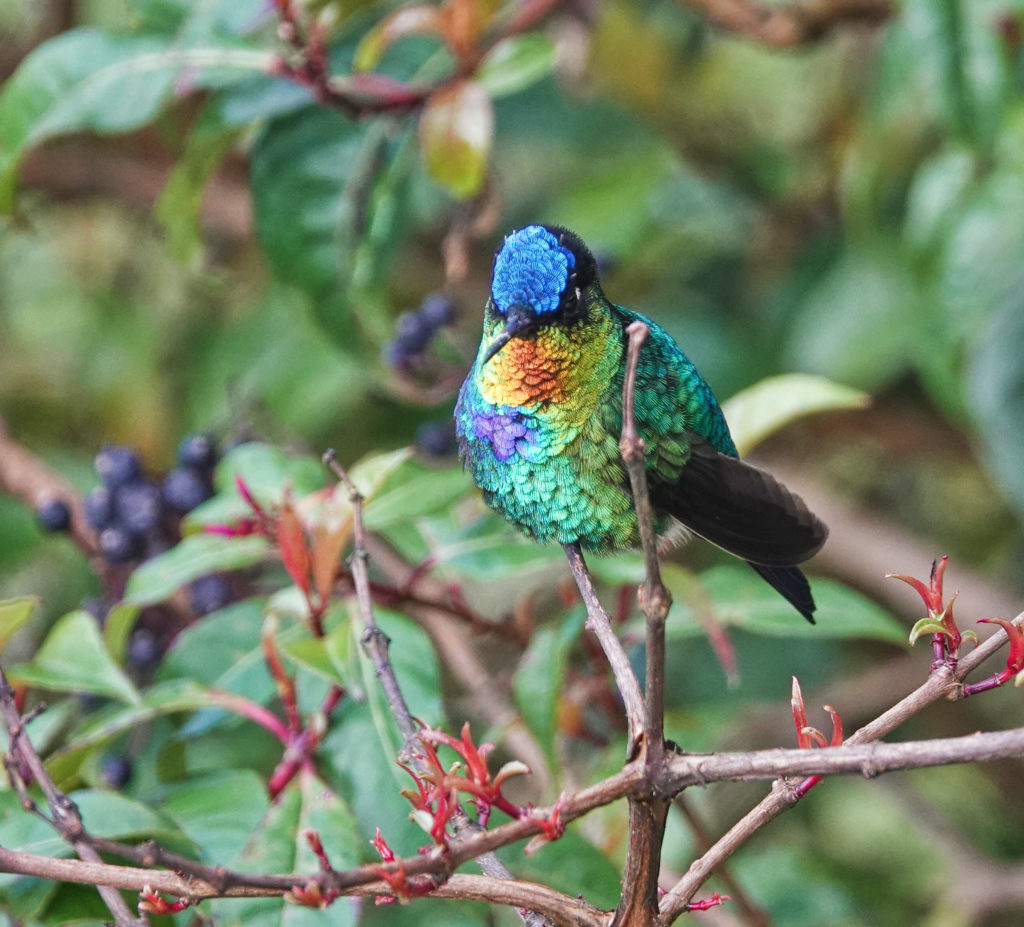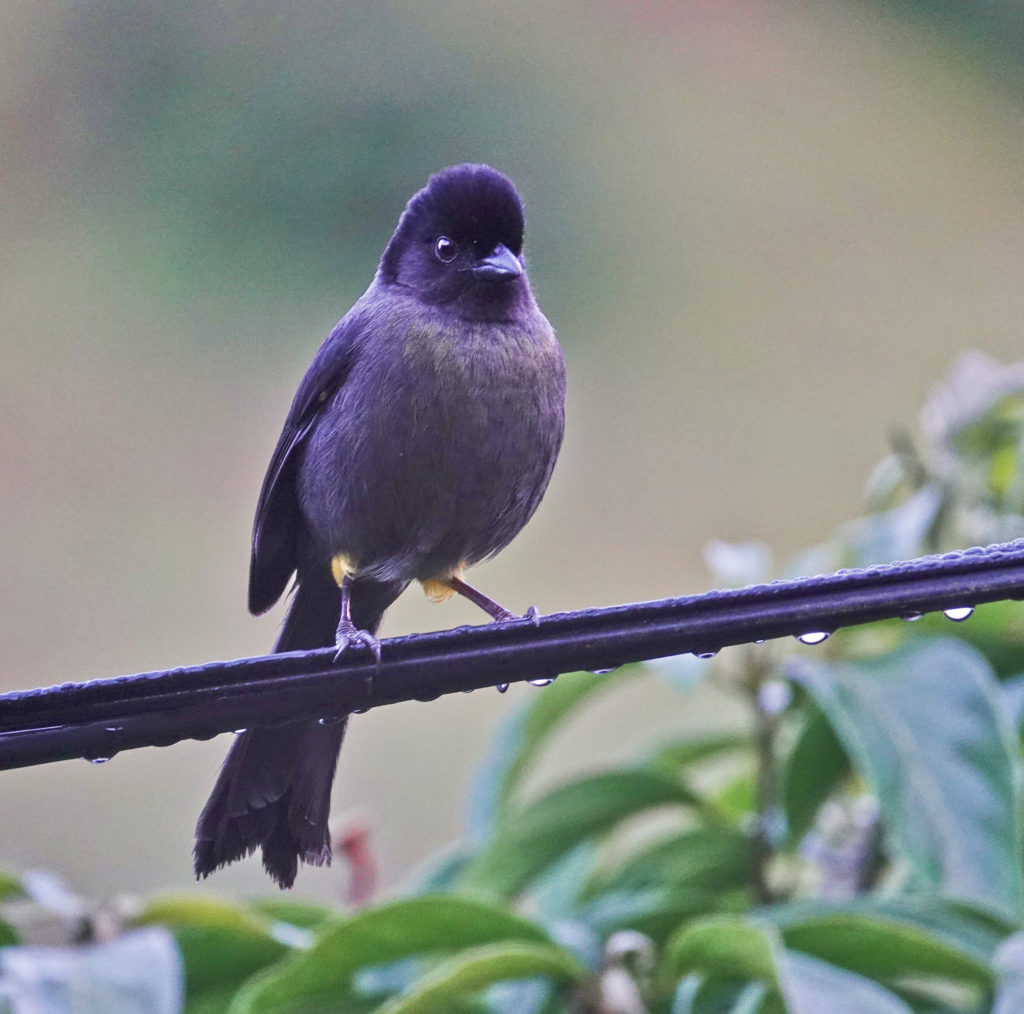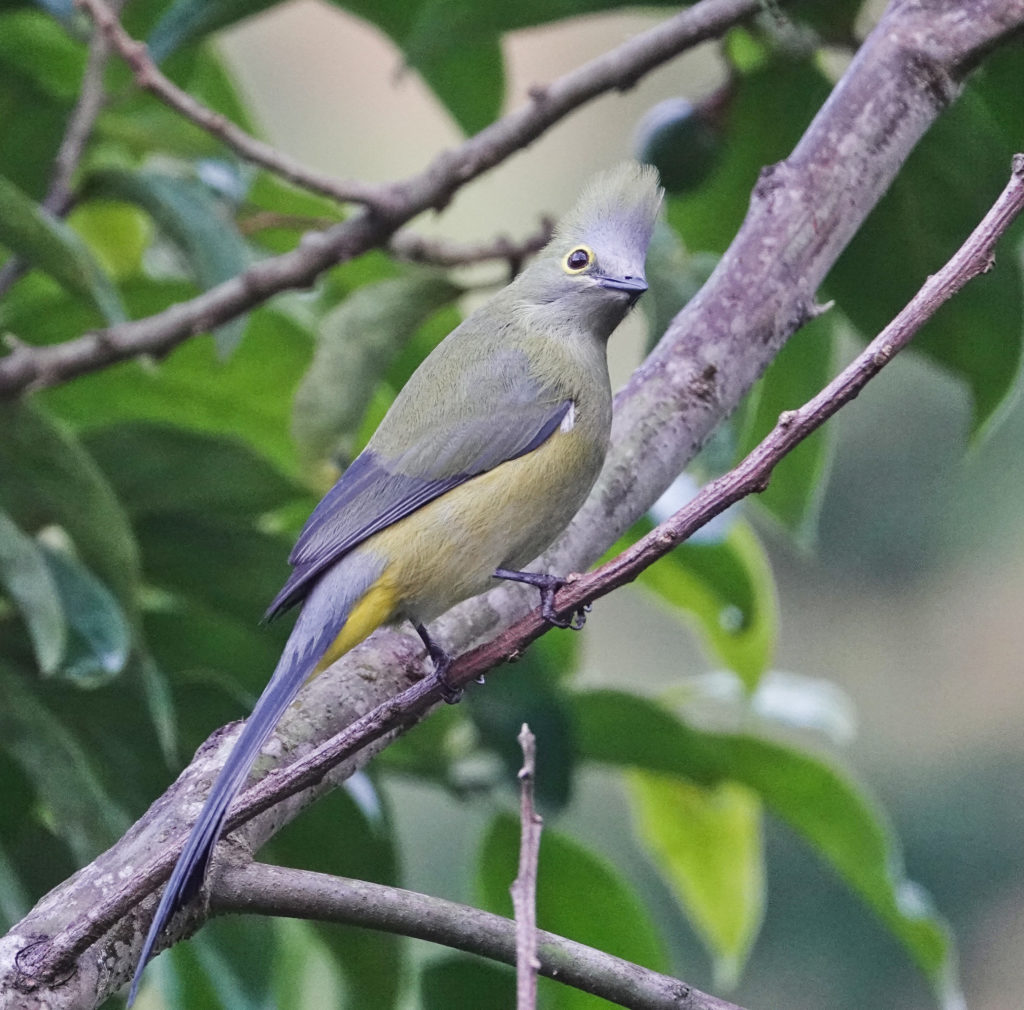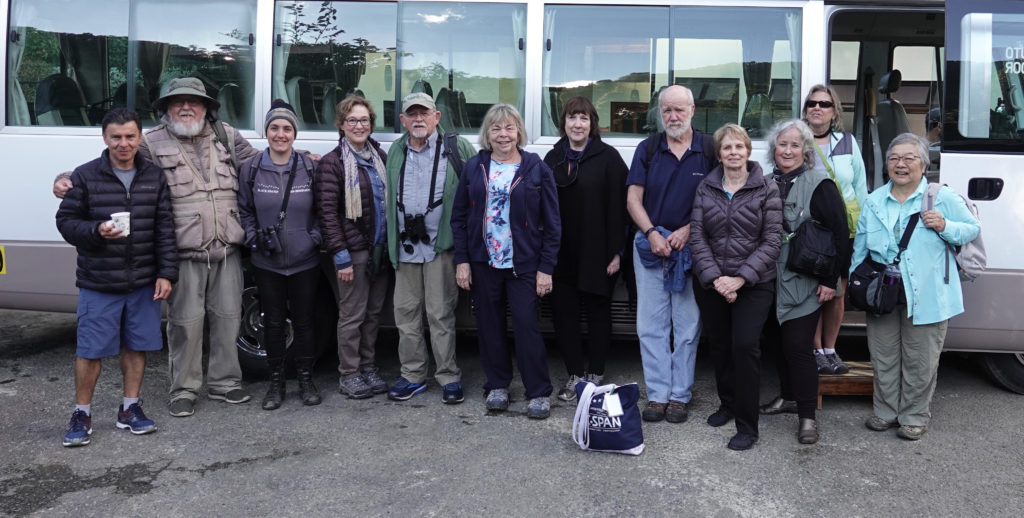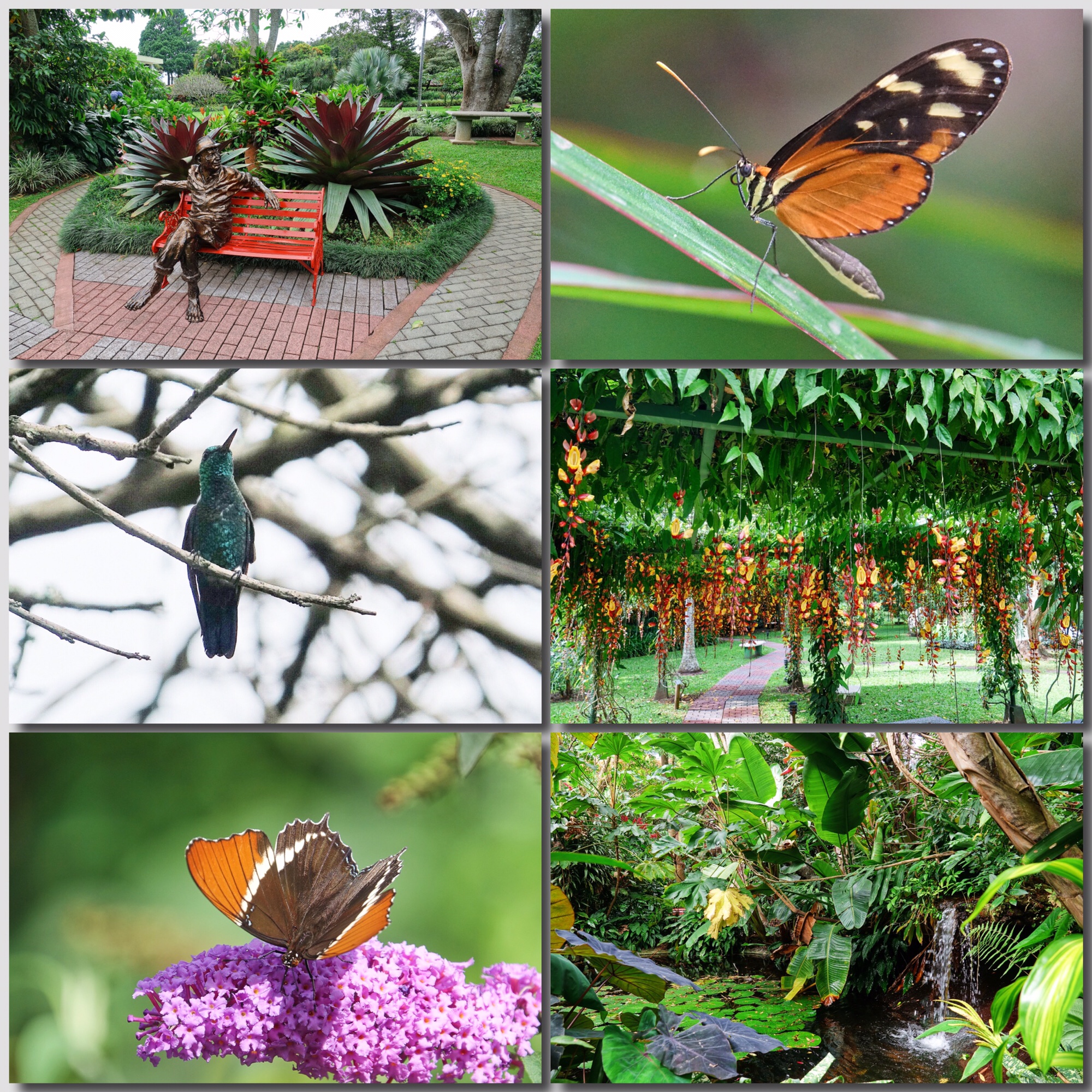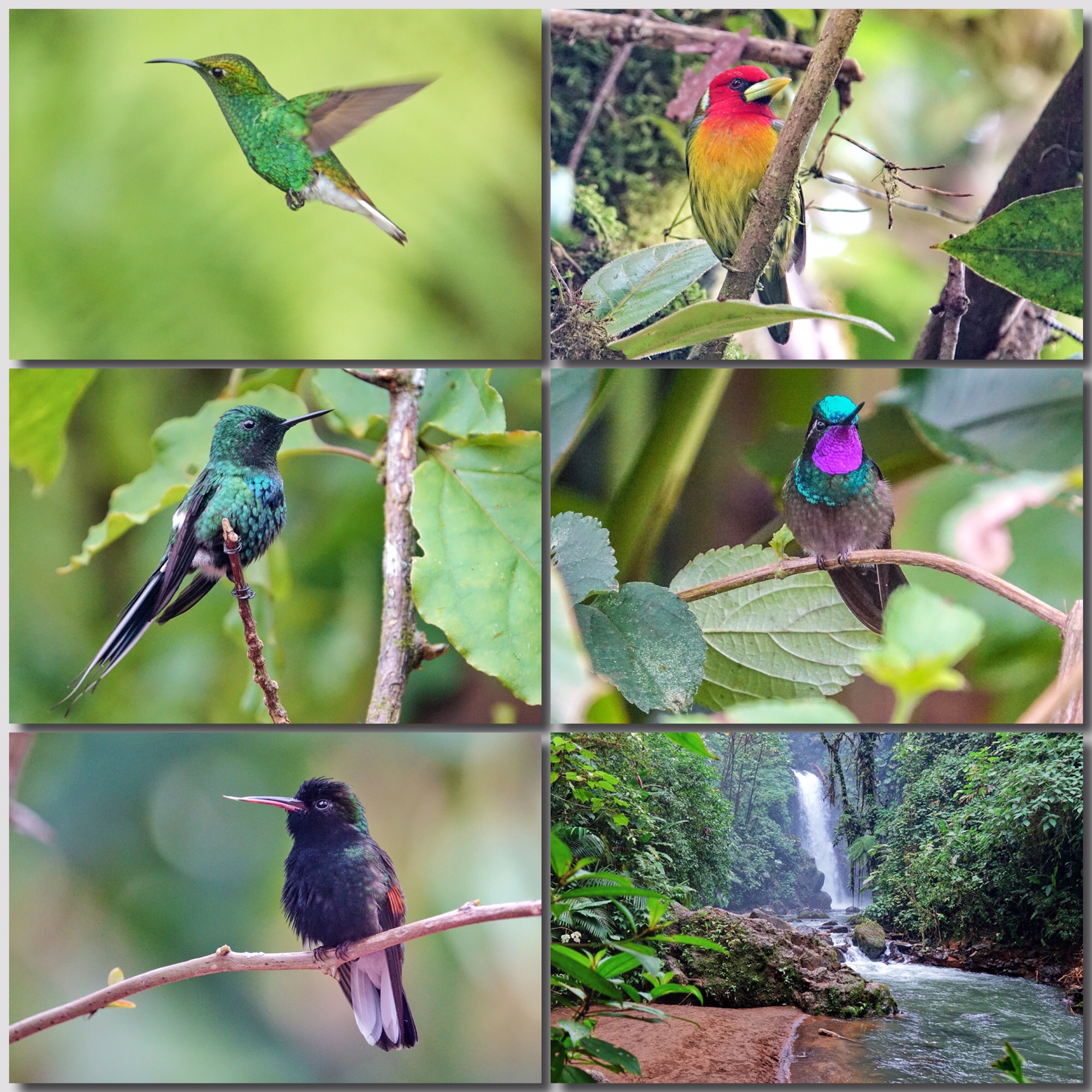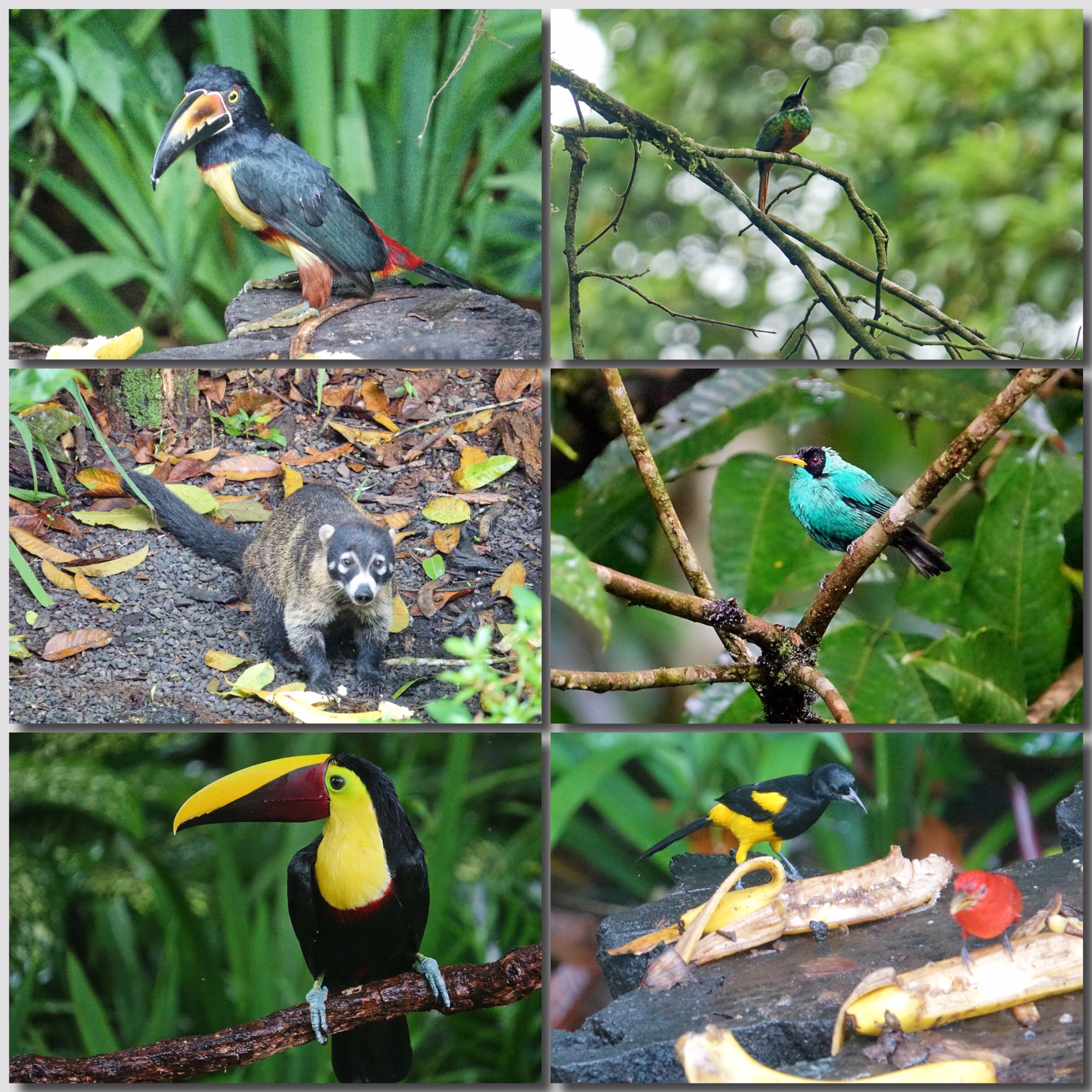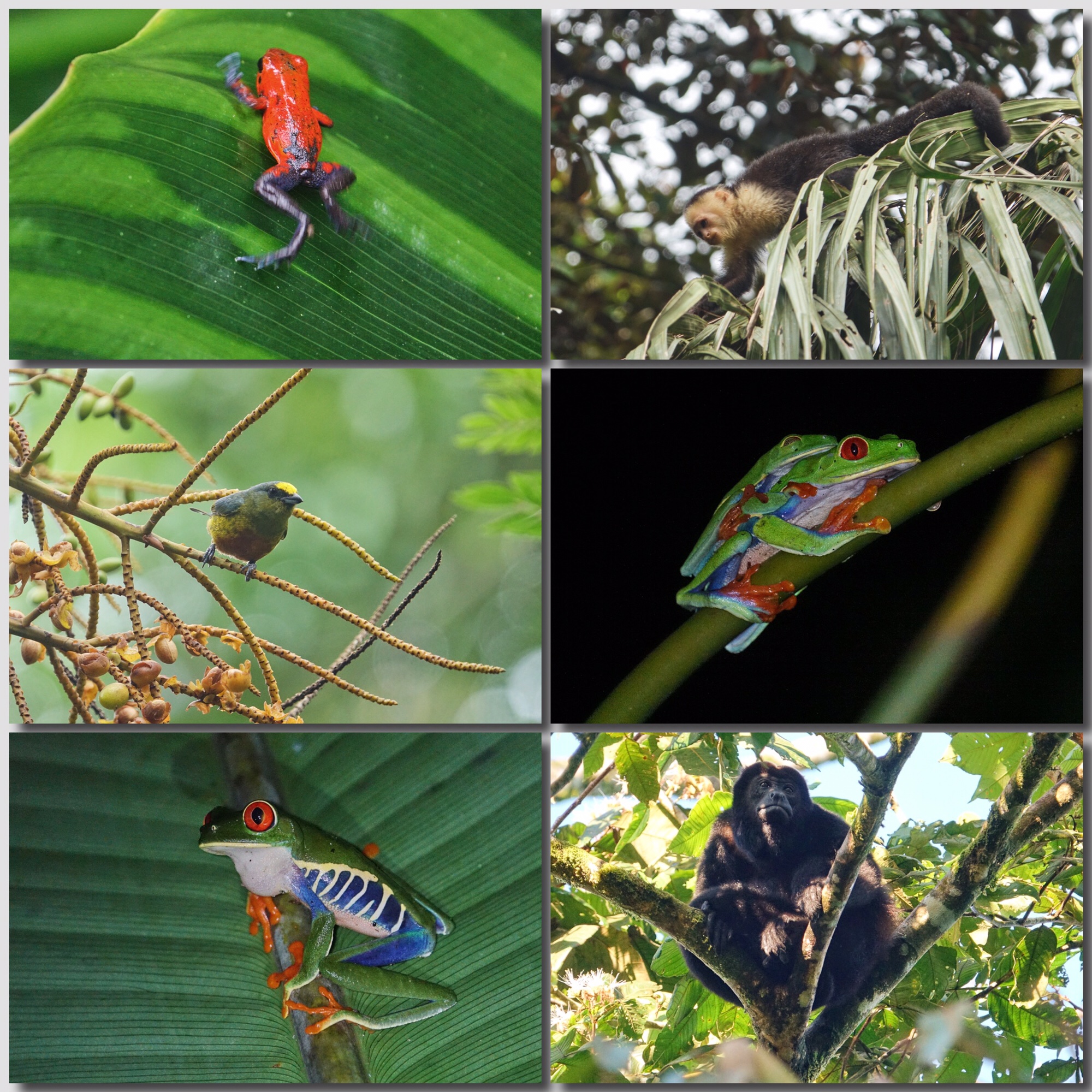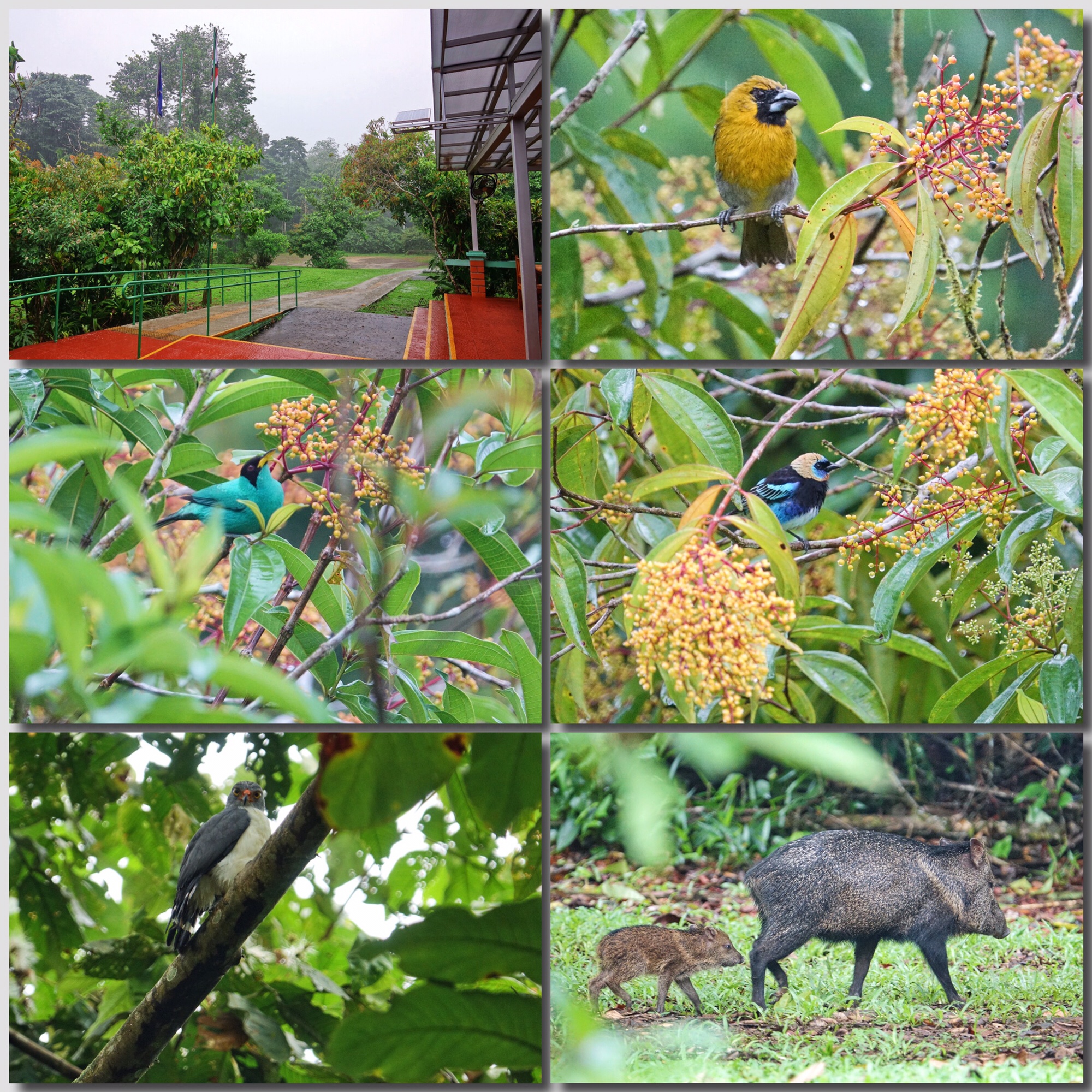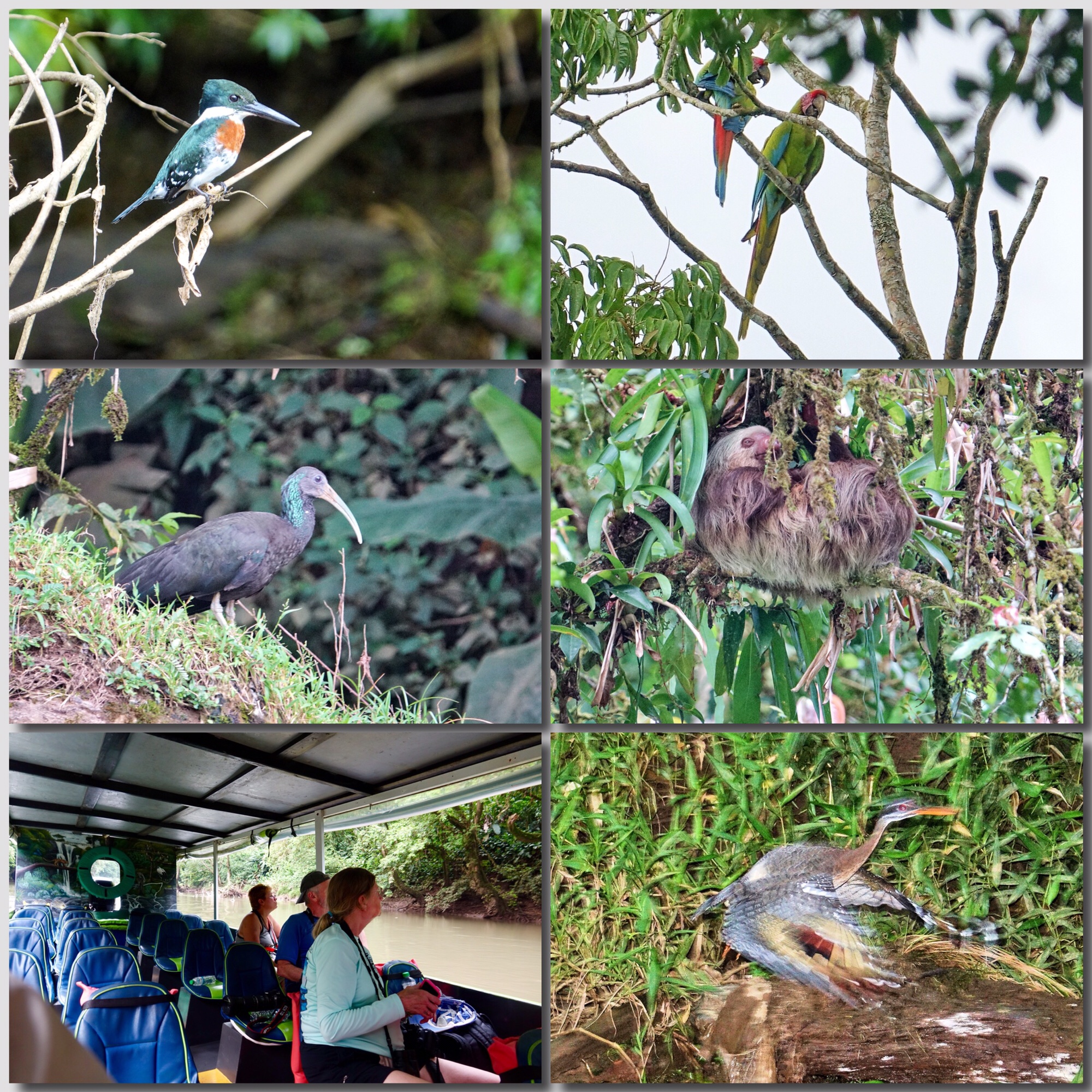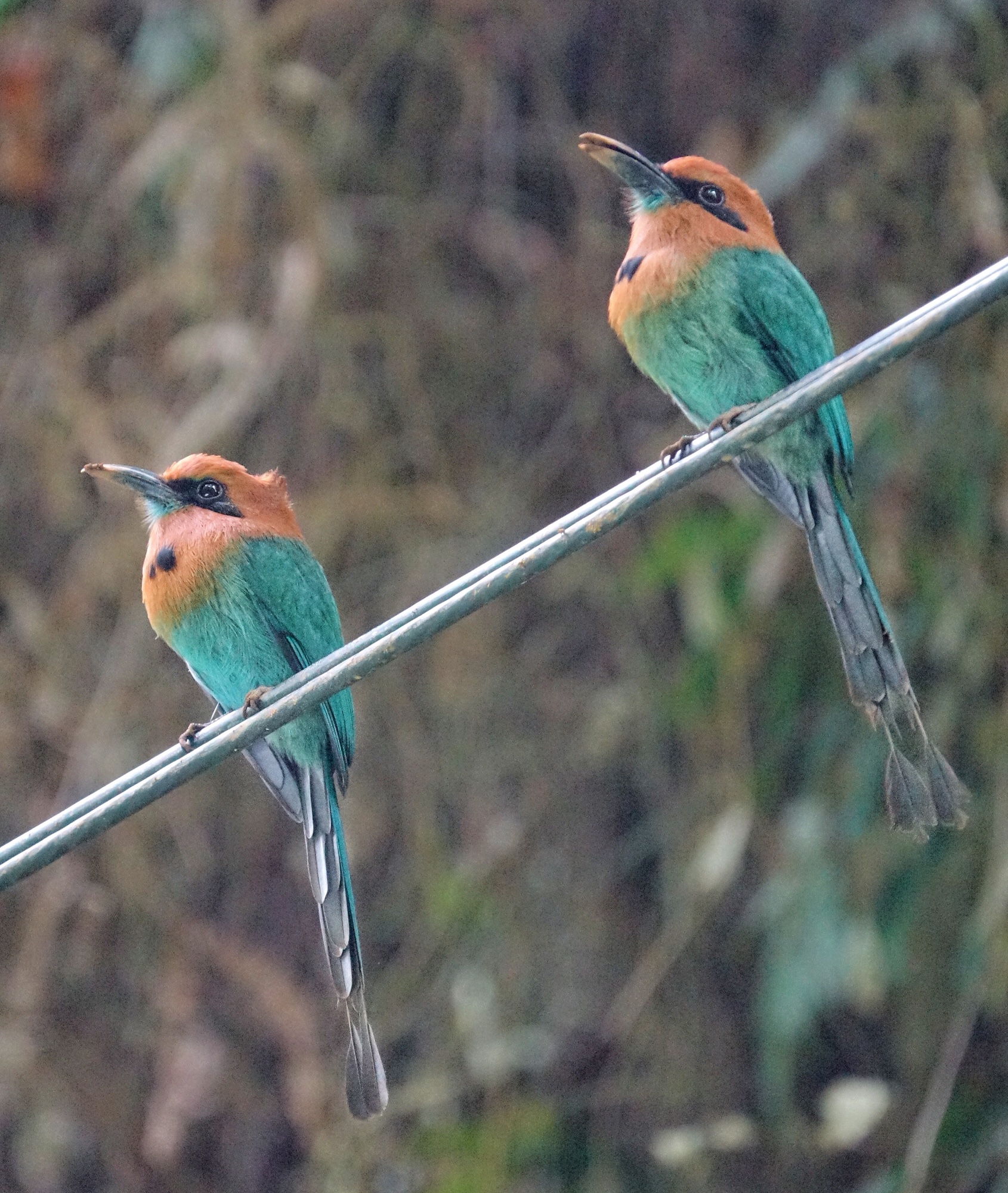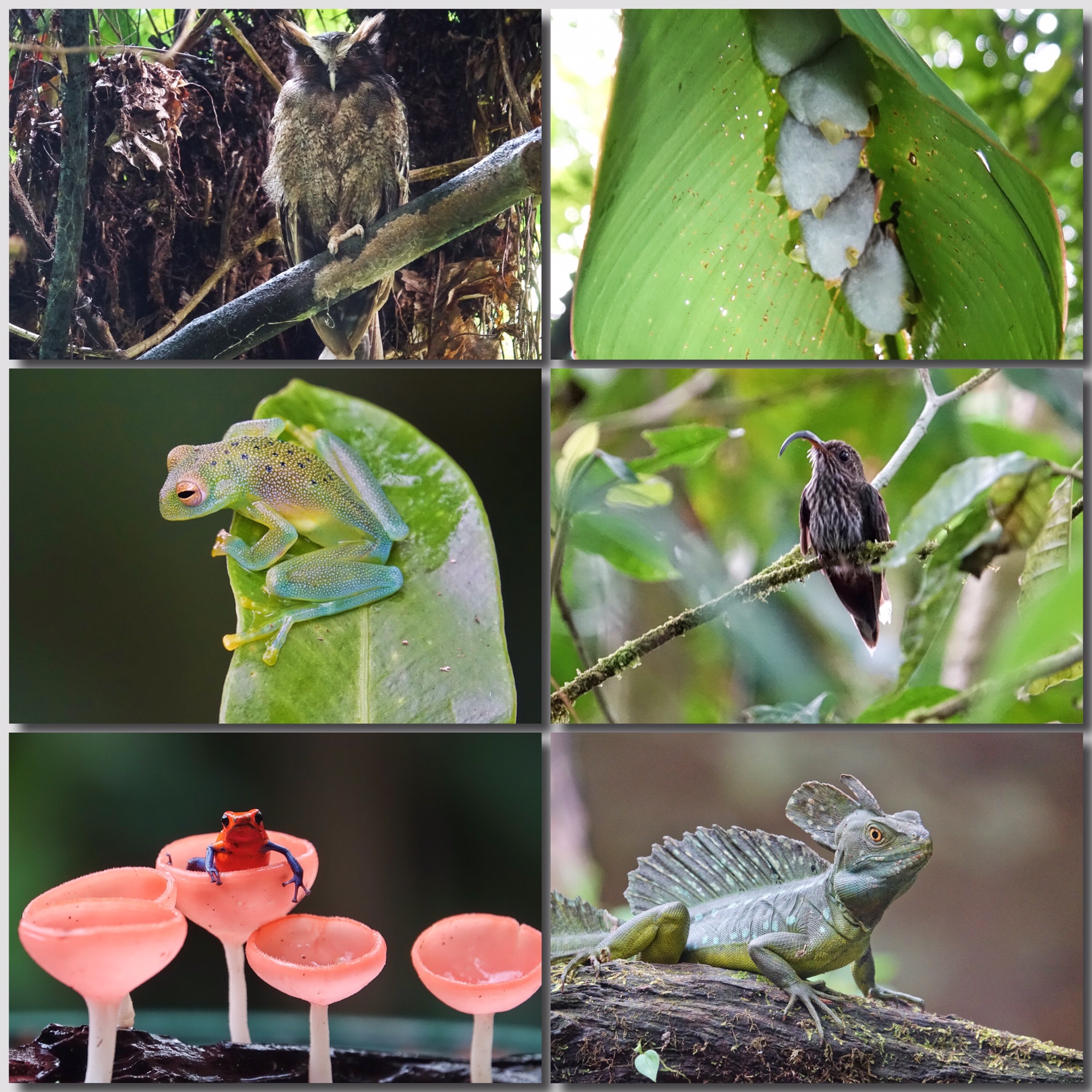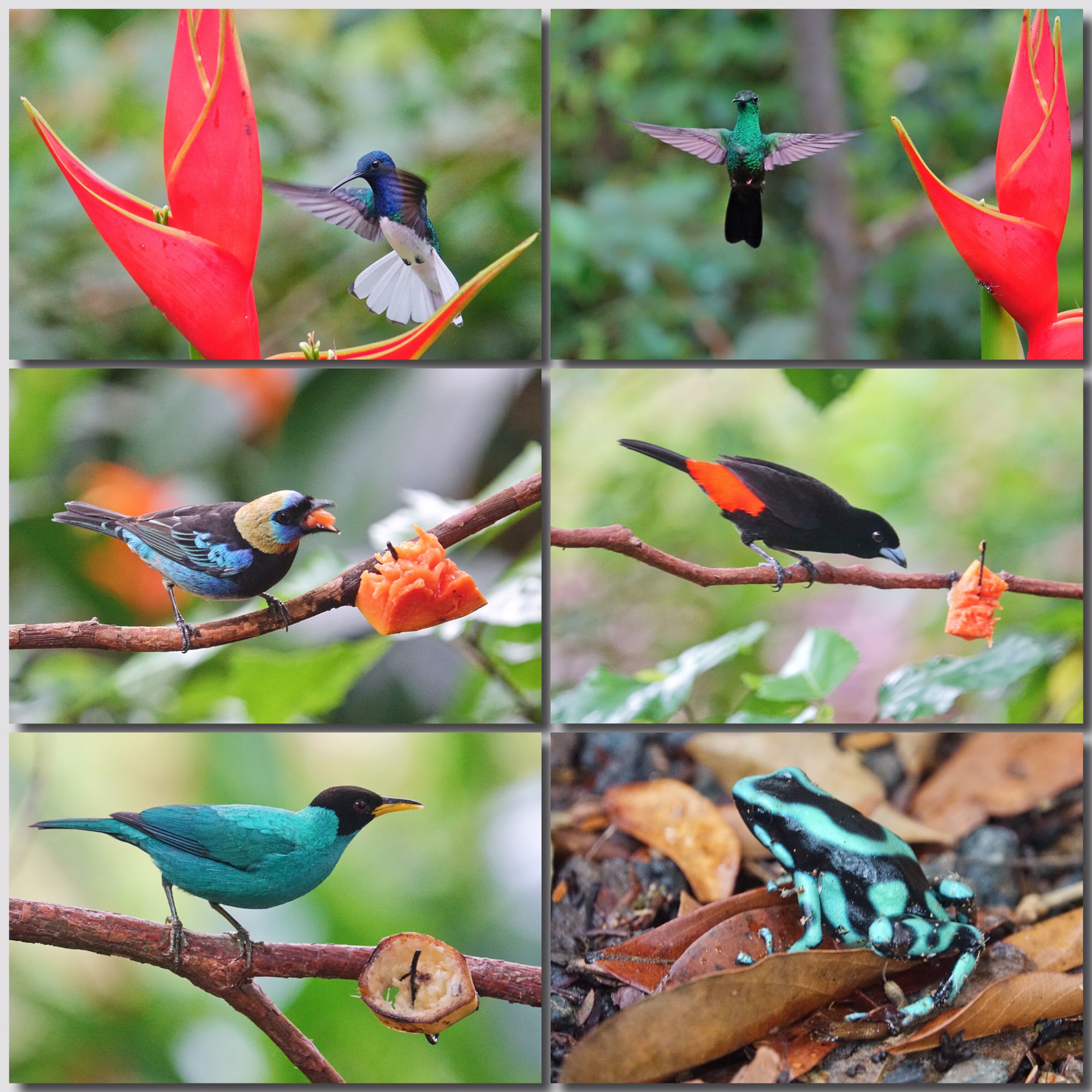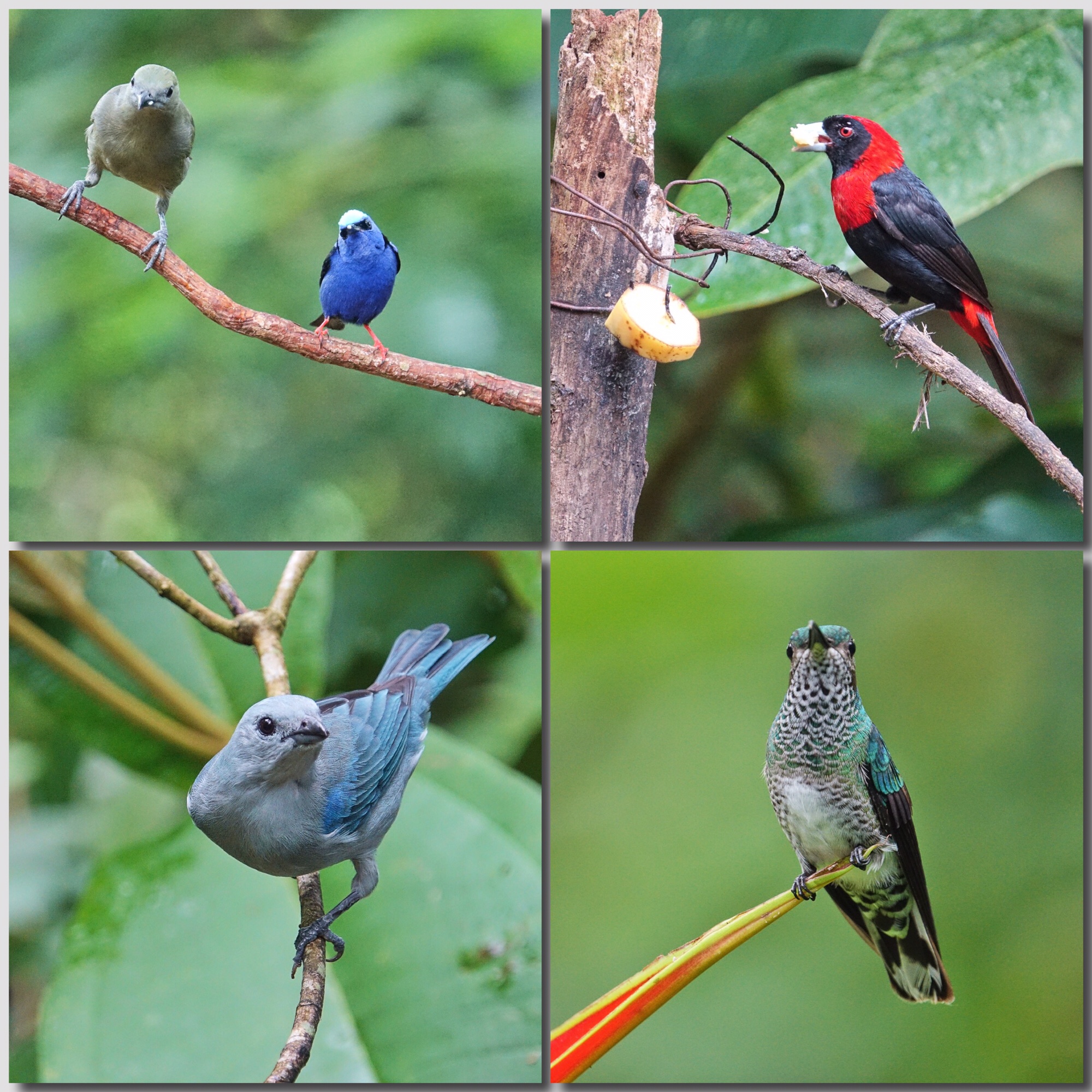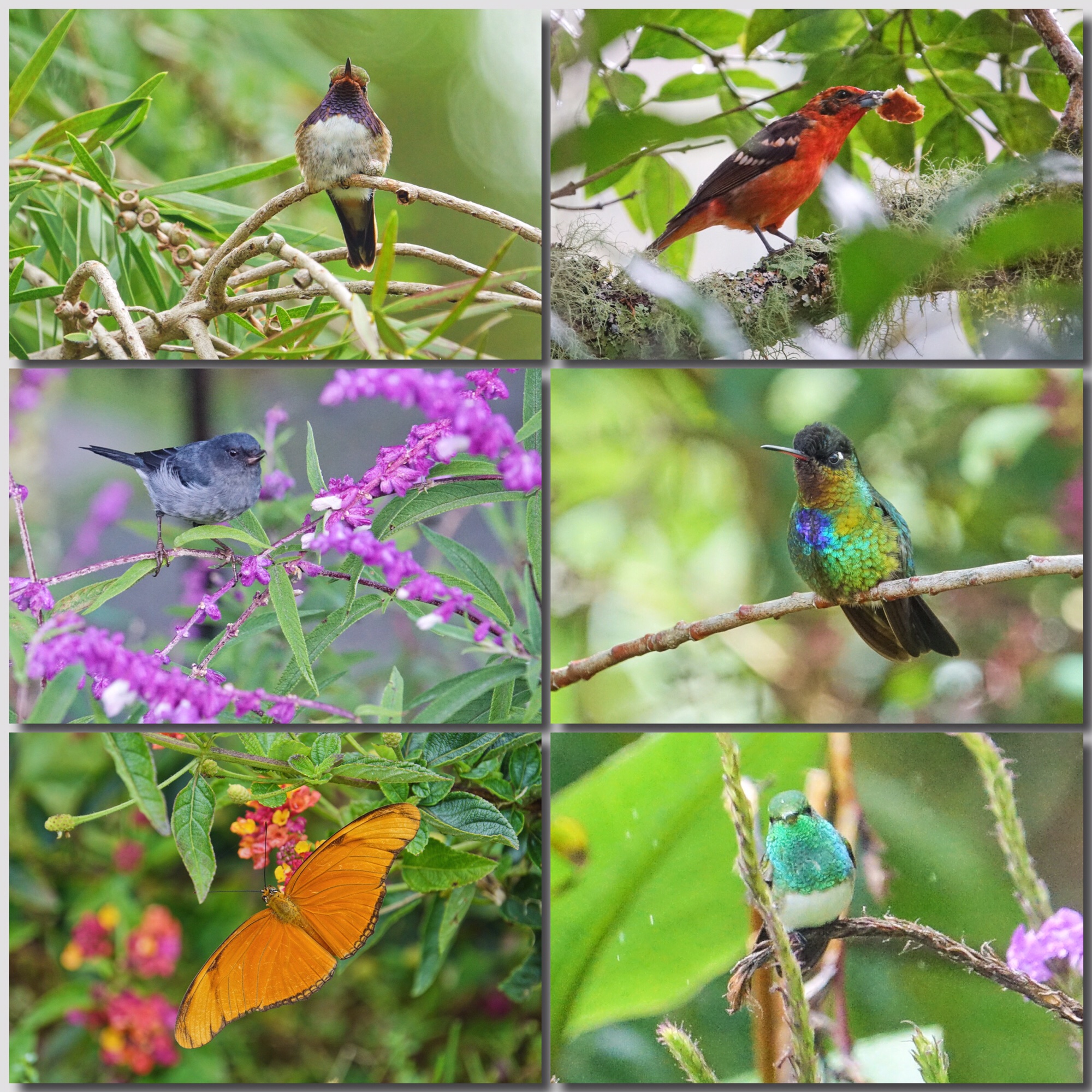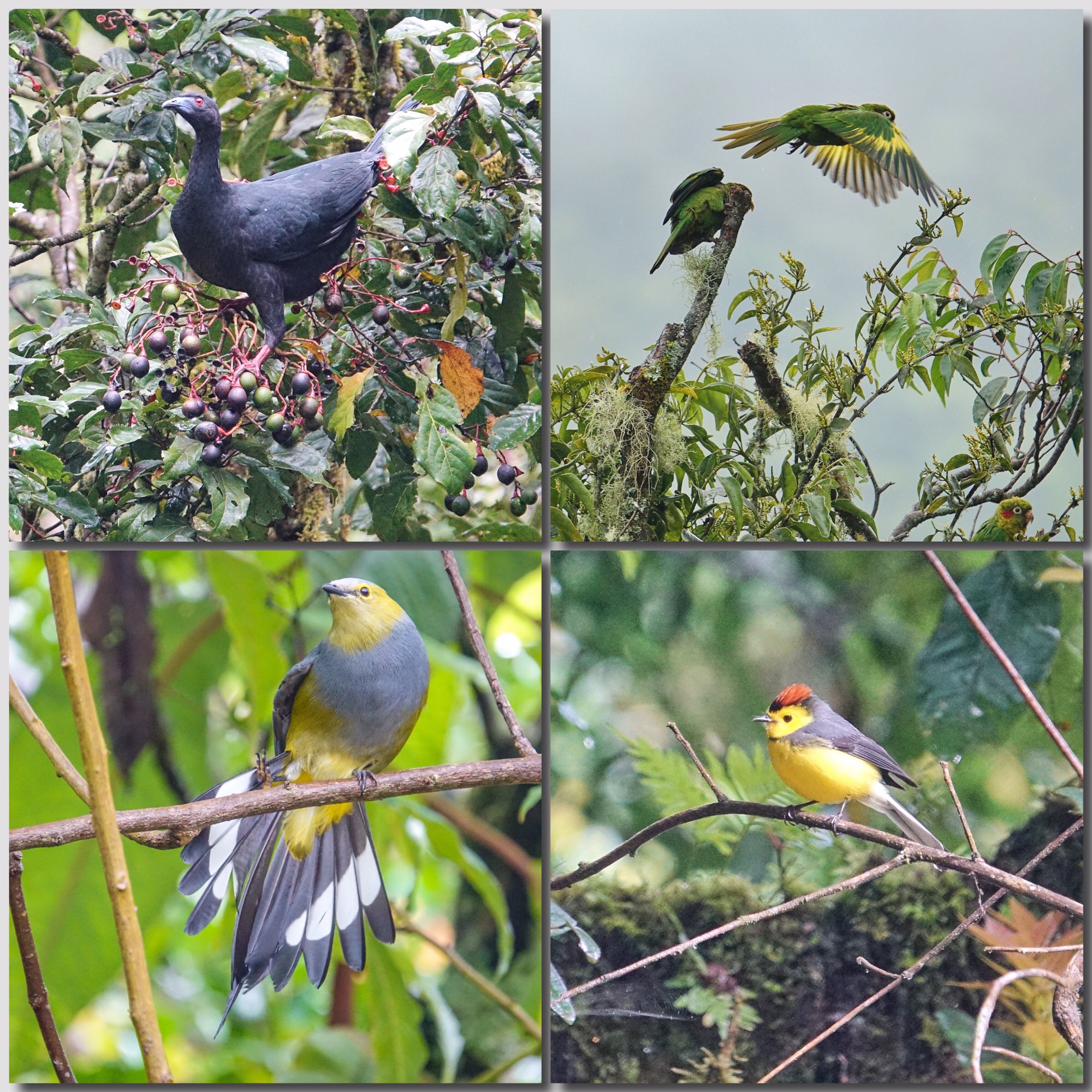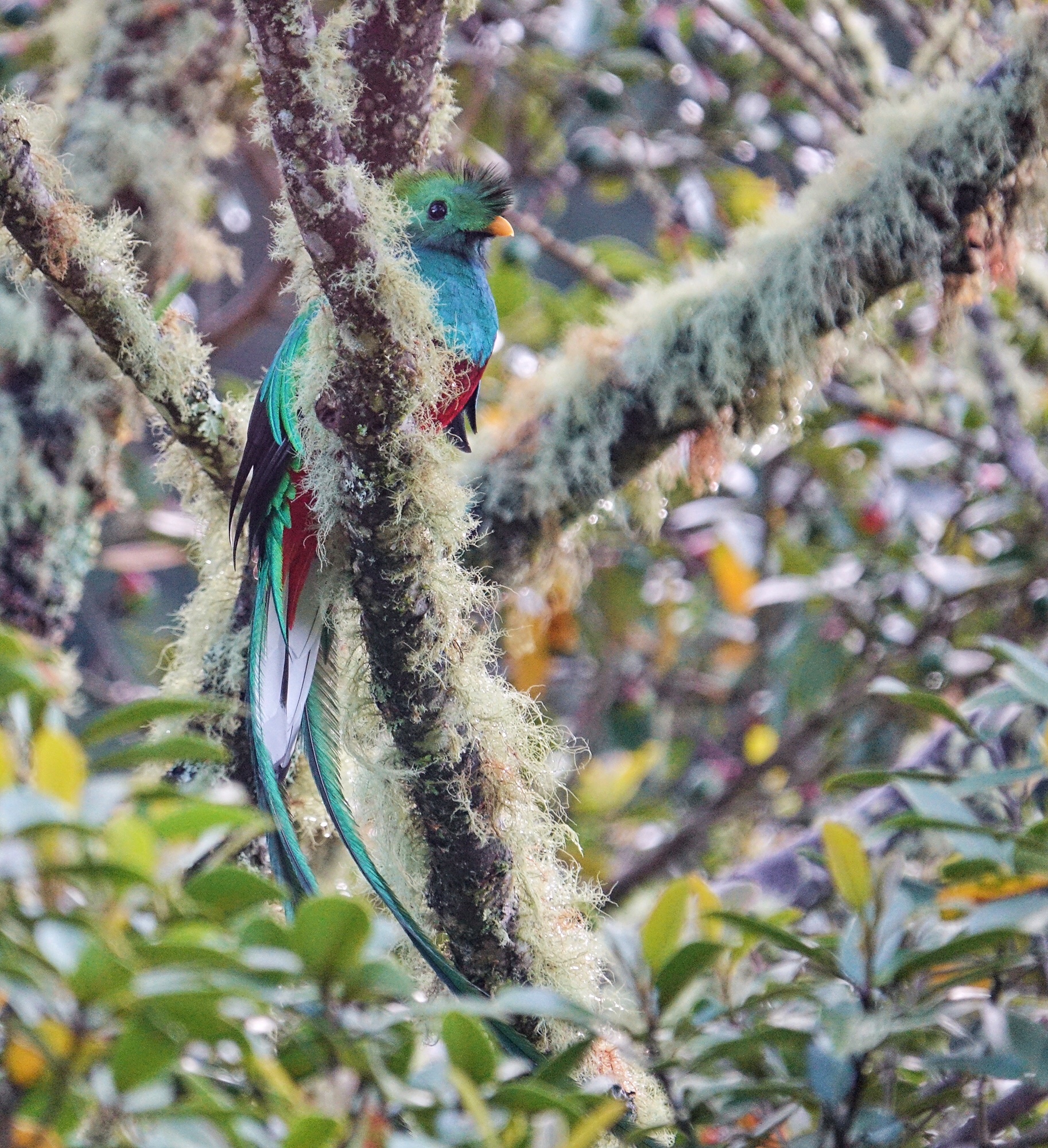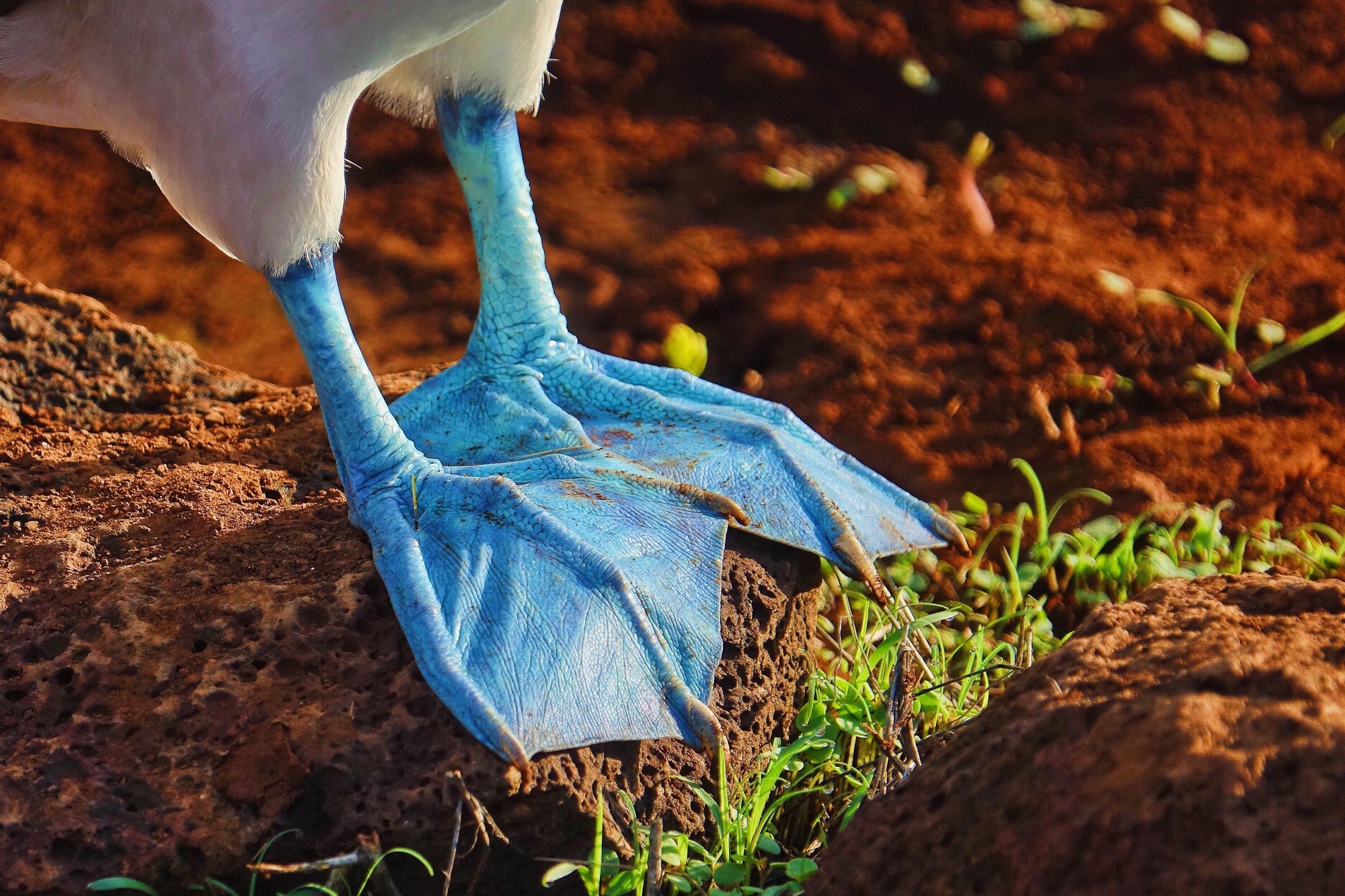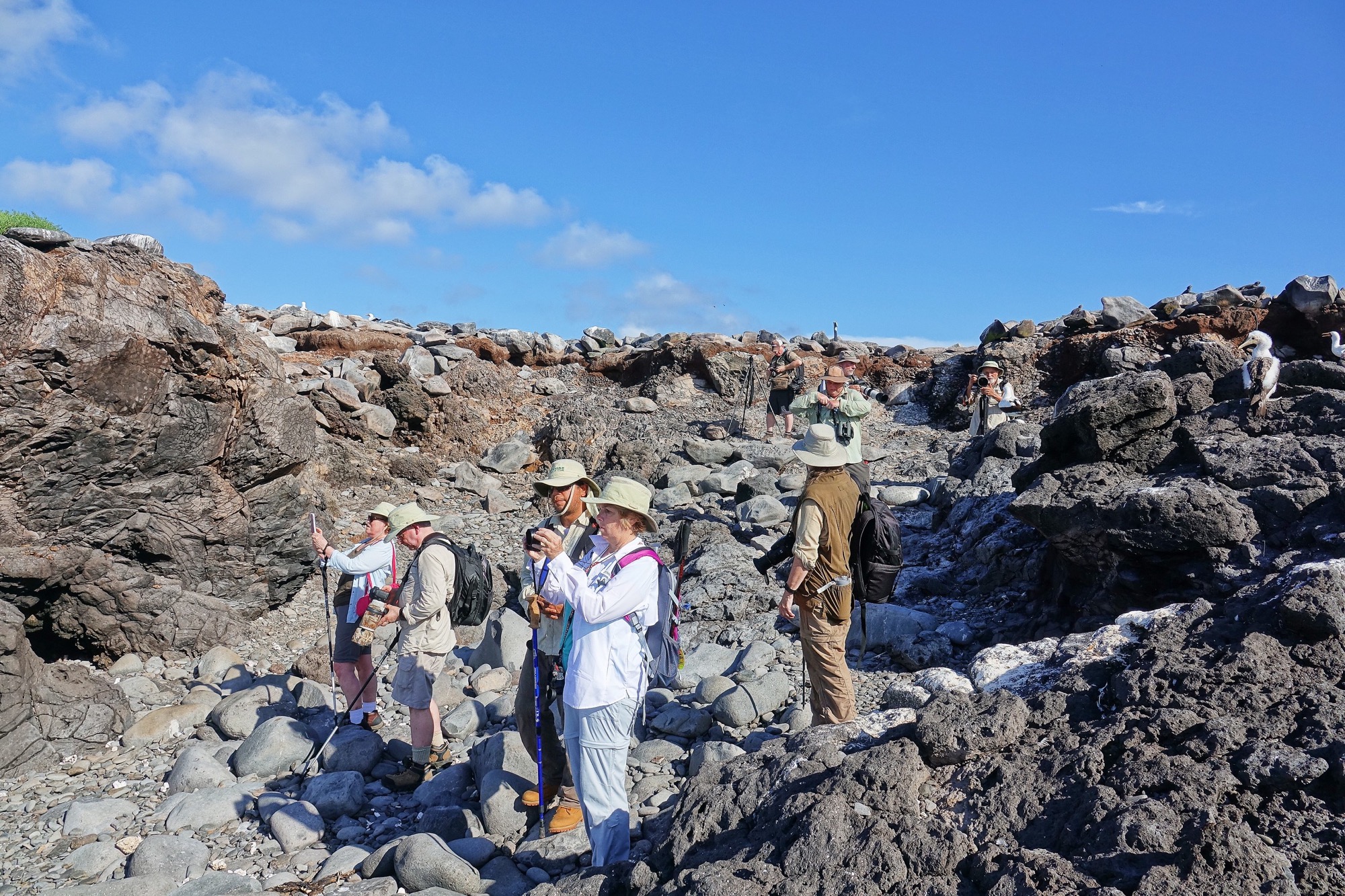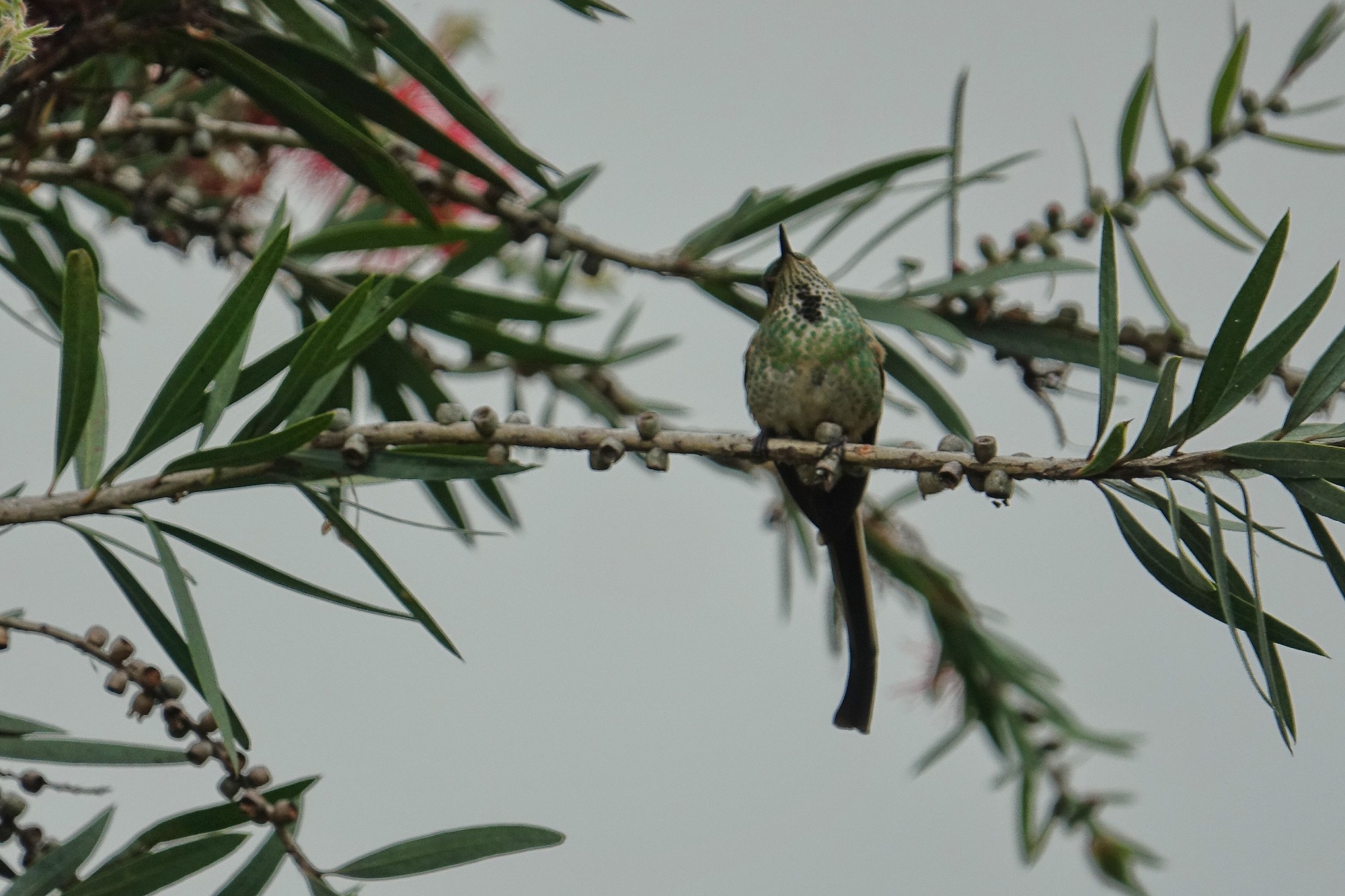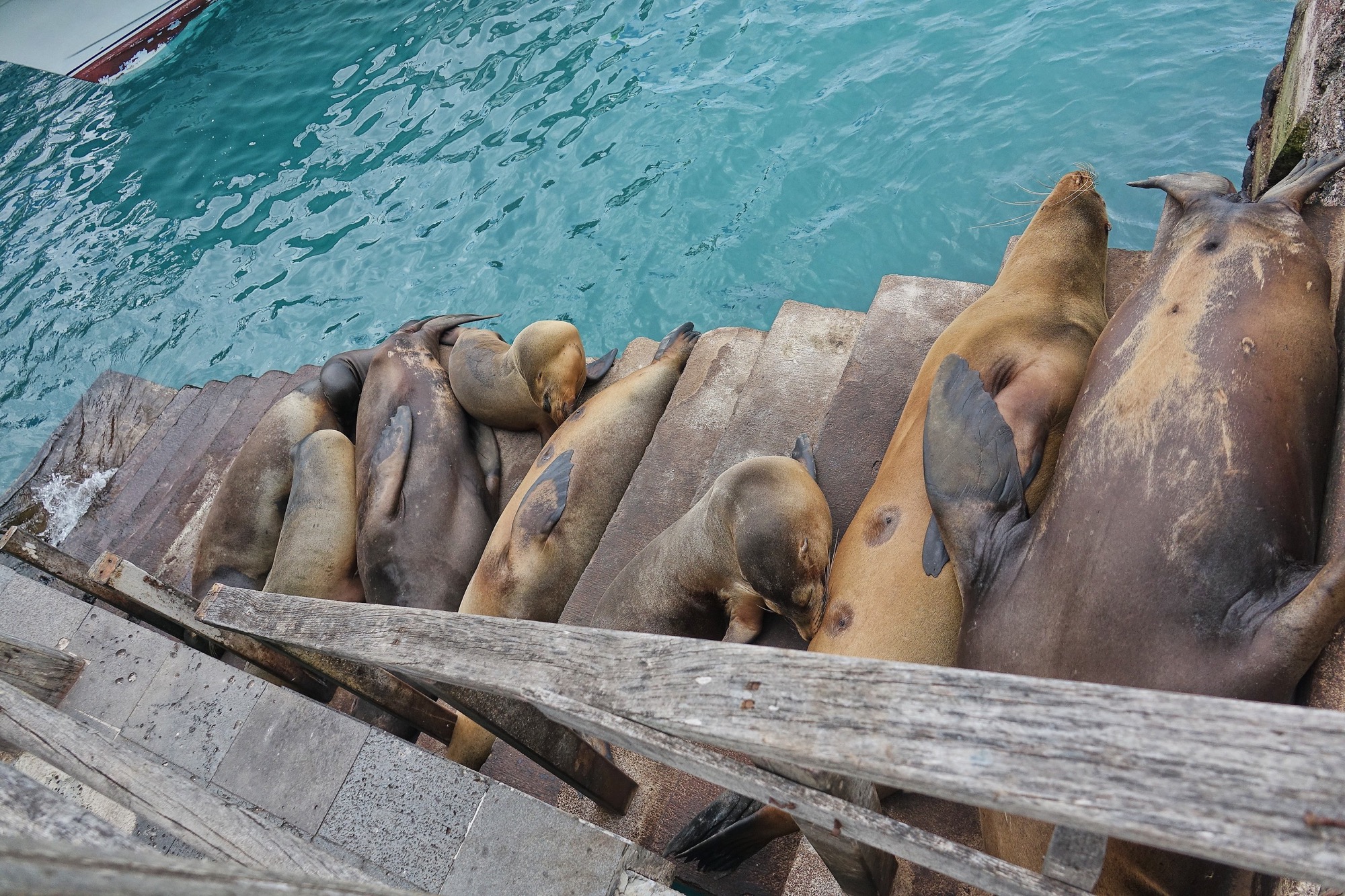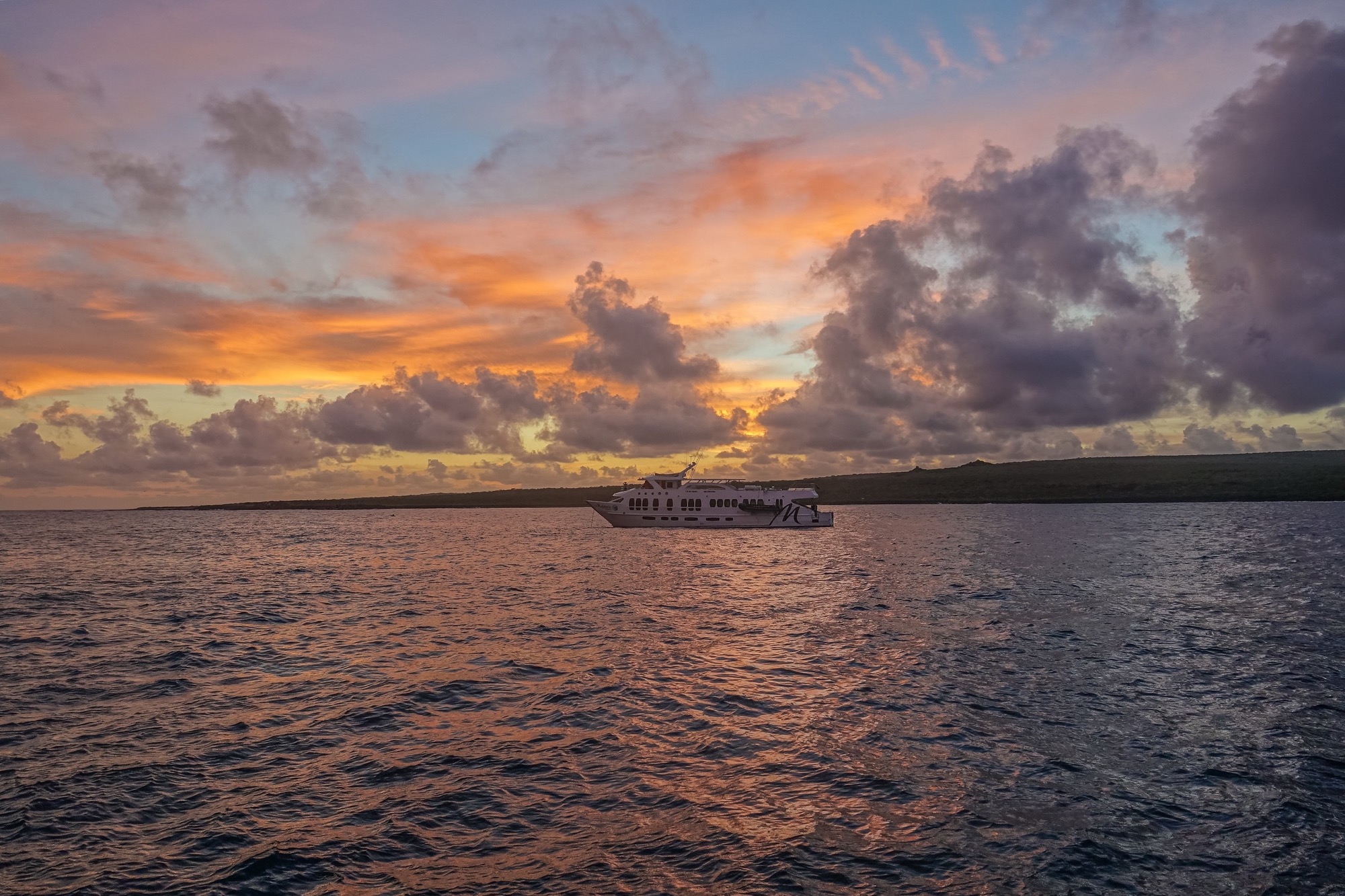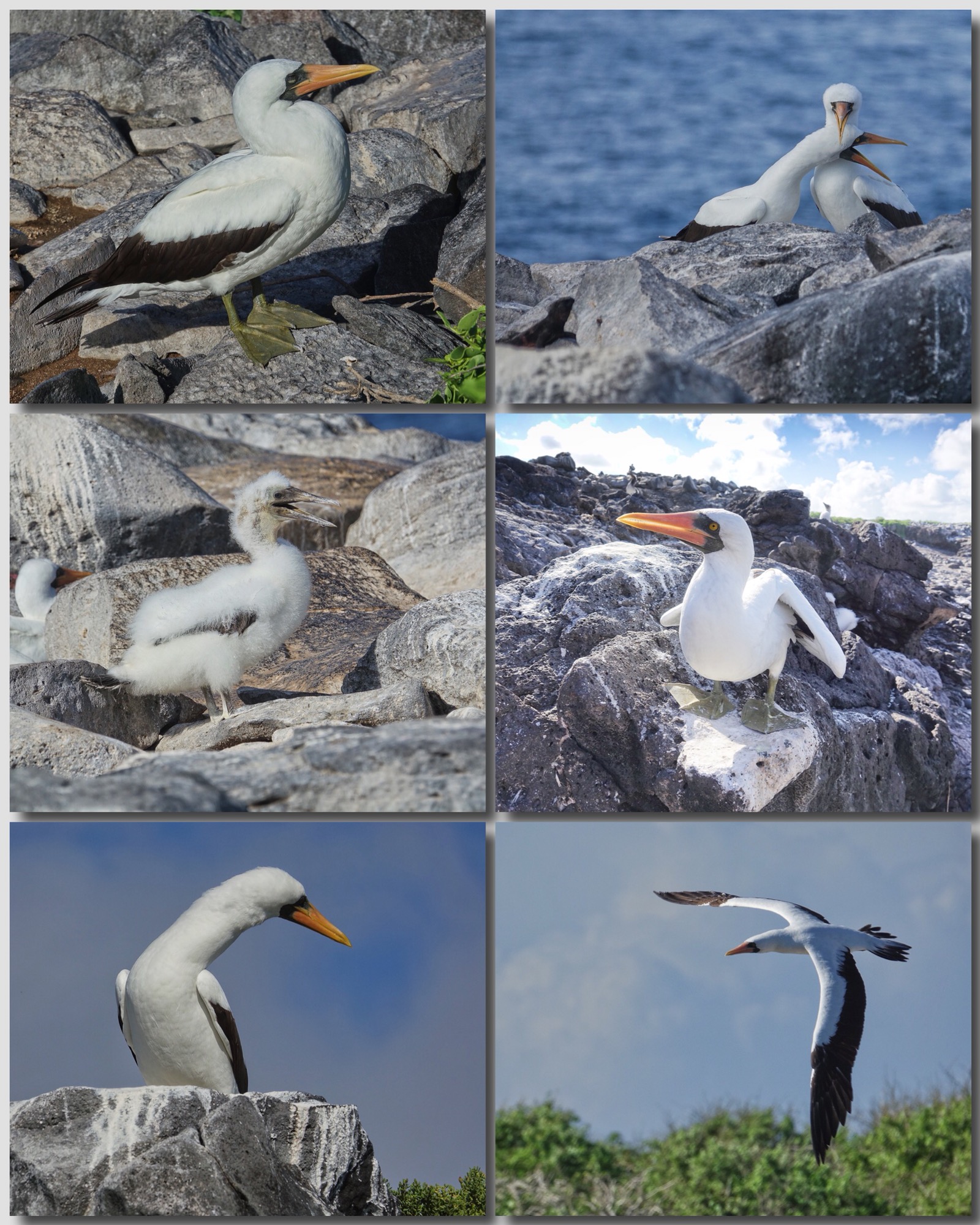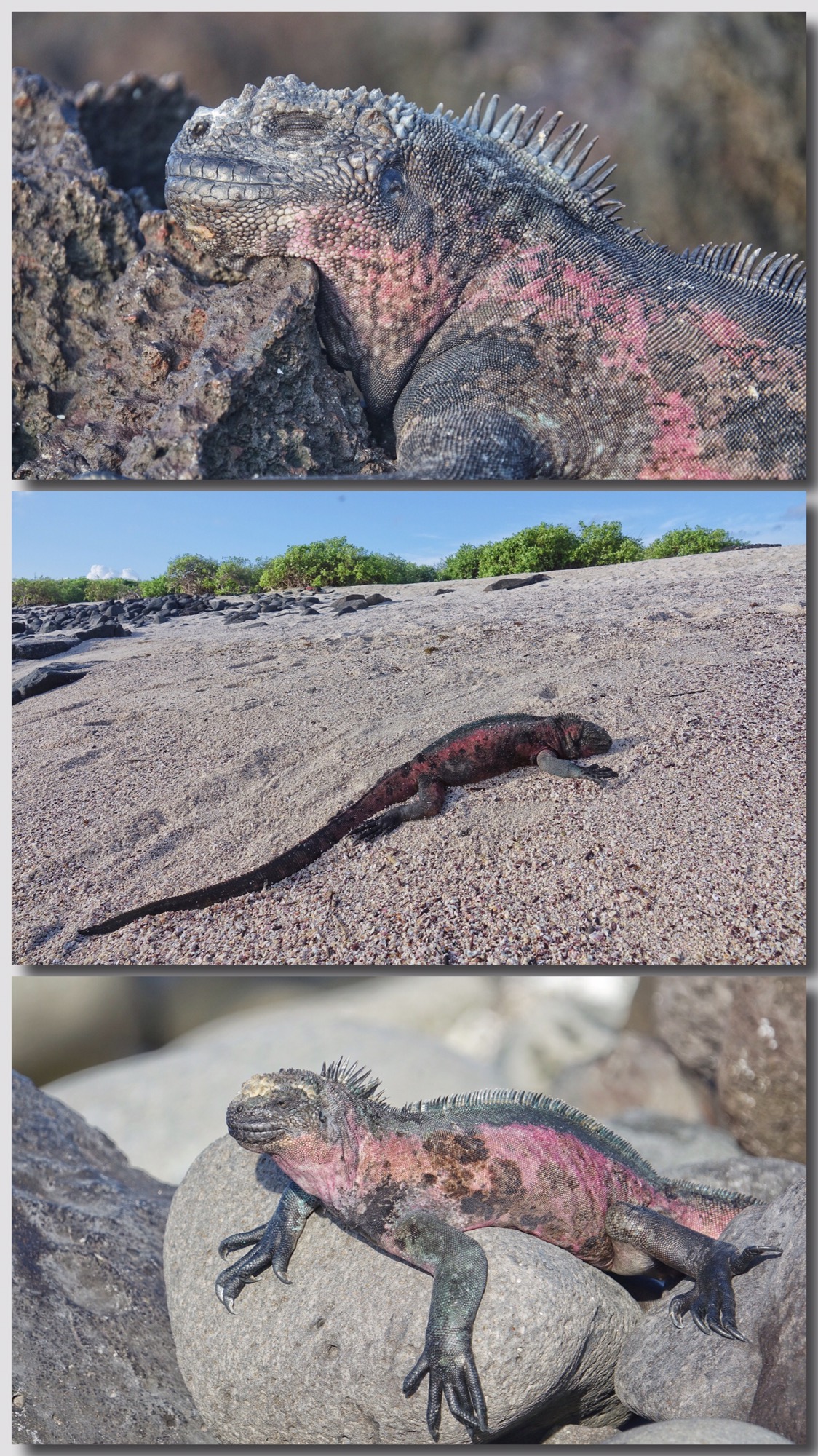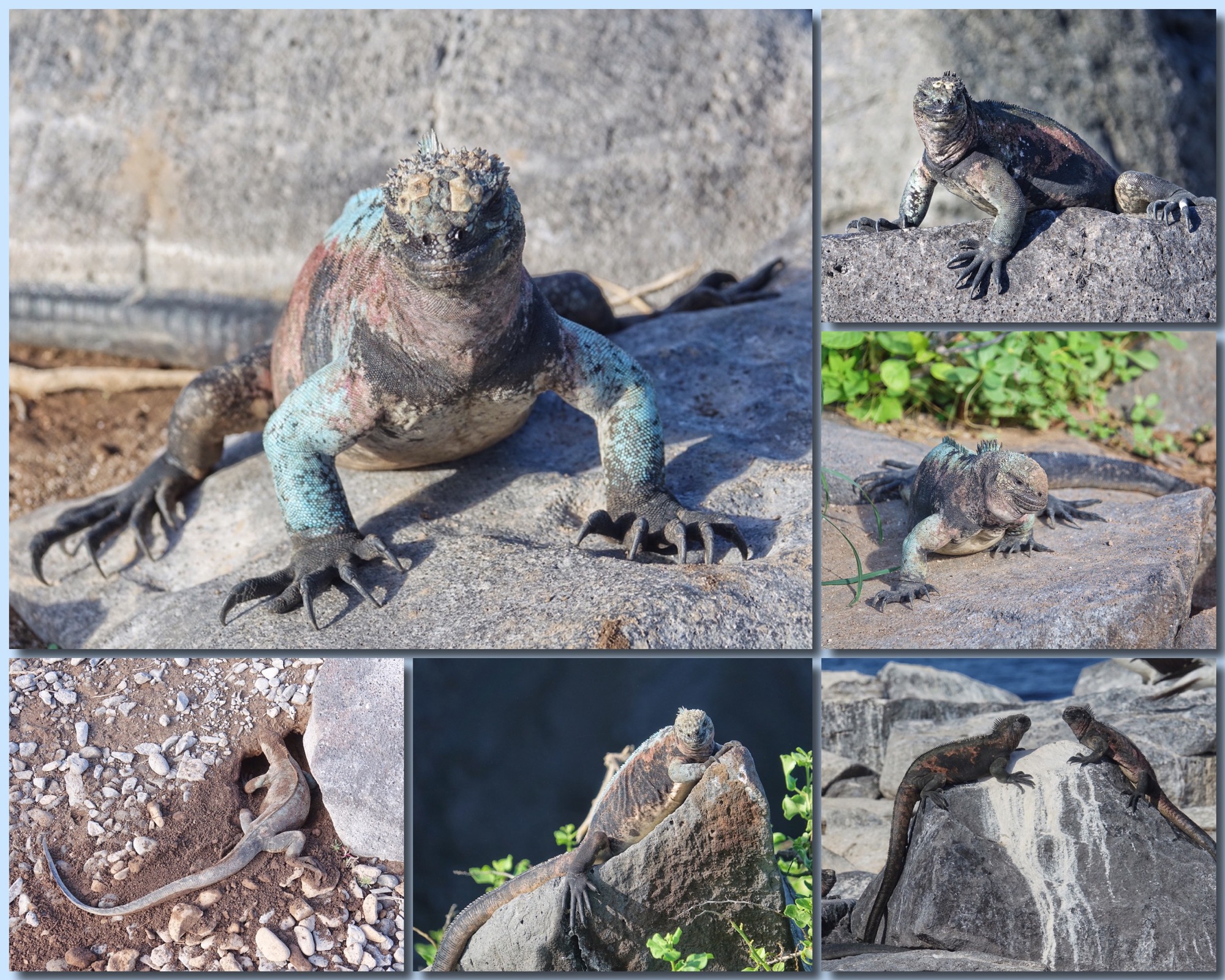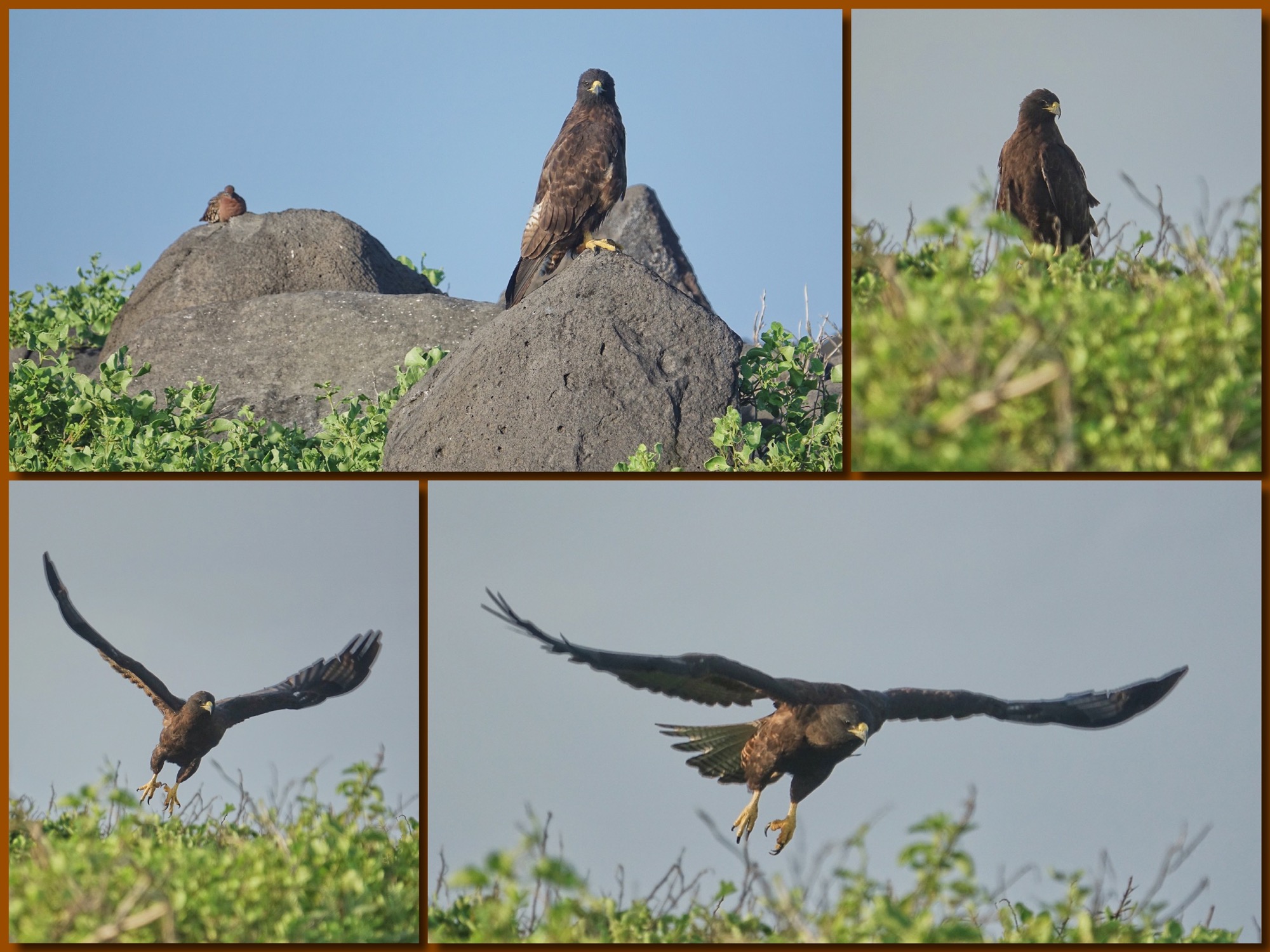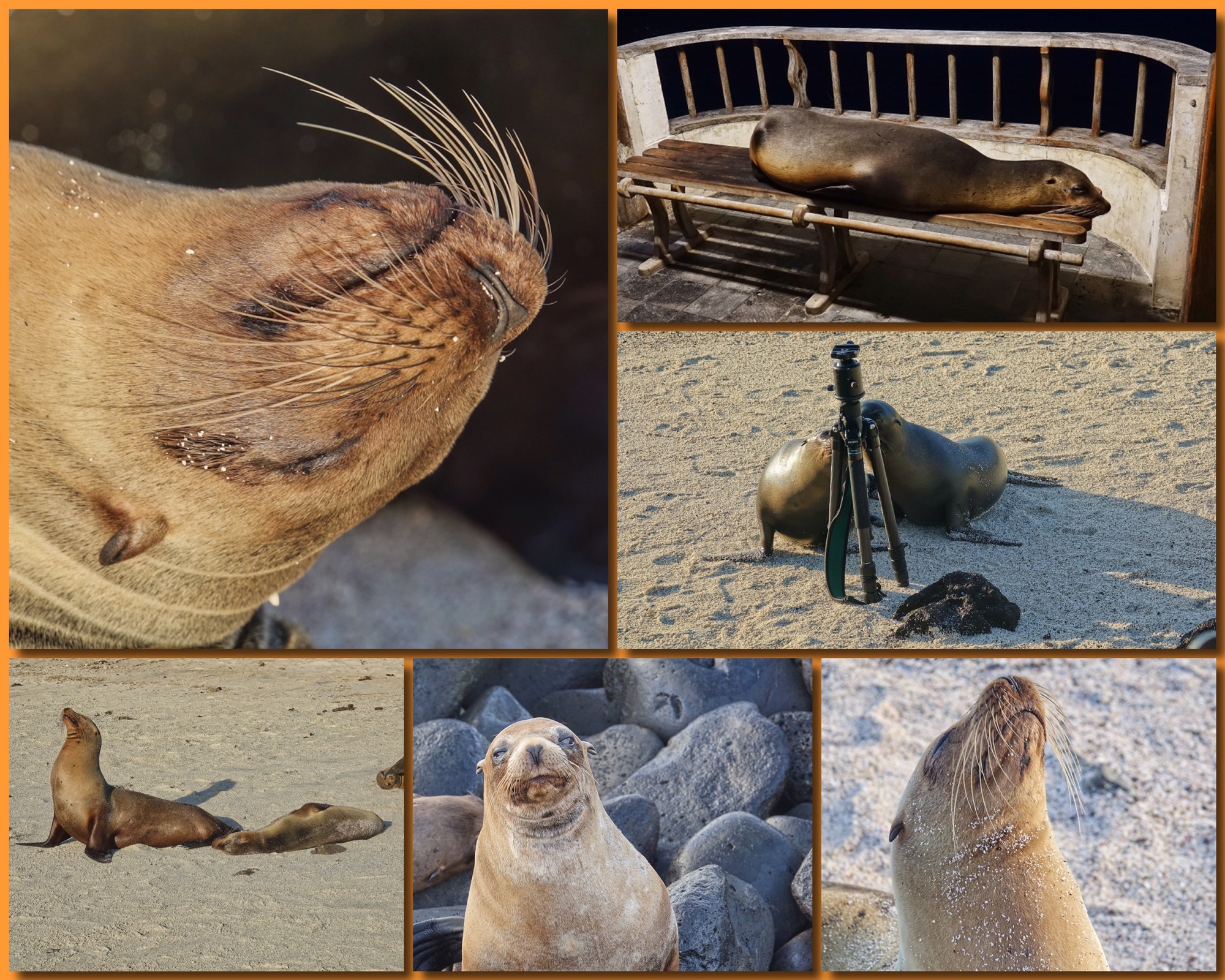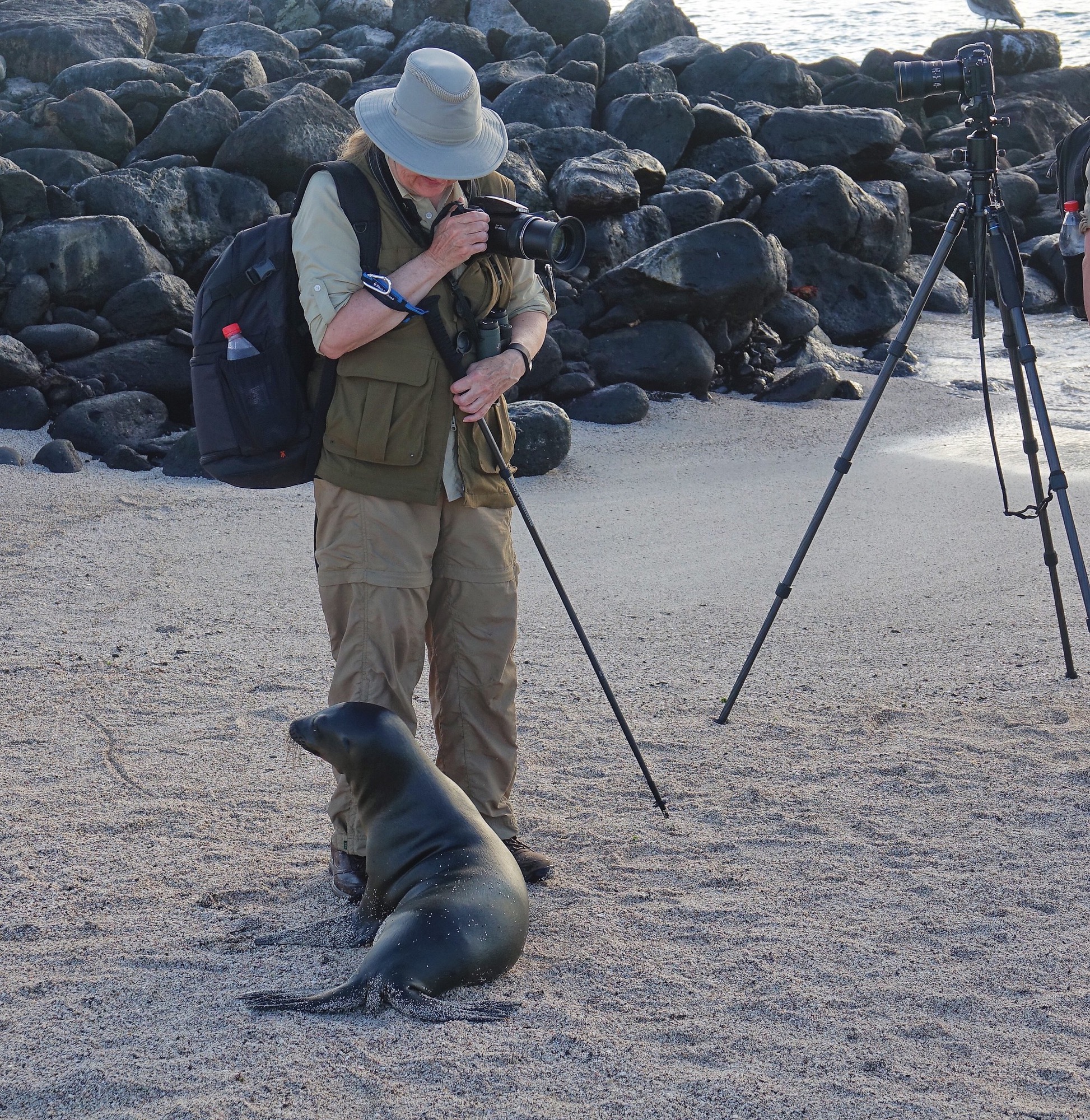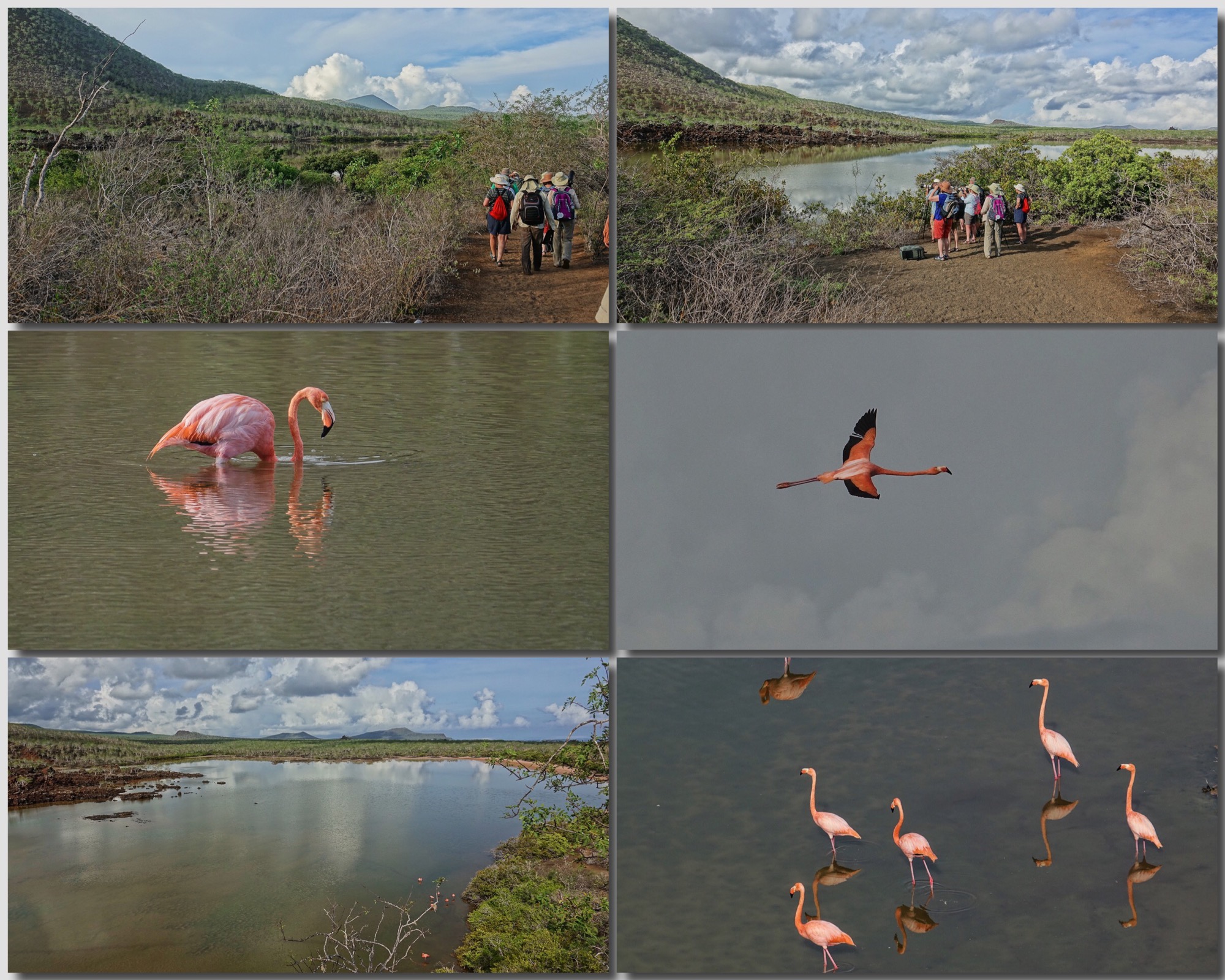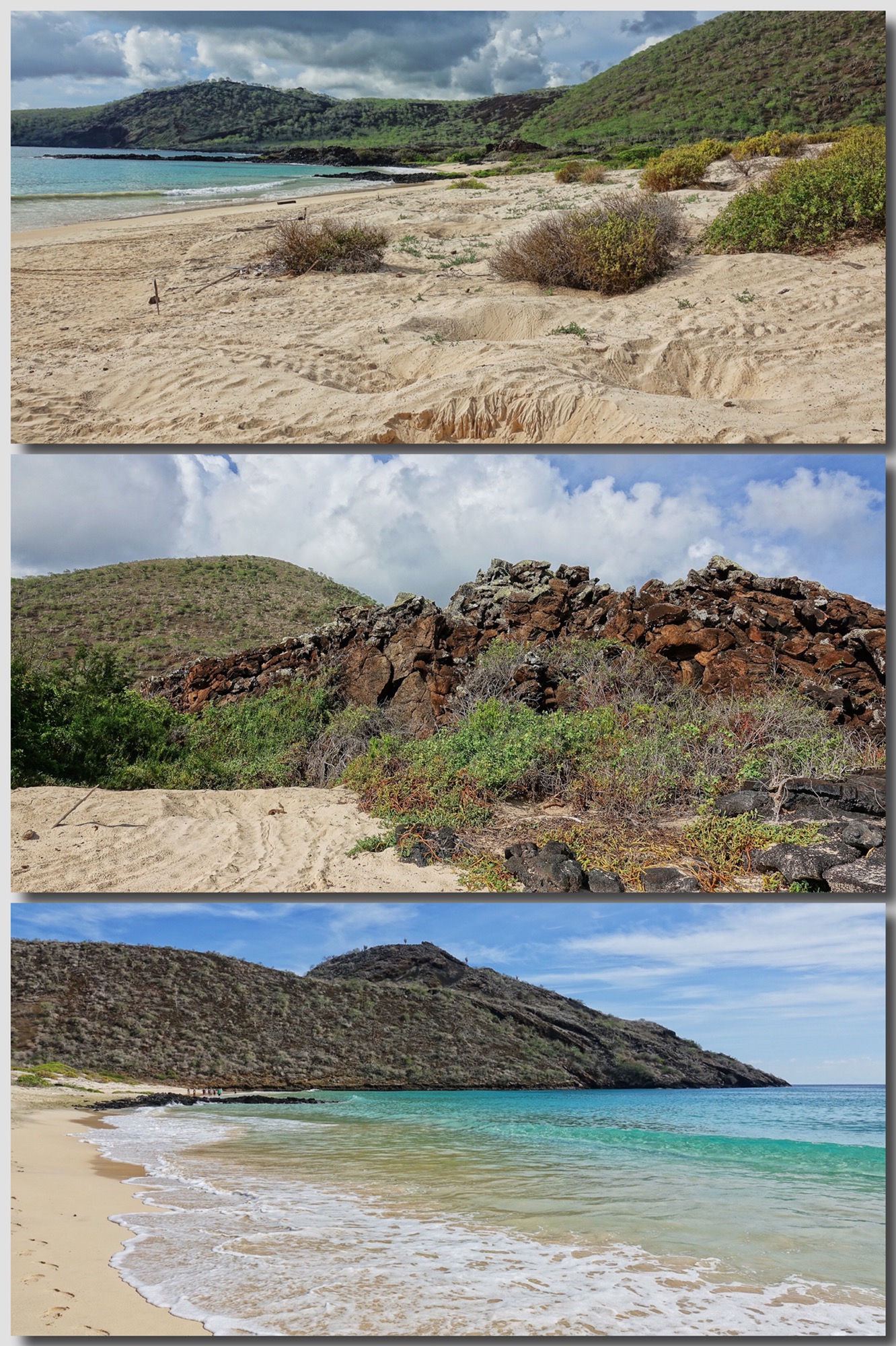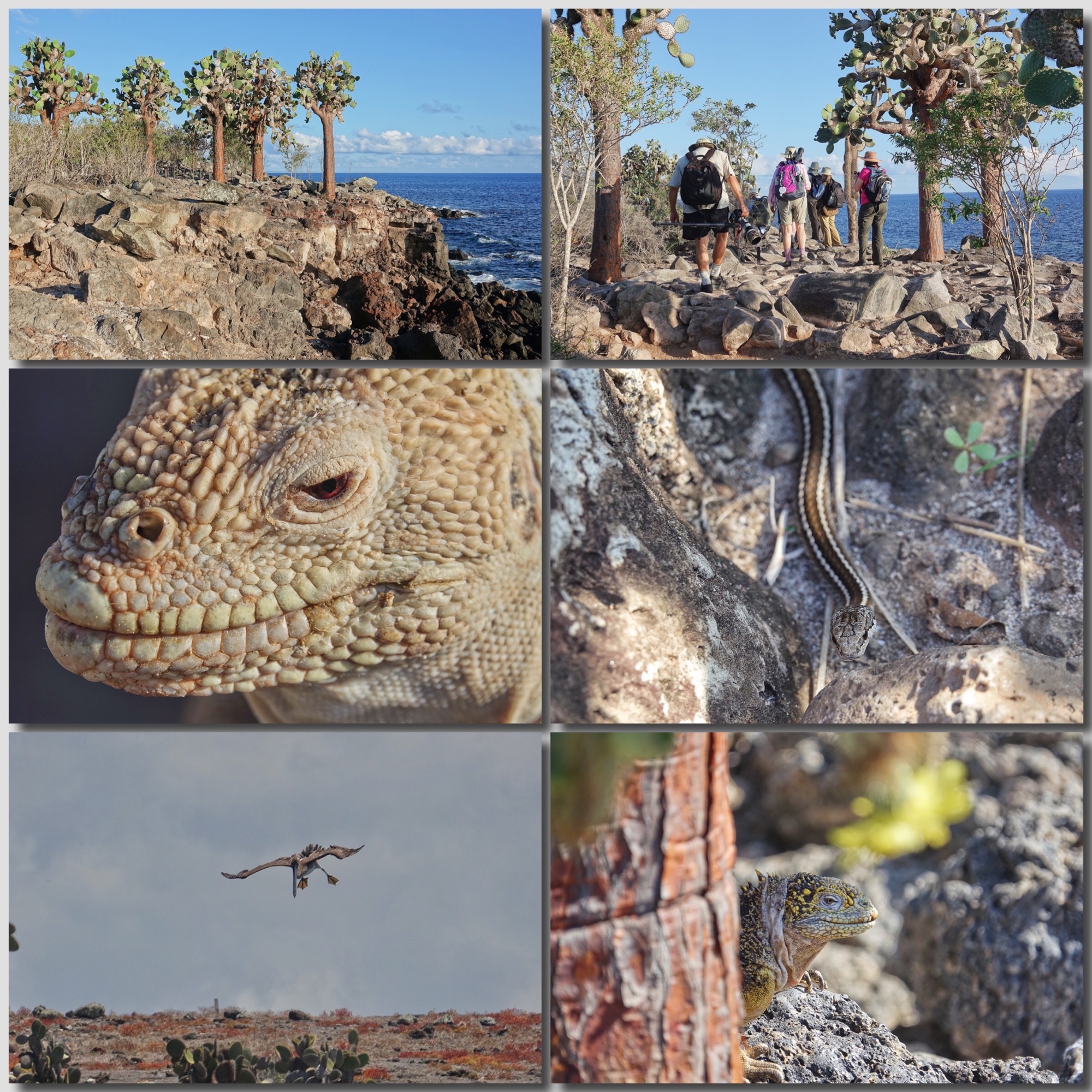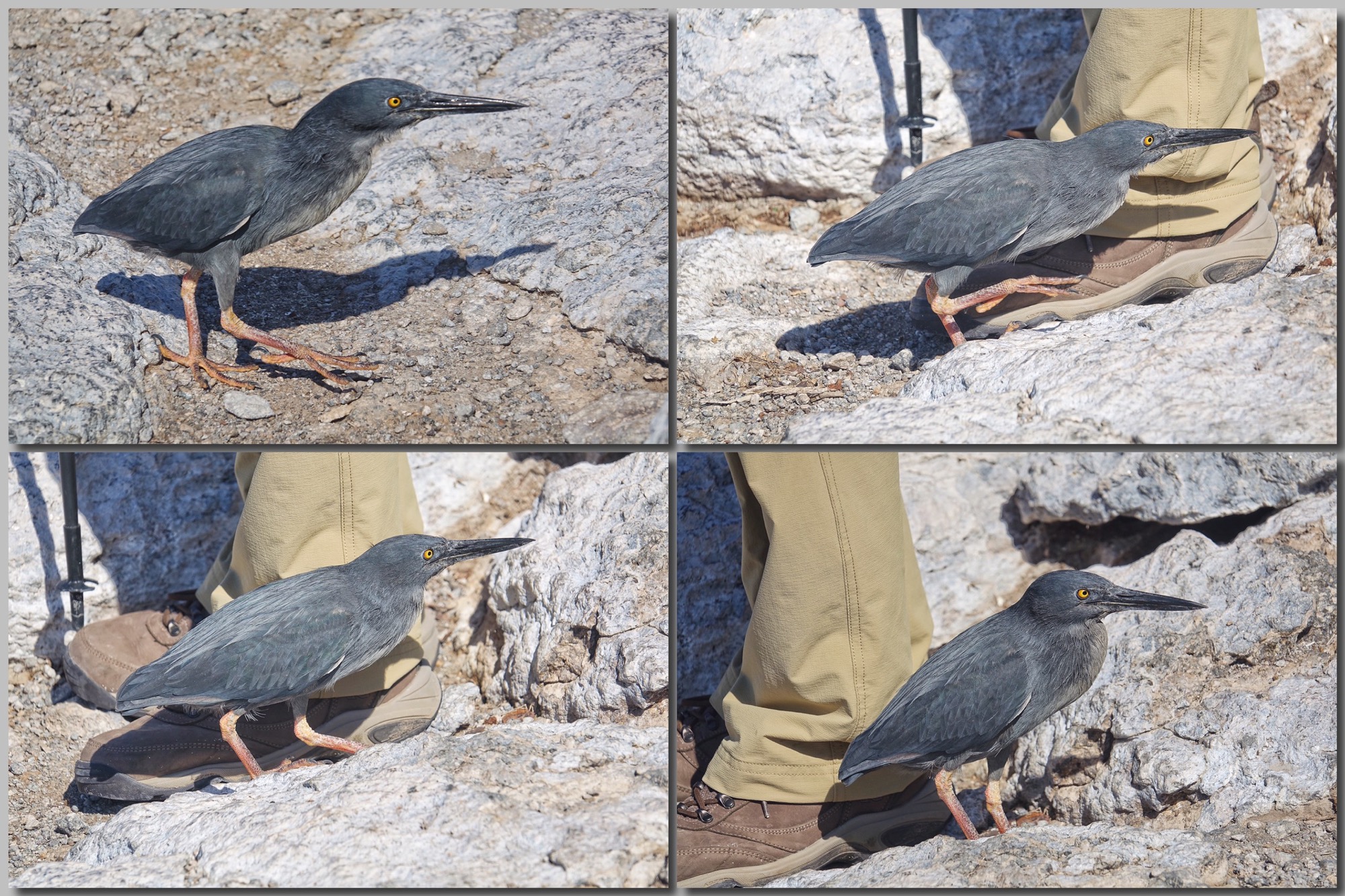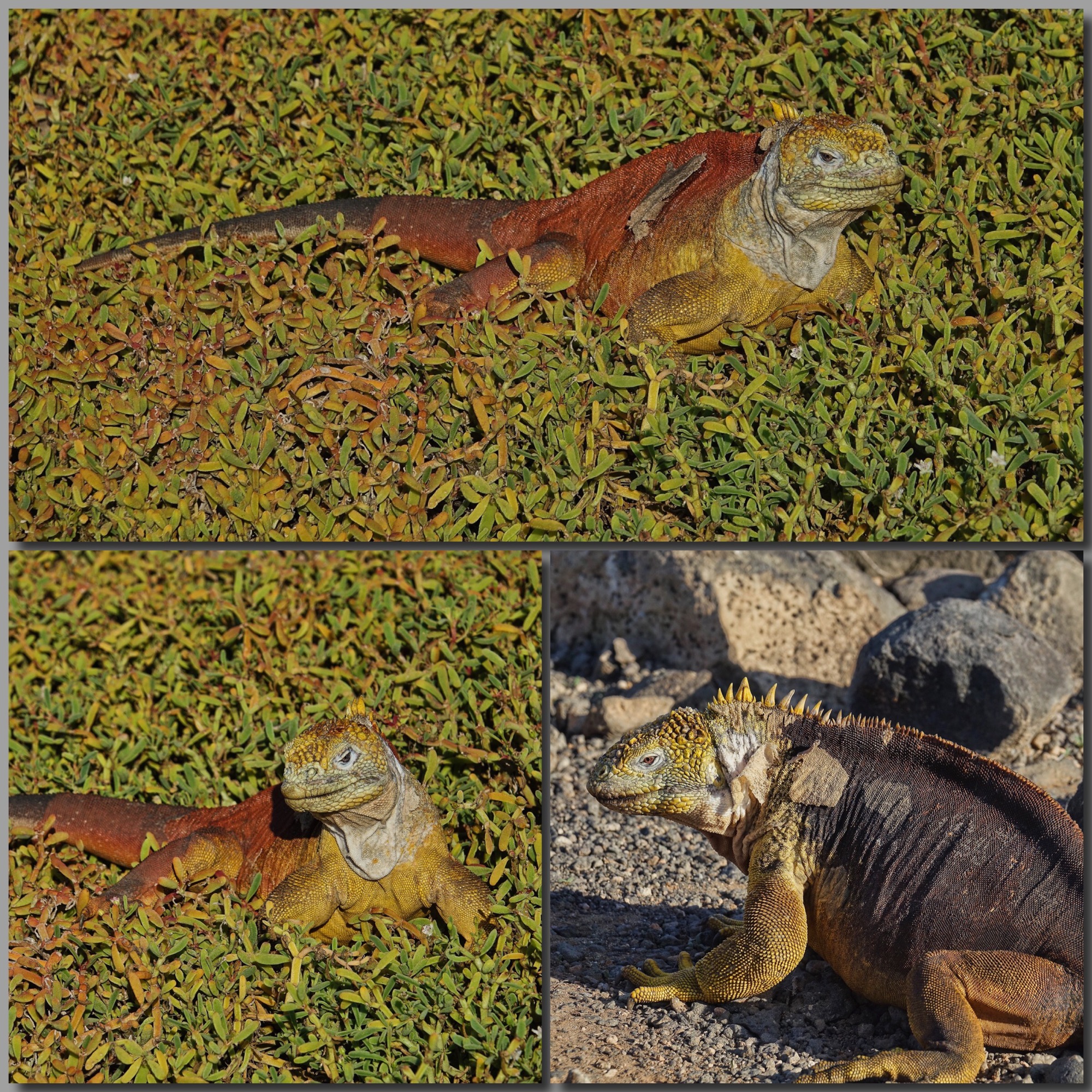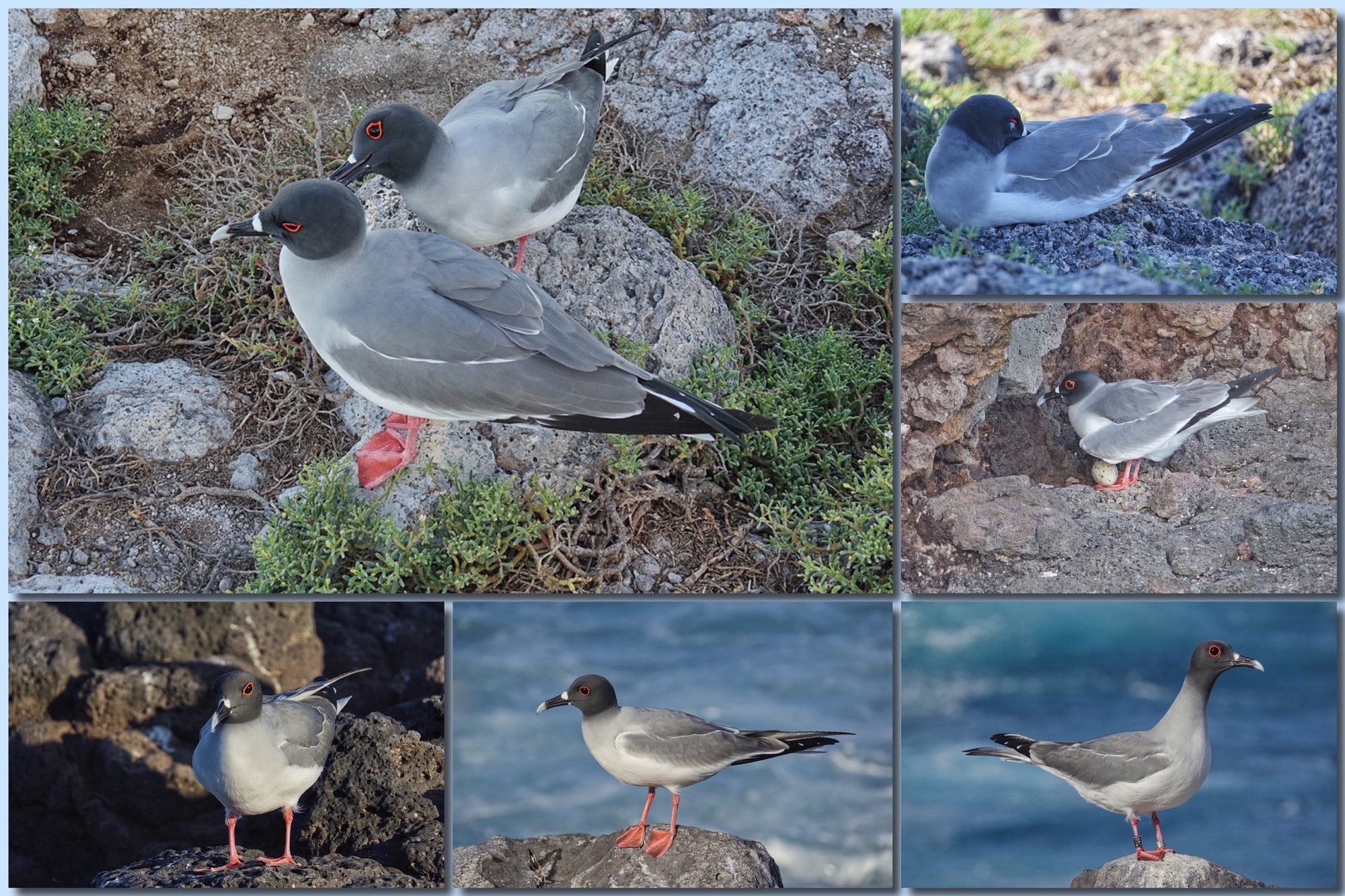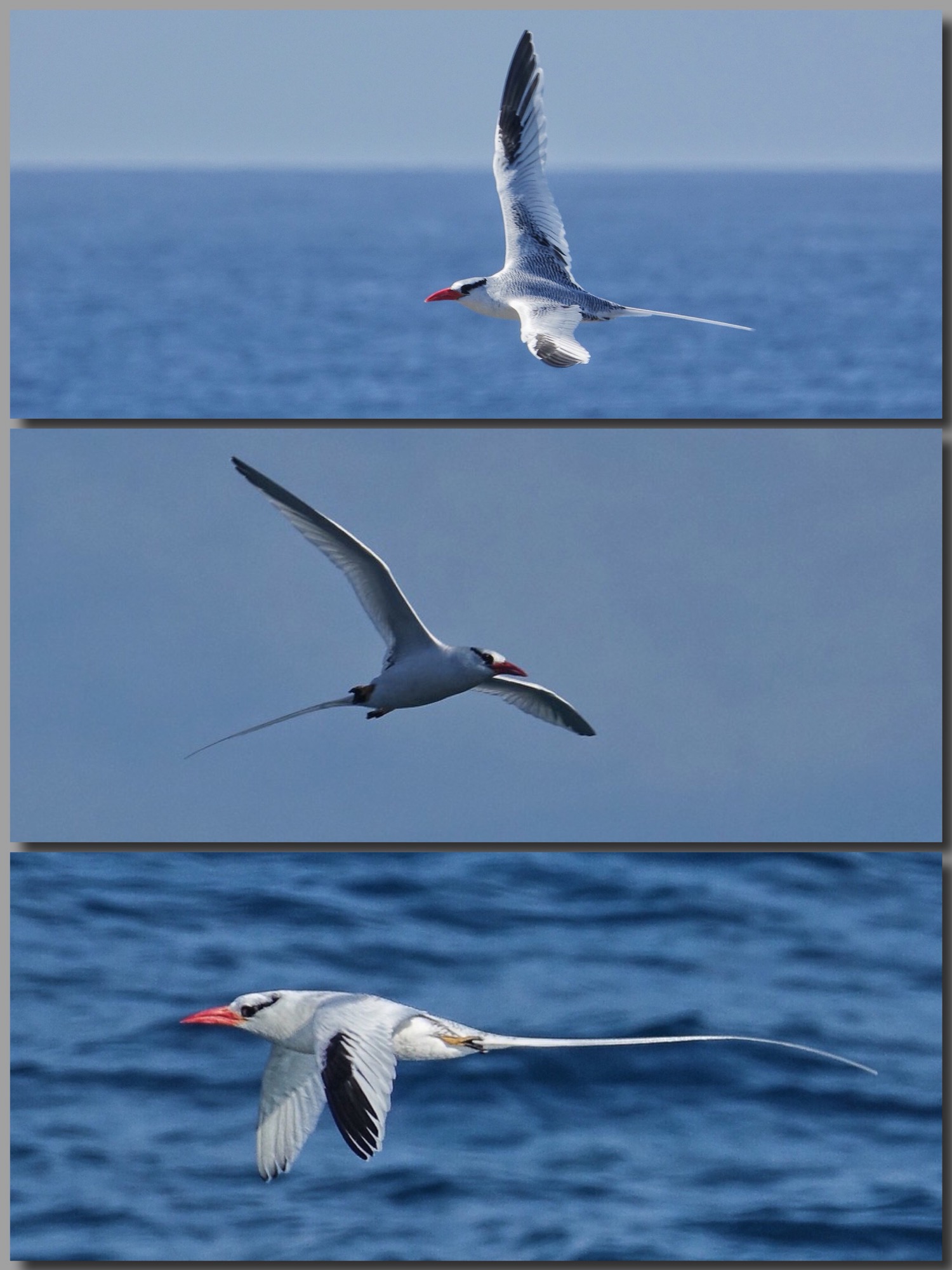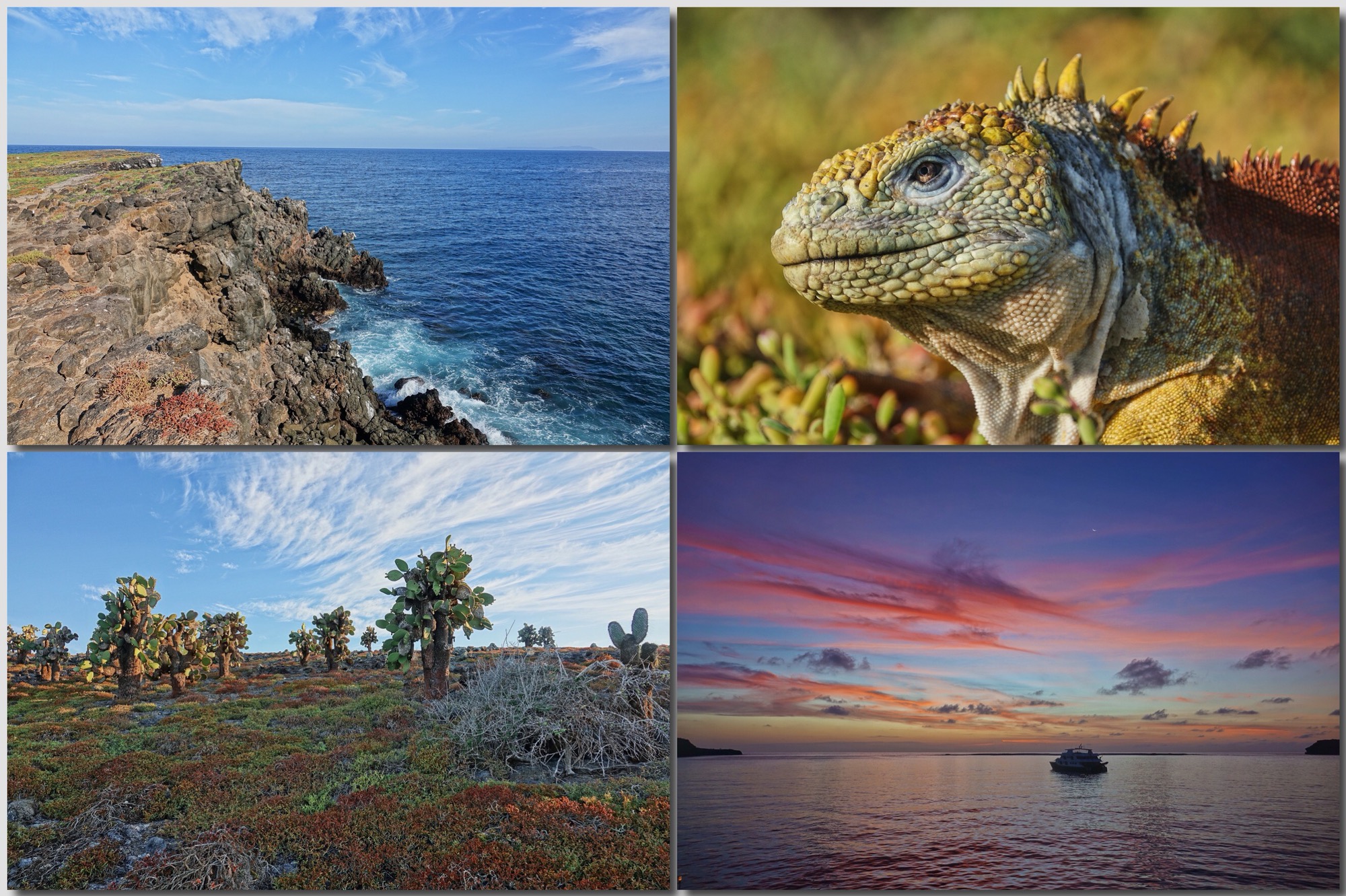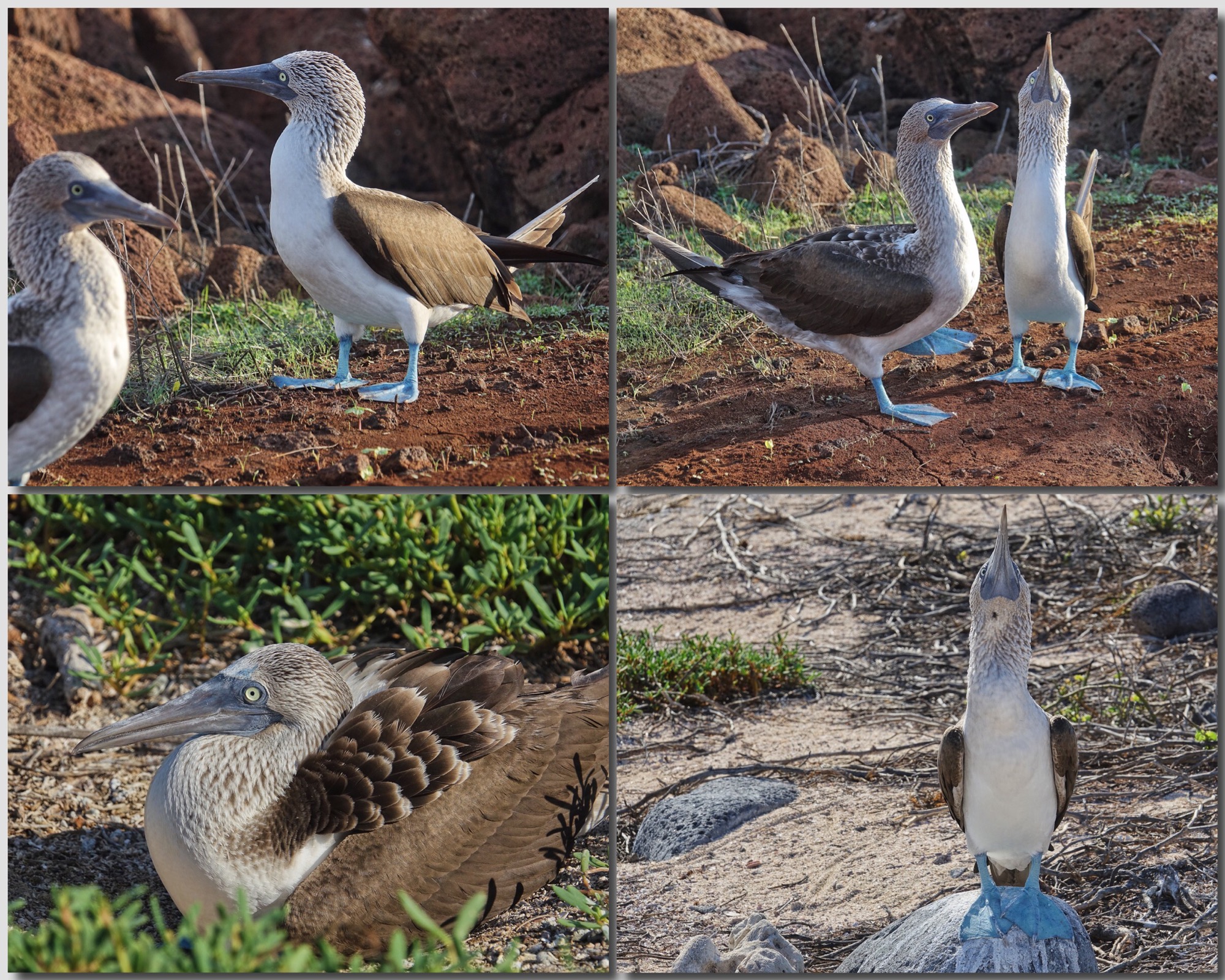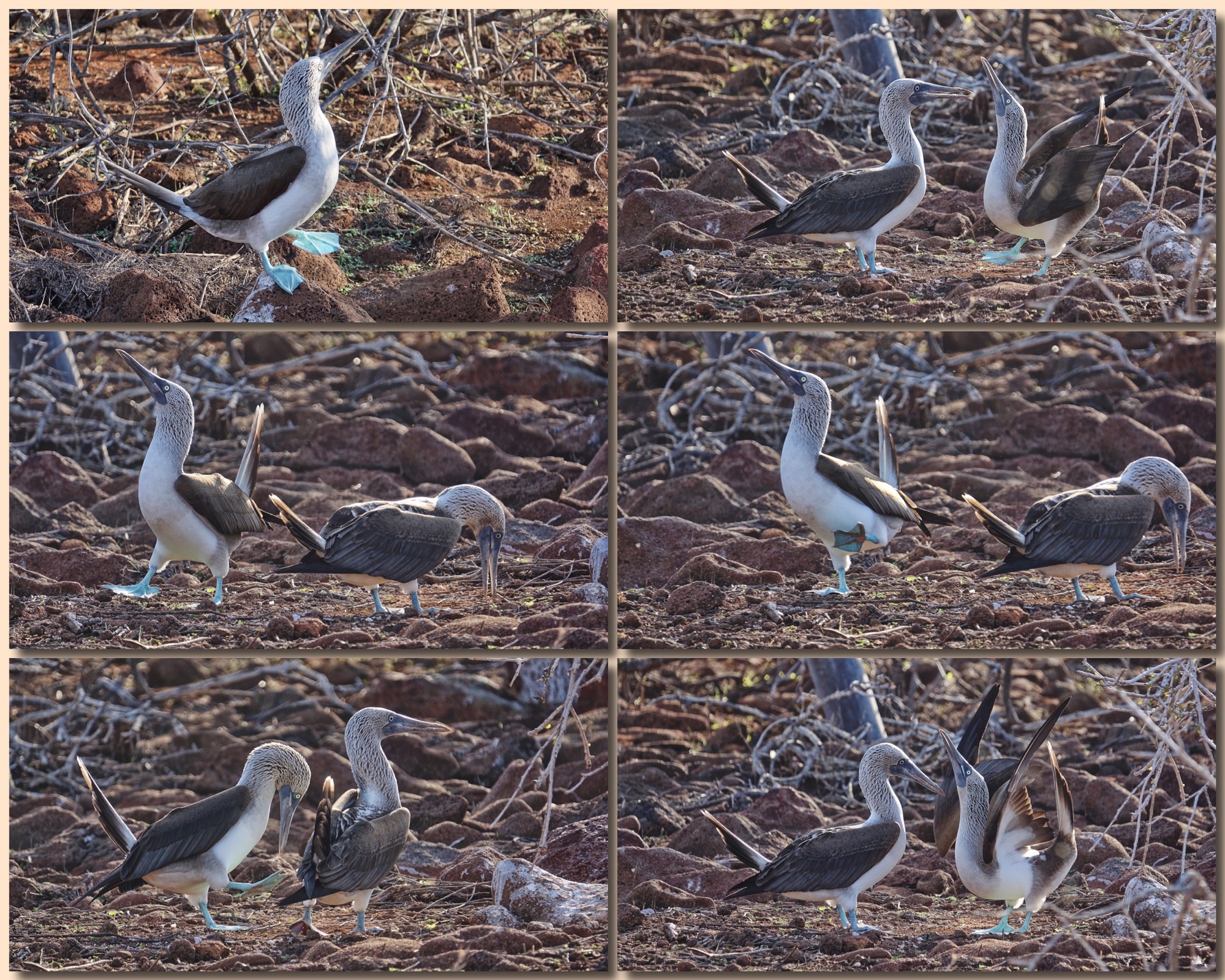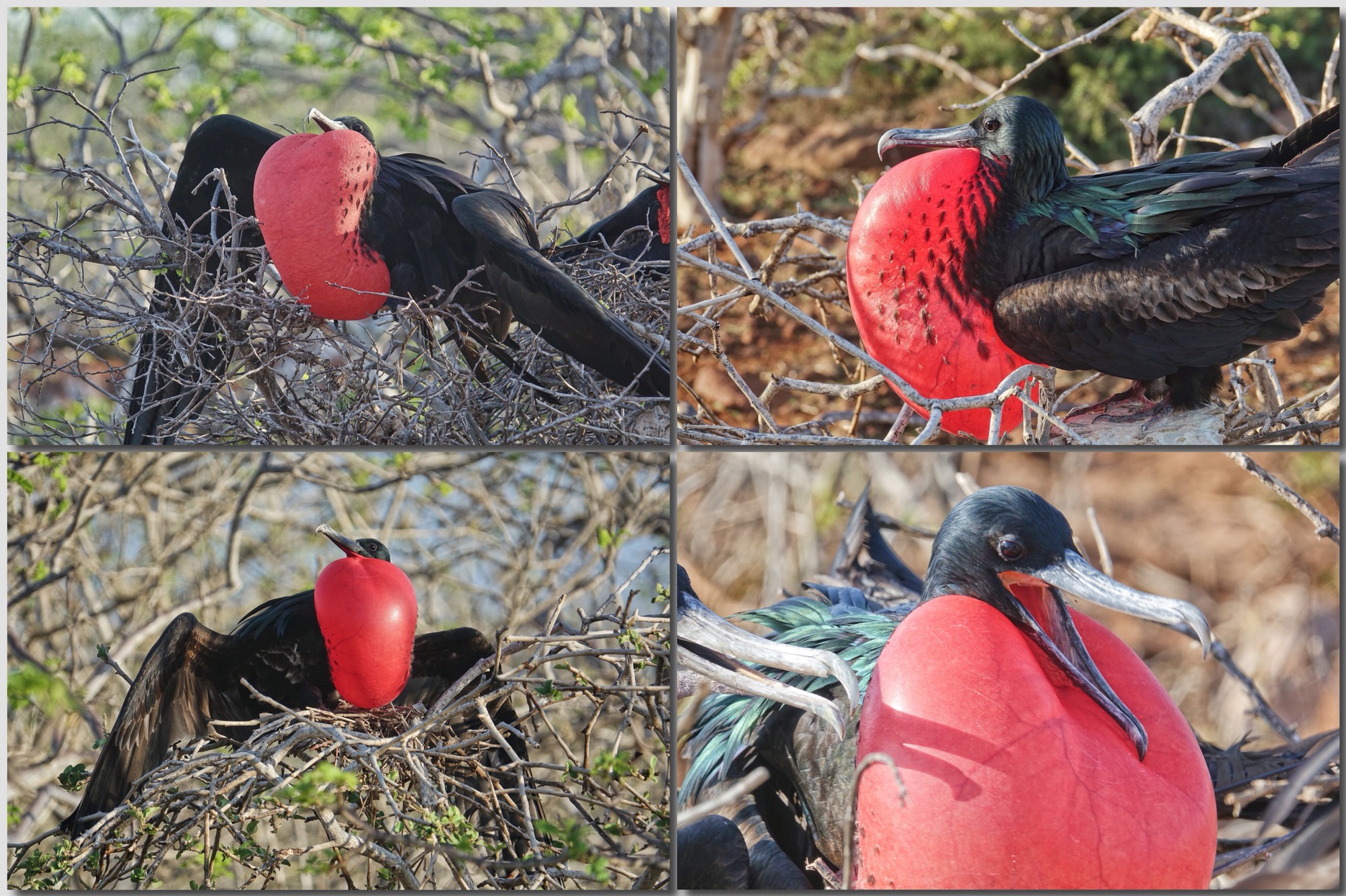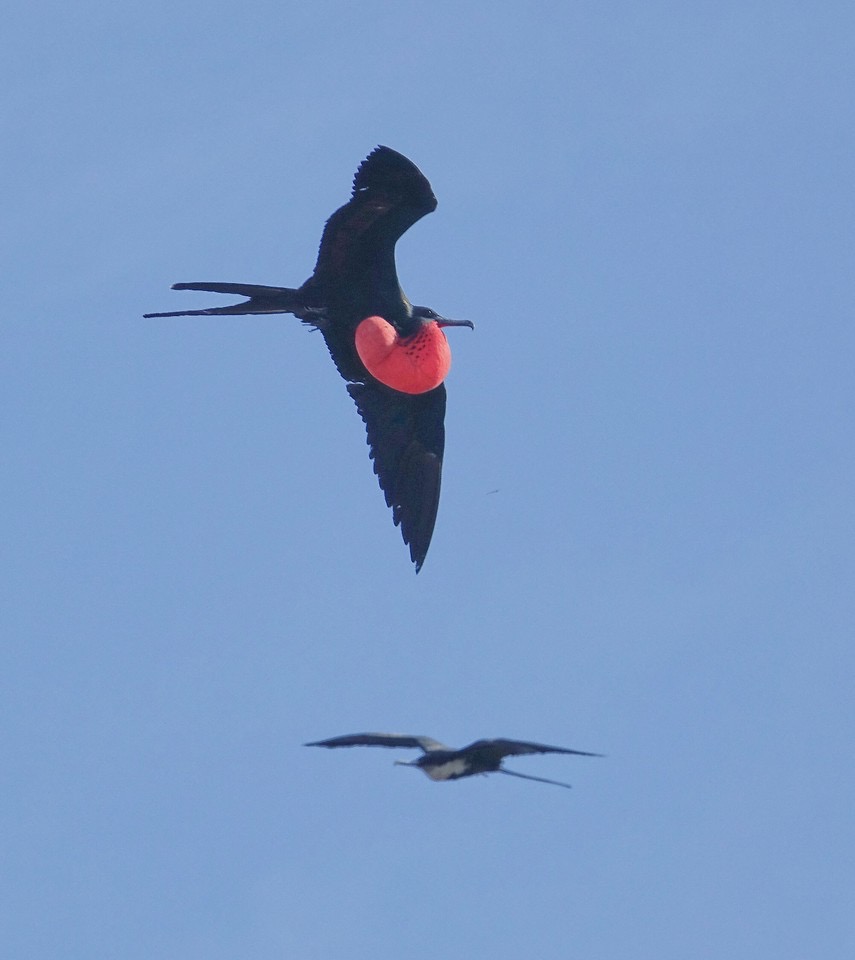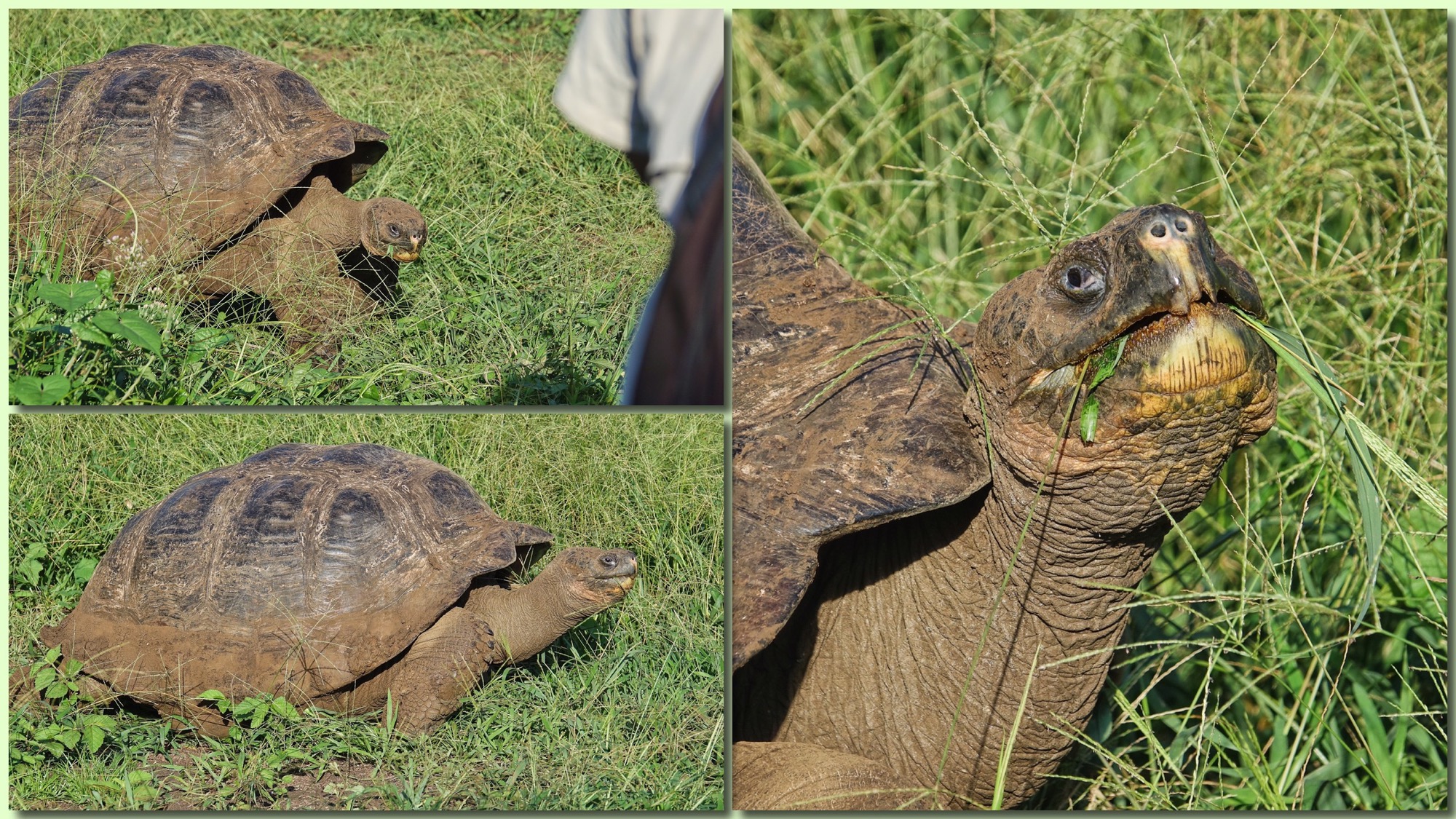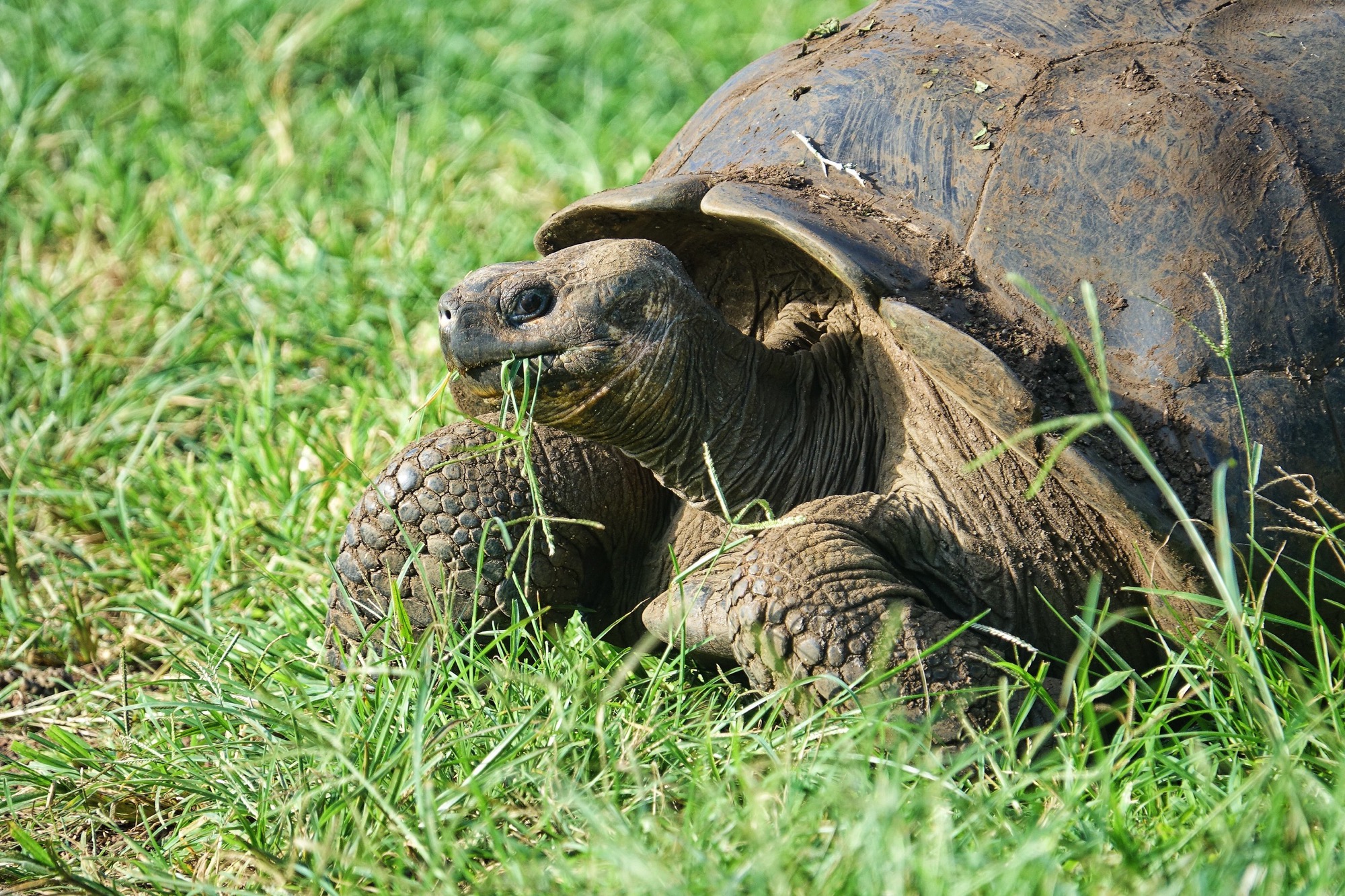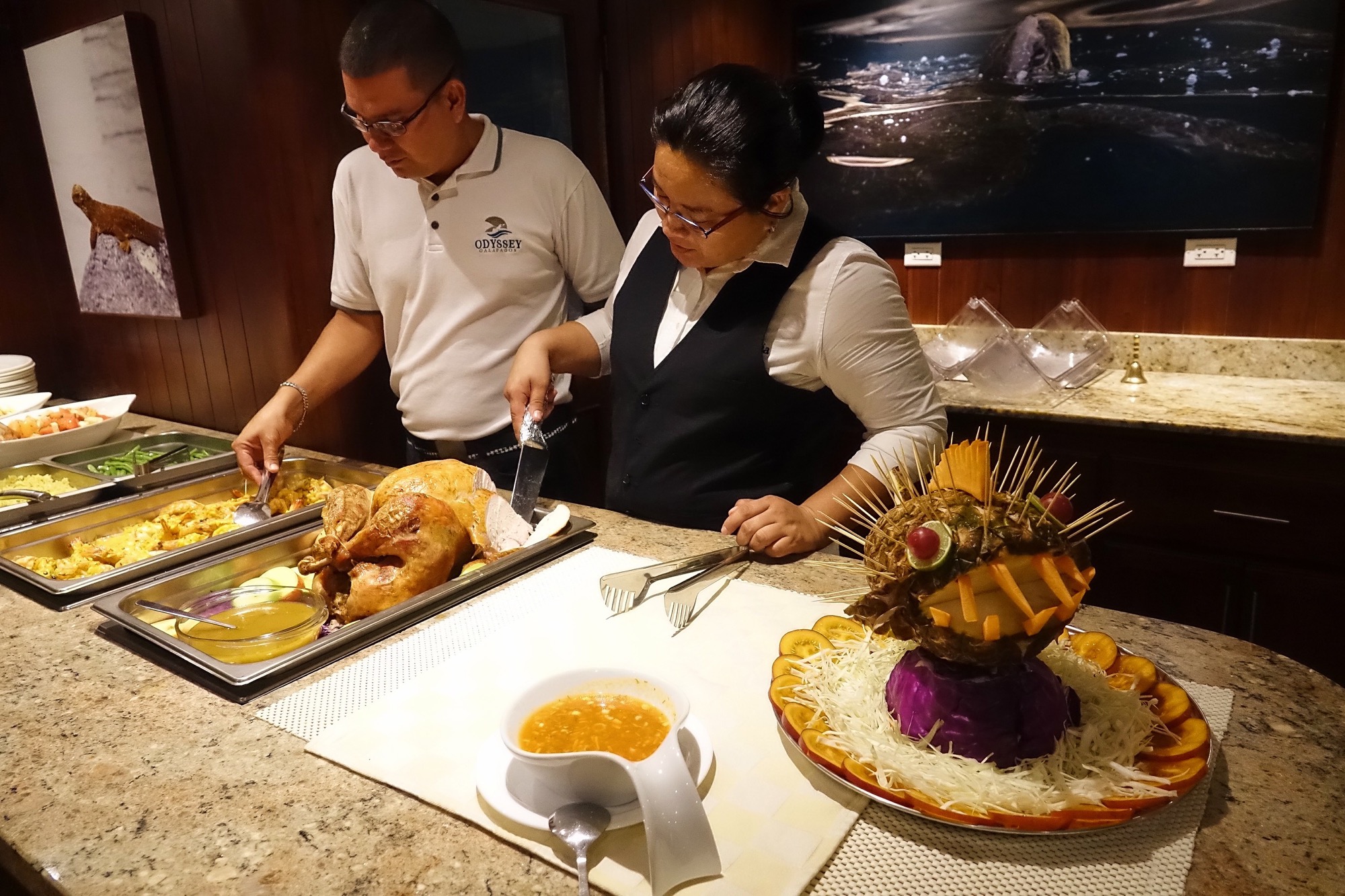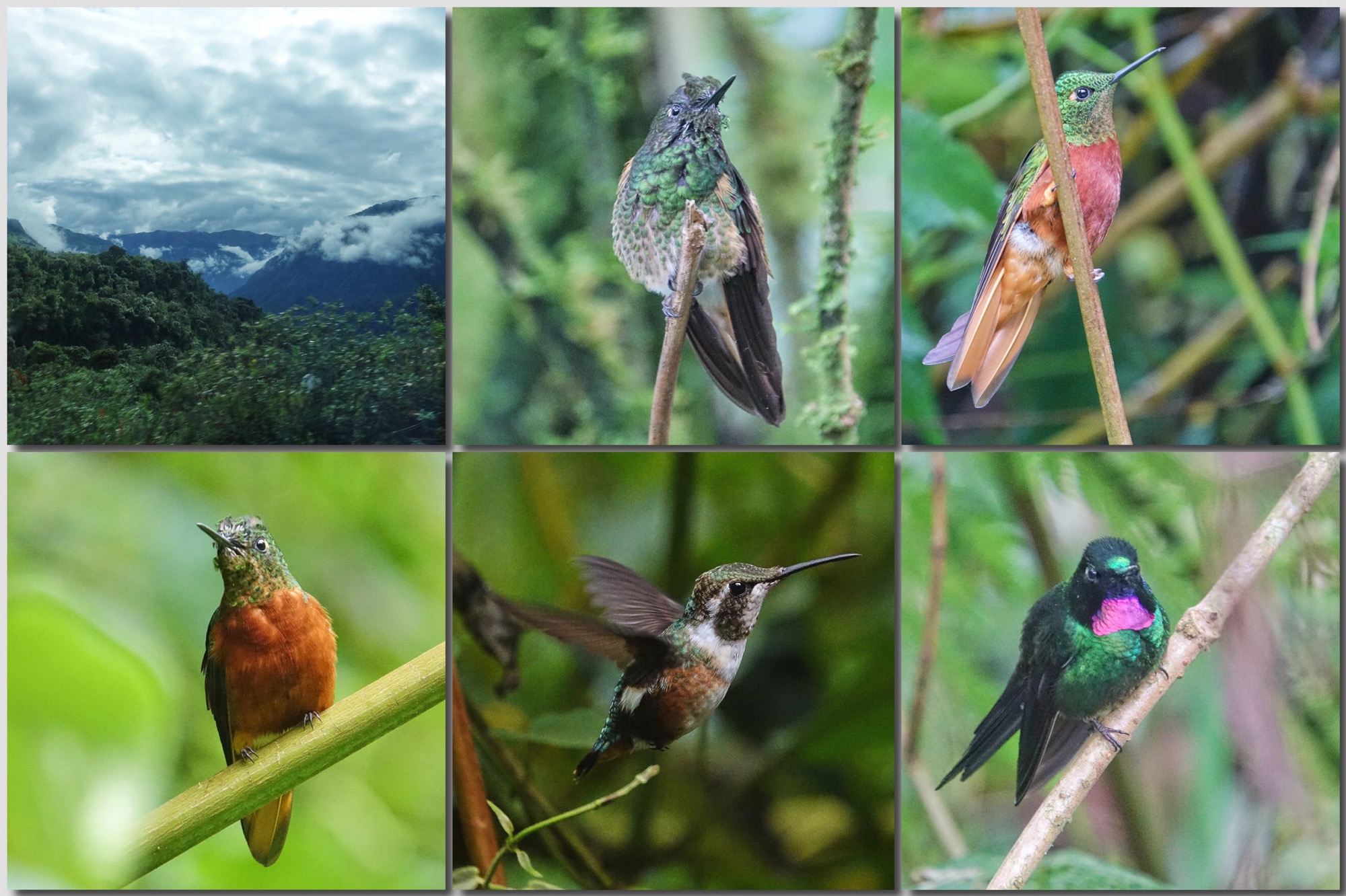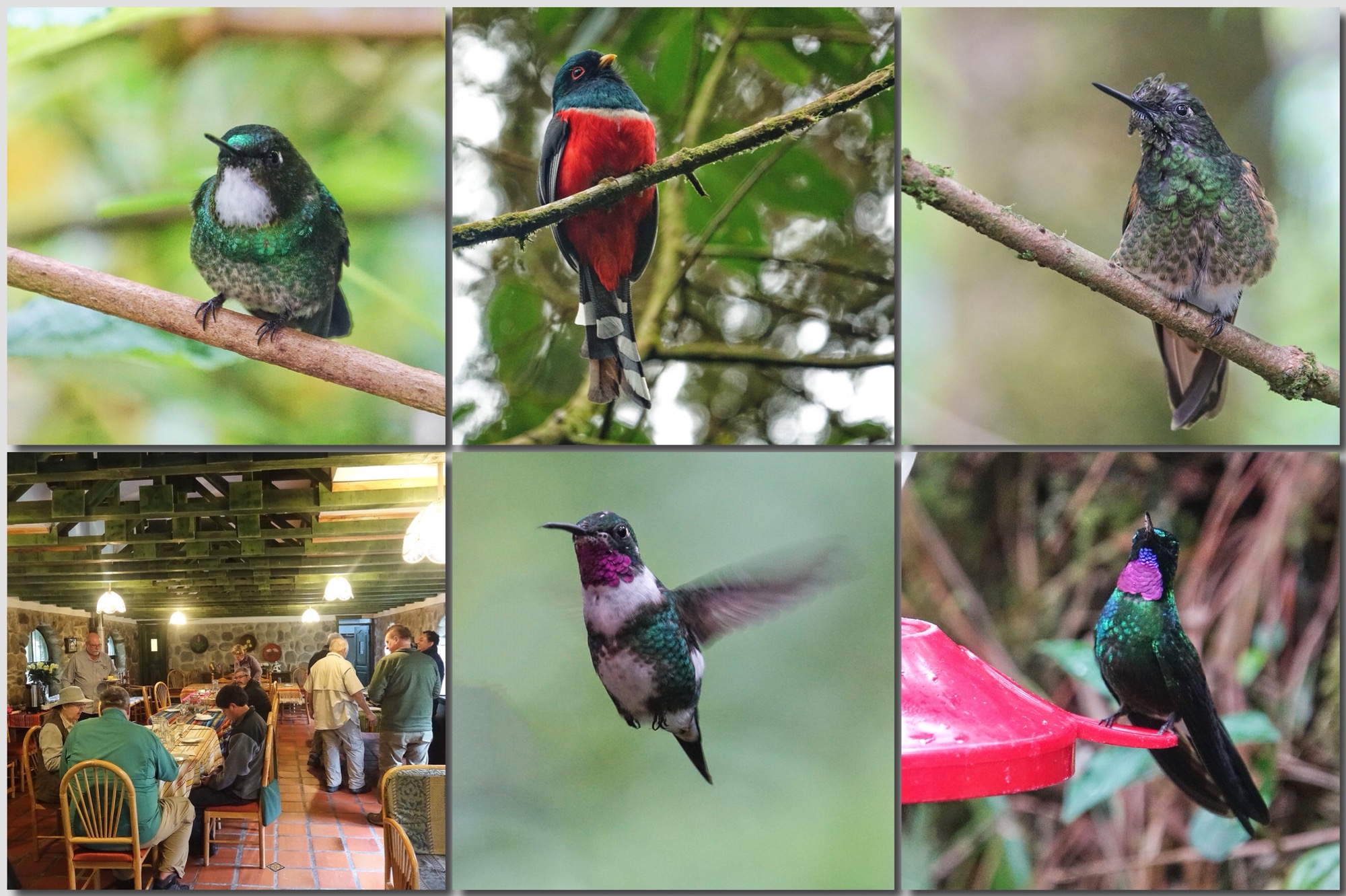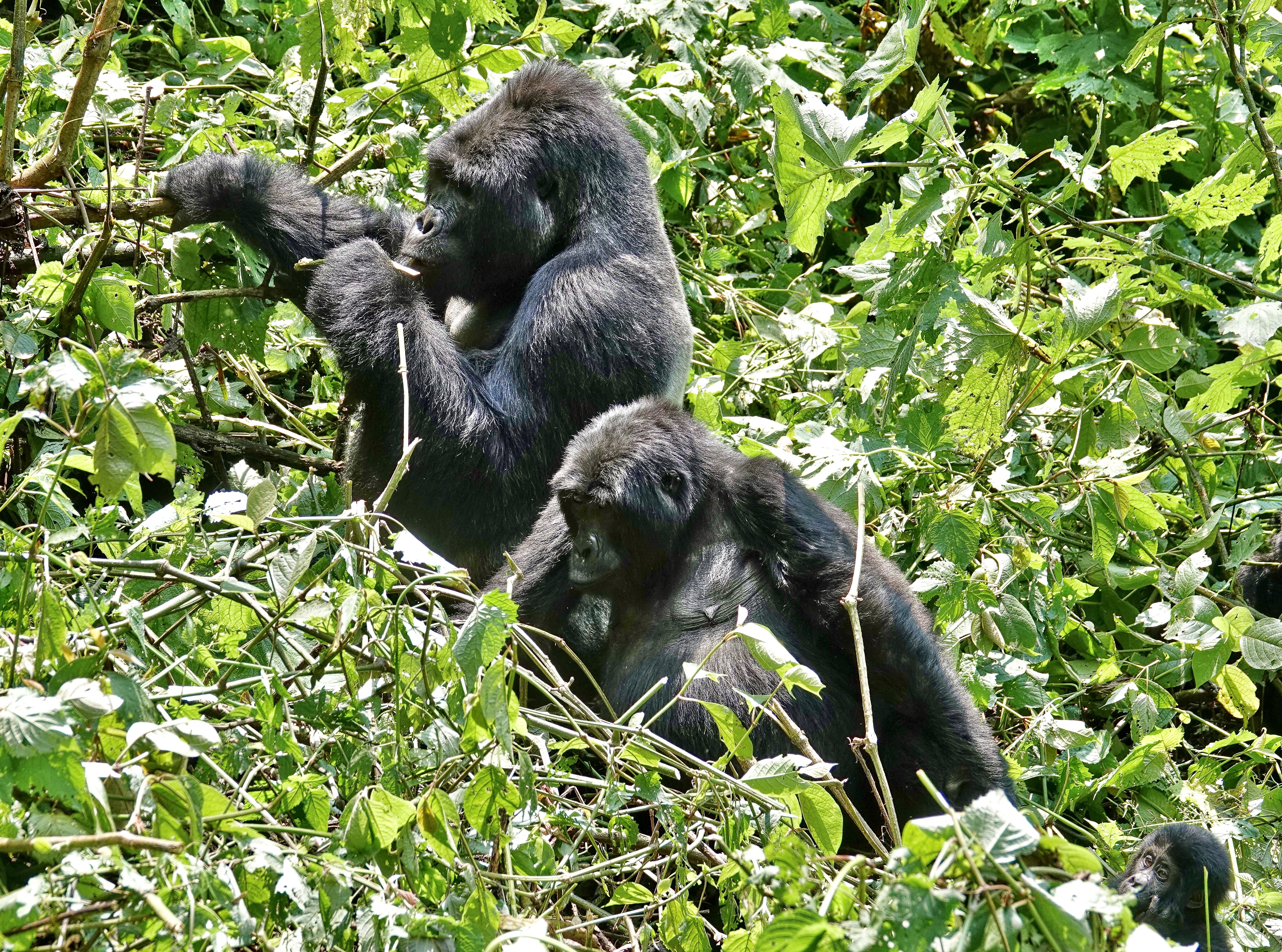
Mountain Gorillas! If you enjoy wildlife, trekking in to visit a family of Mountain Gorillas has to be high on your dream list. It certainly was on mine, and that is one of the main reasons I organized a safari to Uganda. Gorilla Trekking is available in two national parks in Uganda: Mgahinga National Park (which is part of the Virunga Volcano complex of parks in Uganda and neighboring Rwanda and the Congo), and in Bwindi Impenetrable Forest National Park. We visited Bwindi. Mountain Gorillas live in small family groups, generally a “silverback”, the male, and his mate and their offspring. Beginning in the 1990s some of these families were “habituated” to human presence, through a long process of increasing human contact over months, to the point where they can be safely visited…and I mean safe for both the gorillas and their visitors.
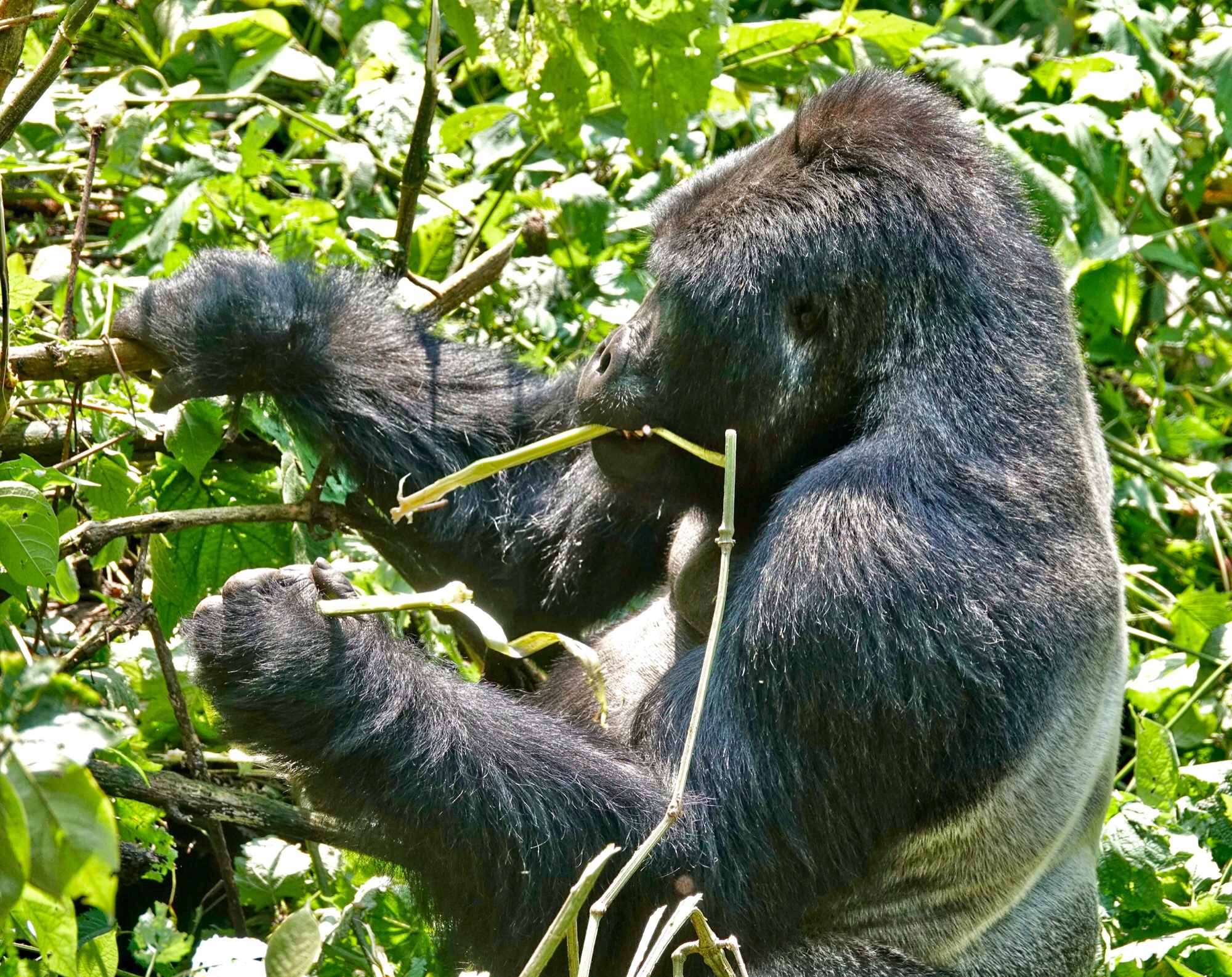
Since then, Gorilla Trekking has become a major source of revenue for the Ugandan Wildlife Service and for the local communities around Bwindi. There are 25 habituated gorilla families in Bwindi, and each family is visited by up to 8 people each day year round. That is a lot of Gorilla Trekking permits.
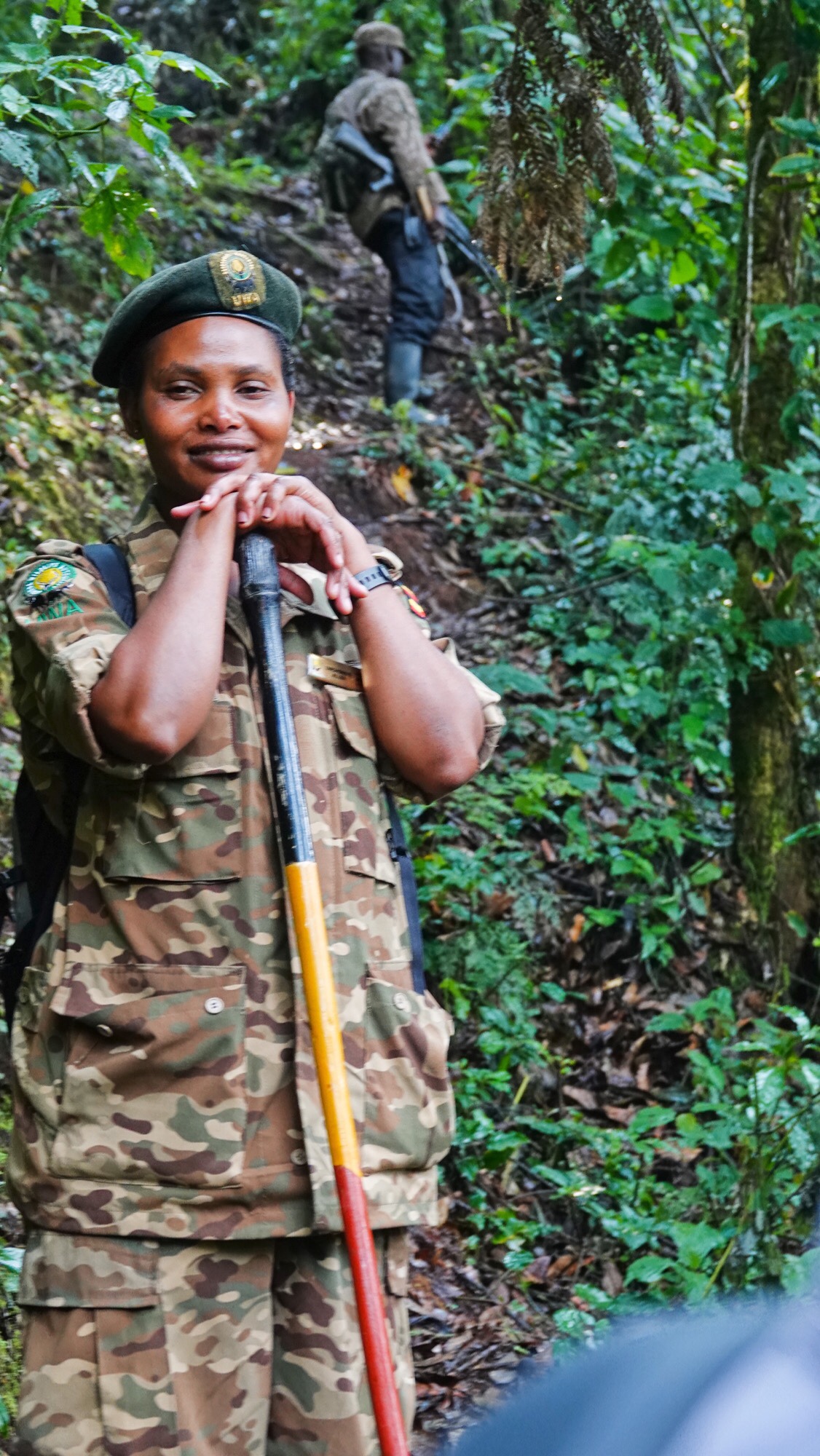
The Mountain Gorillas live in some of the most inaccessible forest in the world…impenetrable…as the name of the park suggests. The slopes are steep, all but vertical sometimes, the ground is continuously wet and unstable, the vegetation is heavy, and every Gorilla Trek involves at least some bushwhacking off the primitive trails to reach the family you have been assigned. Heavy pants, waterproof hiking boots, and even gloves to protect your hands from spines, thorns, and splinters, are required apparel. You can hire a porter, who will help with your pack (lunch and water and possibly camera gear), but who will, more importantly, help you up and down the steepest and most treacherous stretches of trail and ground. I highly recommend hiring a porter, no matter how fit you think you are. It can make the difference between enjoying the trek and merely surviving it.
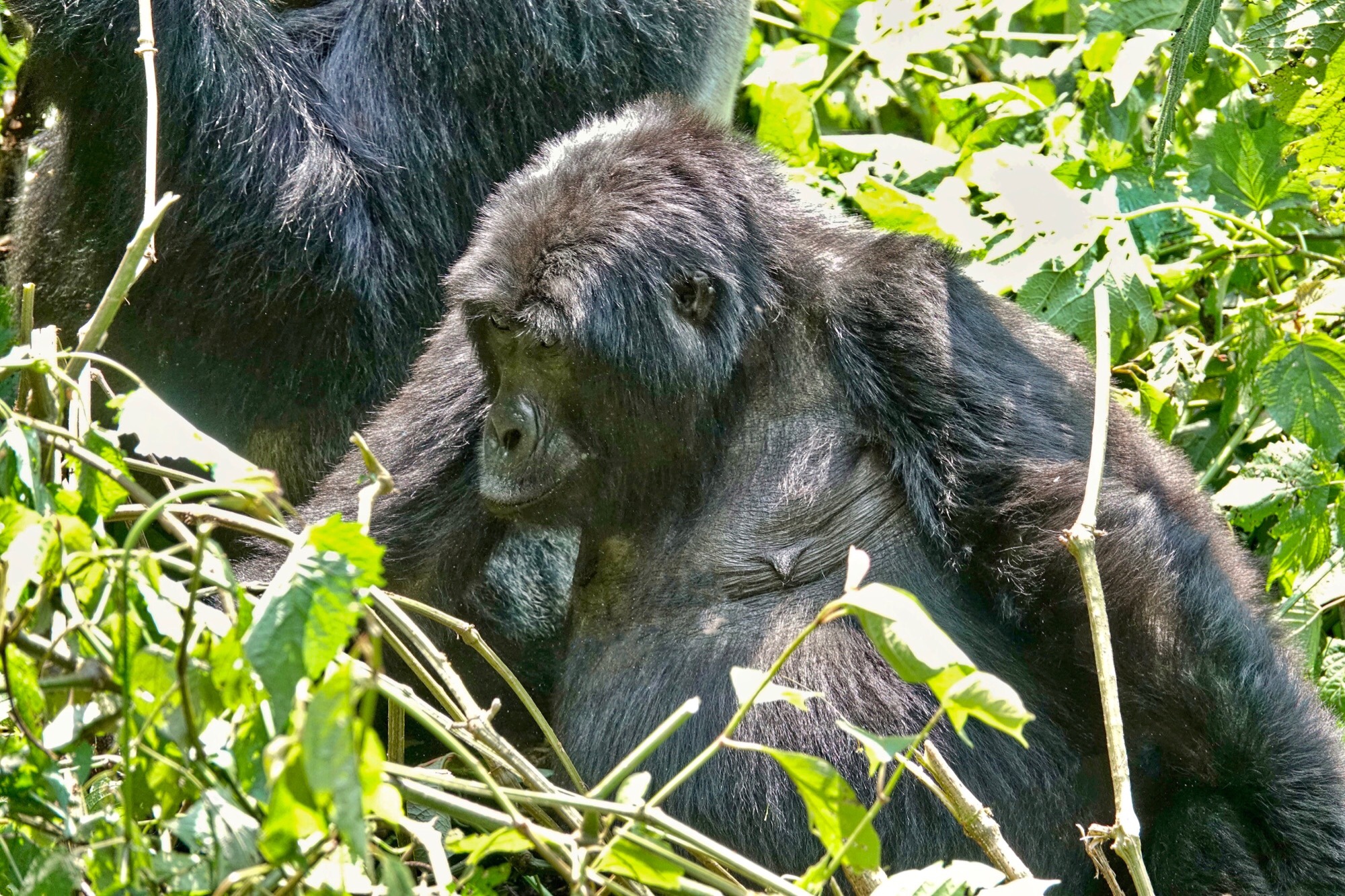
At the morning briefing you and your group (2 people were added to our group of 5, since groups can be up to 8 people) are assigned one of the local habituated families and the guide who works with that family on a daily basis. Even before the briefing, the early trackers are out to where the family bedded down the evening before. Mountain Gorillas make a new nest, generally on the ground or in low vegetation, each night. The gorillas are generally up and moving before the early trackers can reach the night nests, so the trackers’ job is to follow the gorillas’ track to relocate them for the day’s visit. Your group hikes out with your rangers (two armed rangers accompany the guide to protect against possible Forest Elephant encounters) in the general direction of the last night nest (for us this was about an hour but we had one of the closer families as we used our relative age and fitness level to convince the rangers we need an “easy” family). Then generally you wait an hour or more in some forest clearing for the early trackers to radio in when the family stops to feed or rest or play and seems likely to stay put for long enough for your group to get there. If they don’t stop soon, you might be chasing them for another several hours. For us they stopped about 30 minutes from our waiting spot. Again, your experience may vary depending on how far and how fast your family is moving. Some Treks last 6 hours. By the time you get to the family, the trackers will have hacked a rough path from the nearest trail, and, if necessary, cleared a “doorway” into the clearing where the gorillas are.
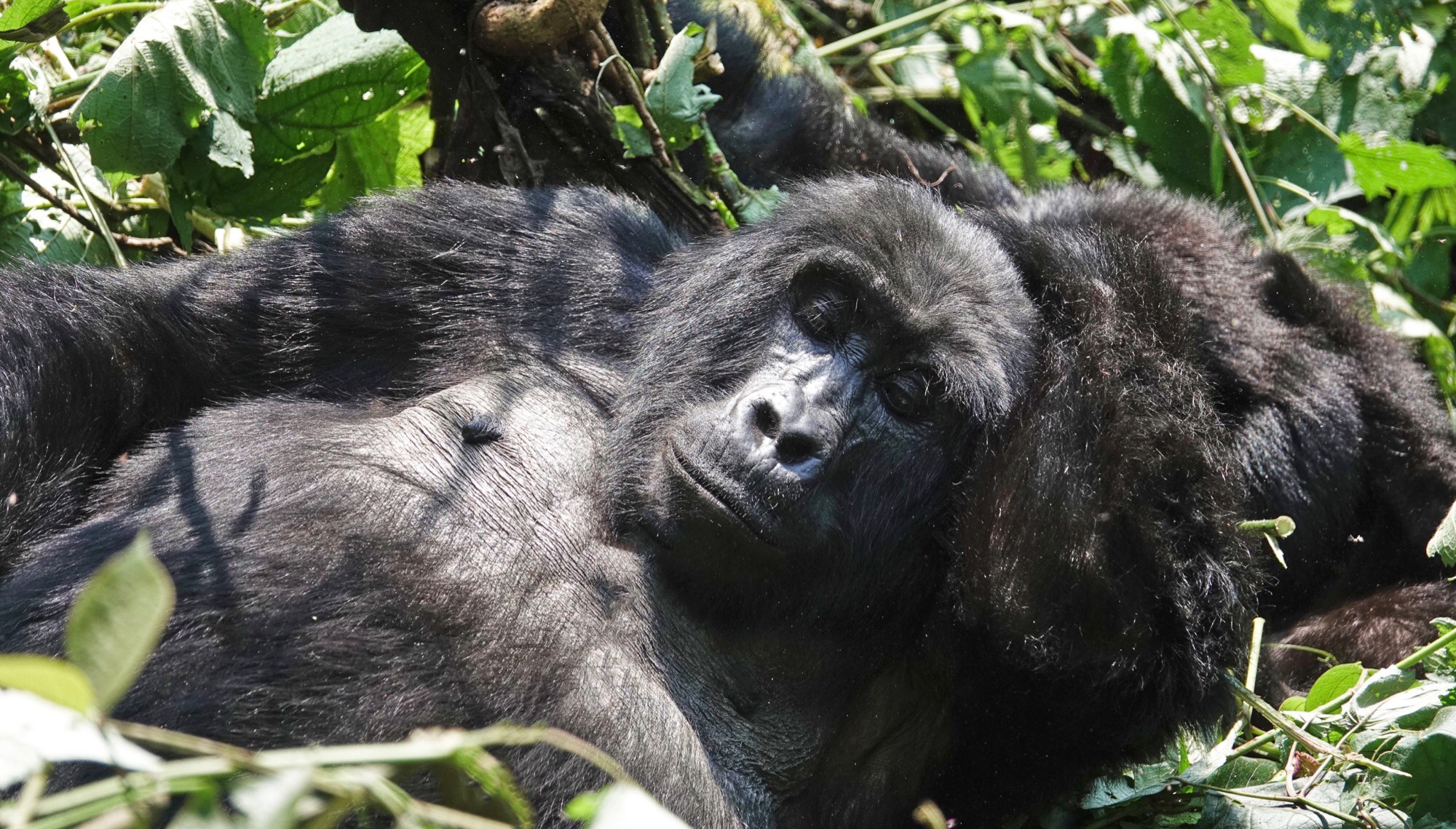
Though young males and females may stay with the family up to 15 years before going off to form their own families, the family we visited was just dad and mom and 4 youngsters, aged maybe 6 years to 2 months. A young family. When we arrived dad was busy with a late breakfast of vines. It was clear from the size of the clearing he had made in the tangle of vines that the whole family had been feeding. Mom was resting, the oldest offspring was feeding alone at the outer edge of the clearing, and the younger siblings were busy playing, mostly with each other. The 2 month old was the most active and was busy exploring his climbing ability by swinging from the branches over the clearing. The two middle youngsters spent most of their time wrestling with each other. Though there was a lot of yelping, they were not really hurting each other. Typical family.
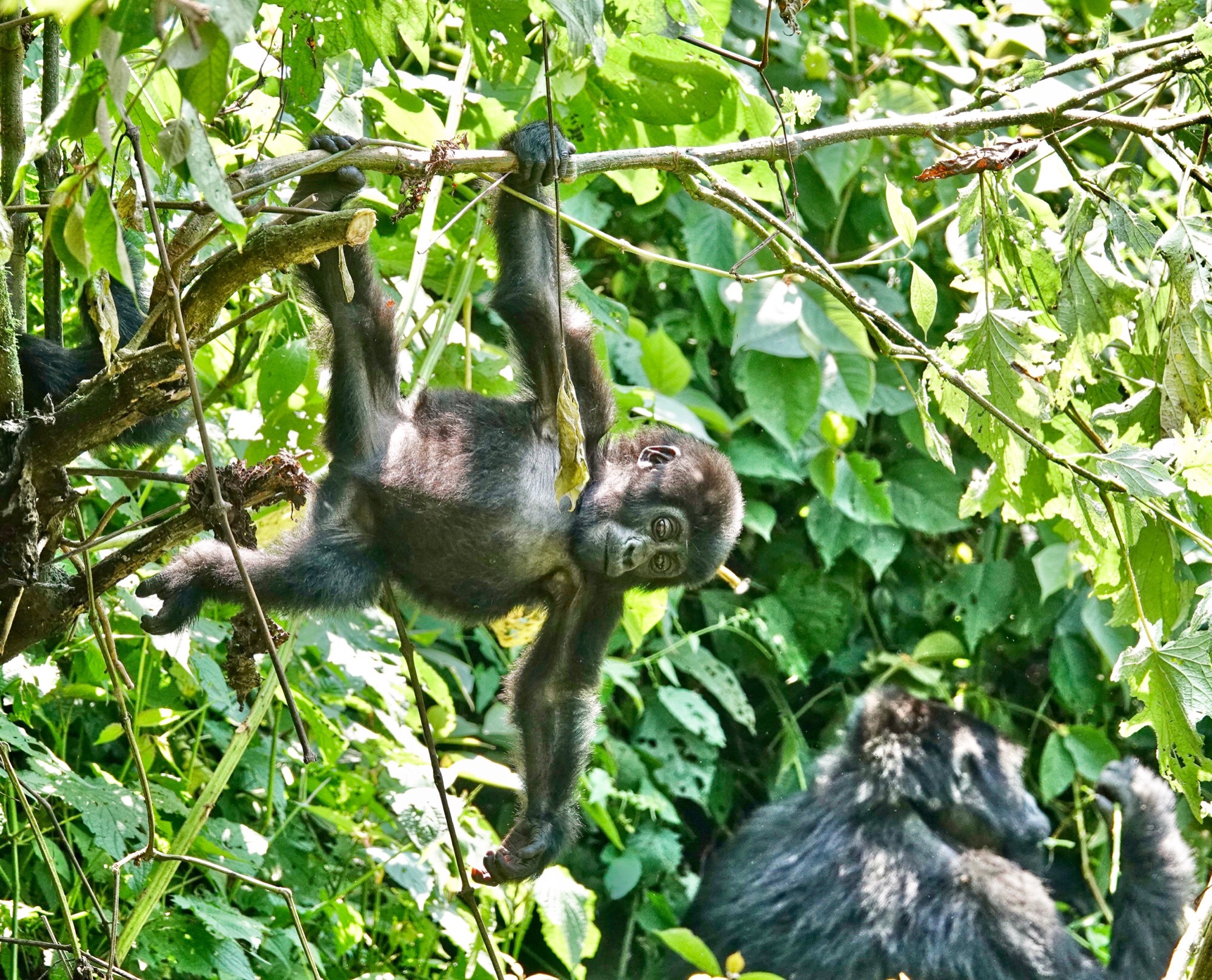
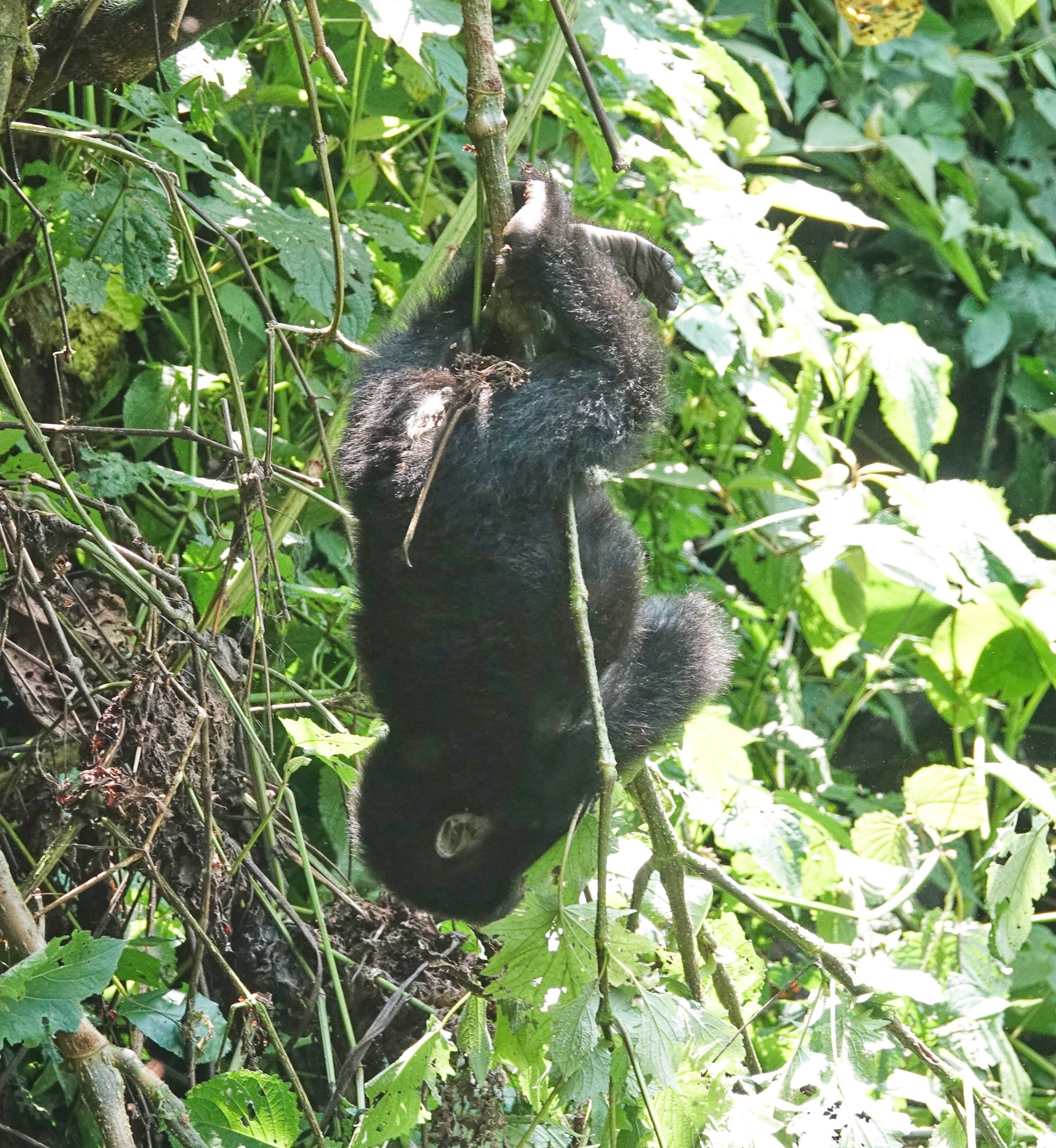
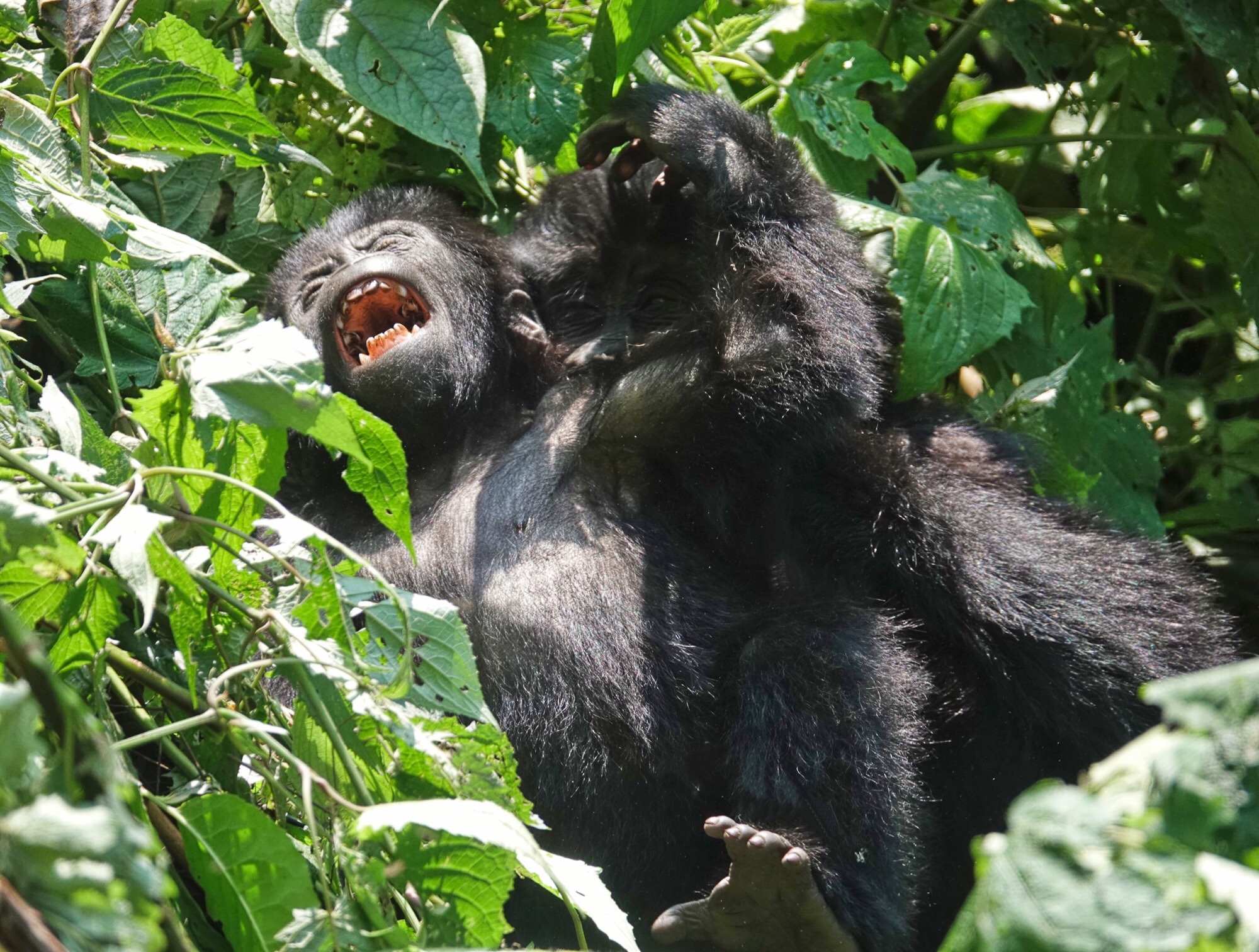
One of the rules of any Gorilla encounter is that you do not make eye contact (or eat or drink in the gorillas’ presence). And the Gorillas avoided eye contact with us as well. Though they clearly knew we were there, they did their best to ignore us, never looking directly at us during the the 30 minutes we spent with them before they decided they had had enough of us and moved off up-slope.
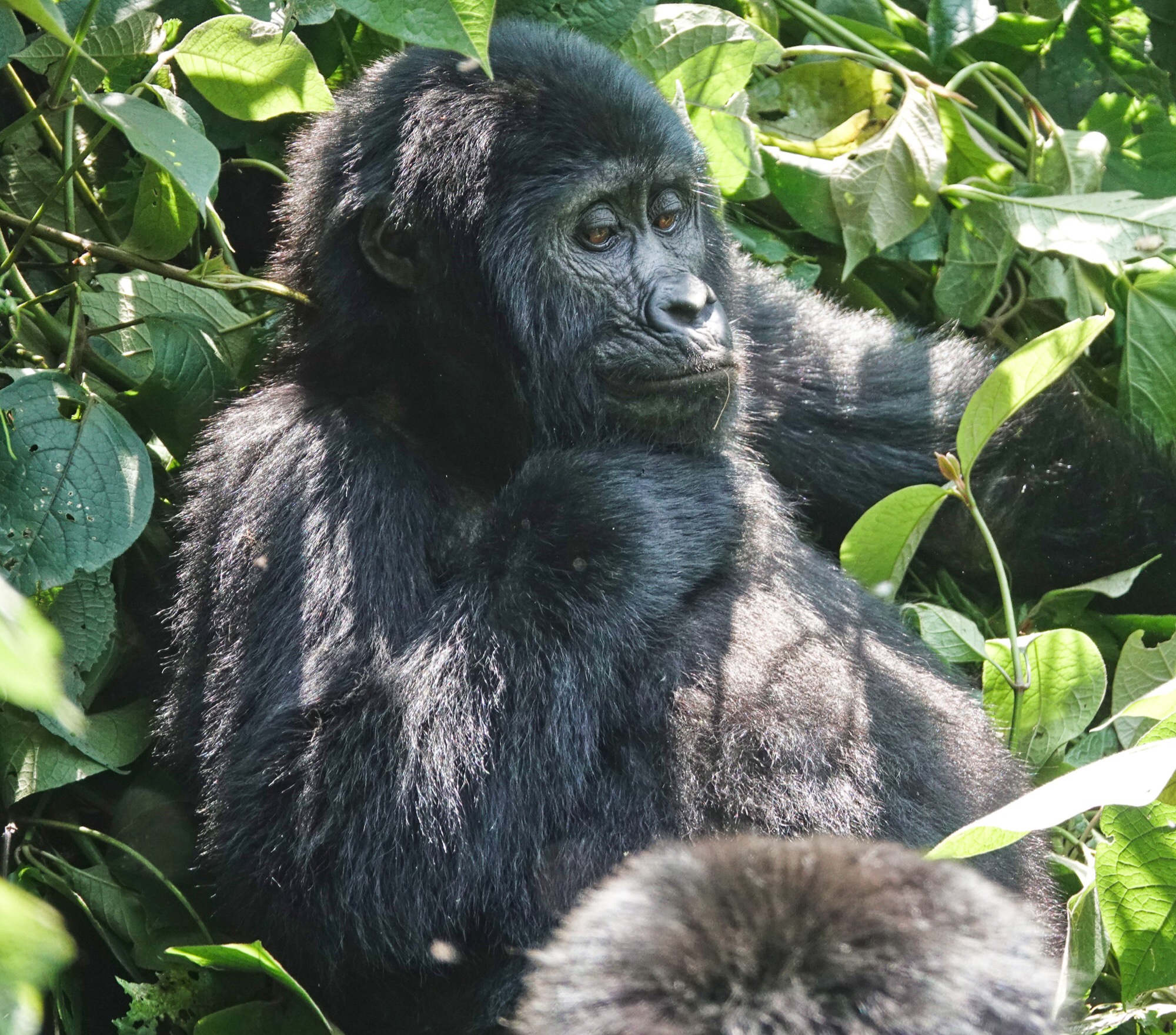
During the time we spent with our Mountain Gorilla family we observed a wide variety of family behavior. I don’t think anyone could help but be impressed by how like human family life the gorilla family life is…without, of course, the pressure of “keeping a roof over our heads and food on the table.” The Gorillas live much as our ancestors must have…hand to mouth and day to day. They are peaceful, gentle, loving within their families. There are only a few records of any kind of conflict with other groups and families that goes beyond a shouting match between silverbacks…and those were in areas where the gorillas were highly stressed by human encroachment, sometimes even caught in human war zones.

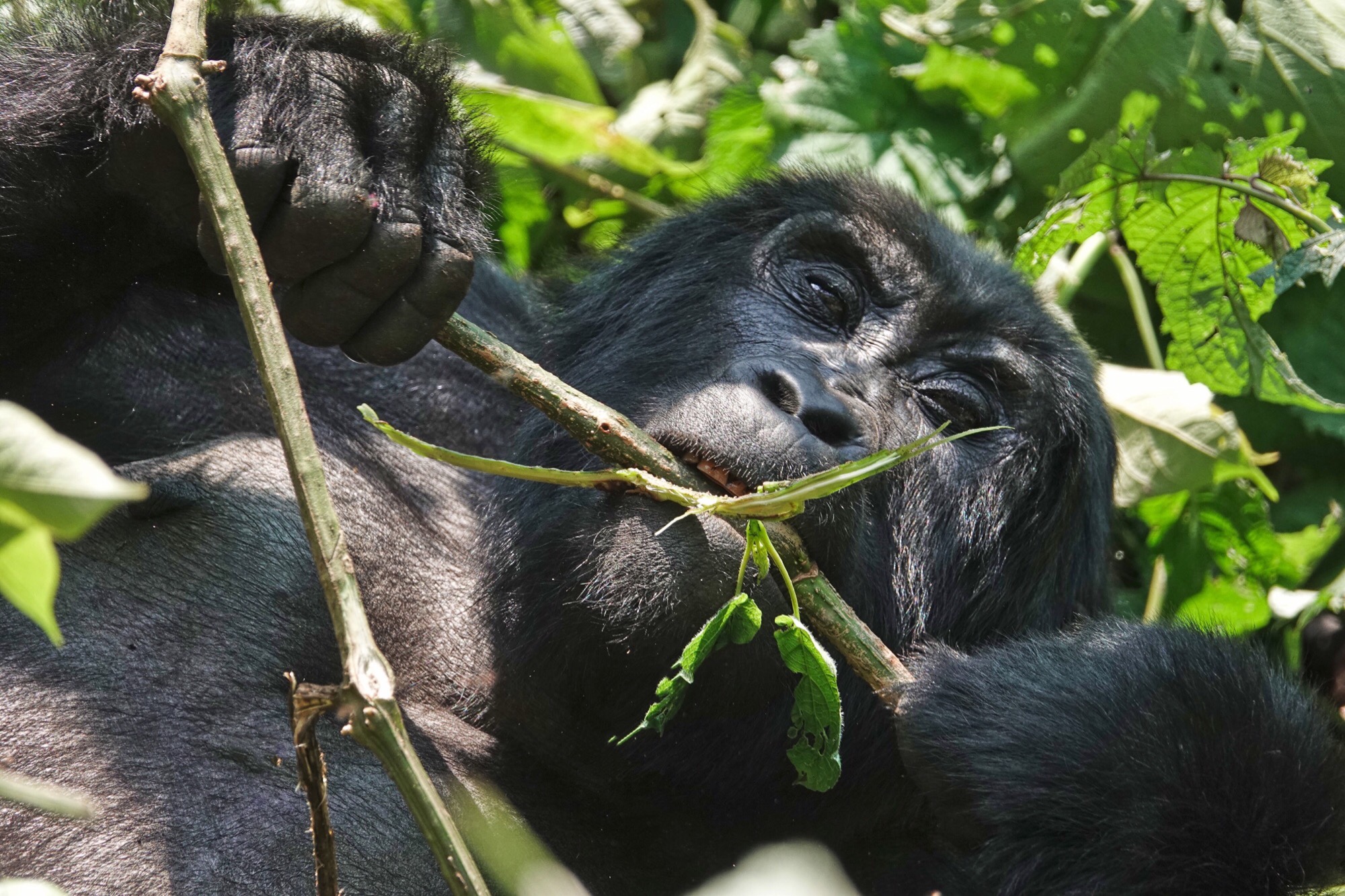
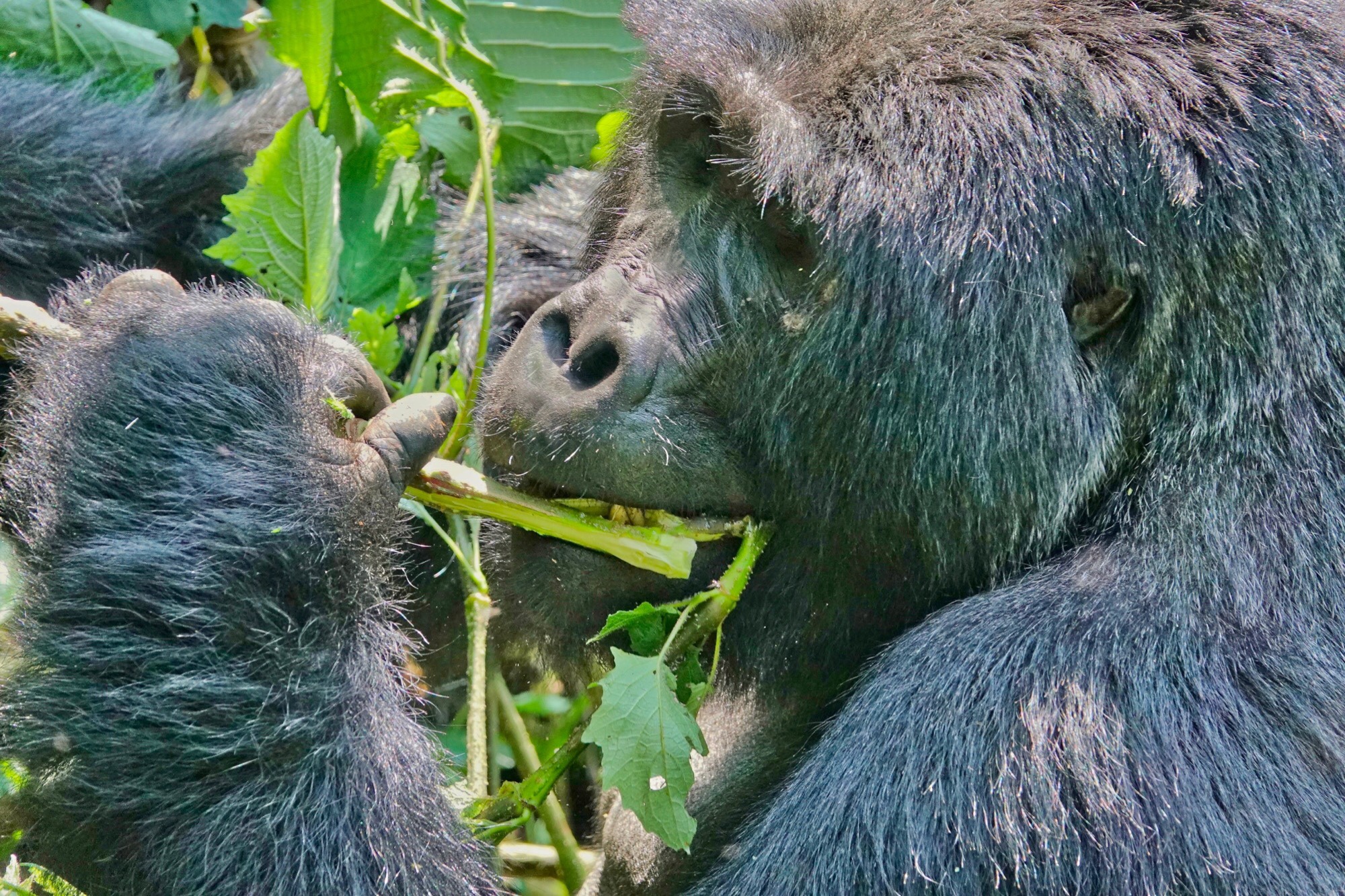
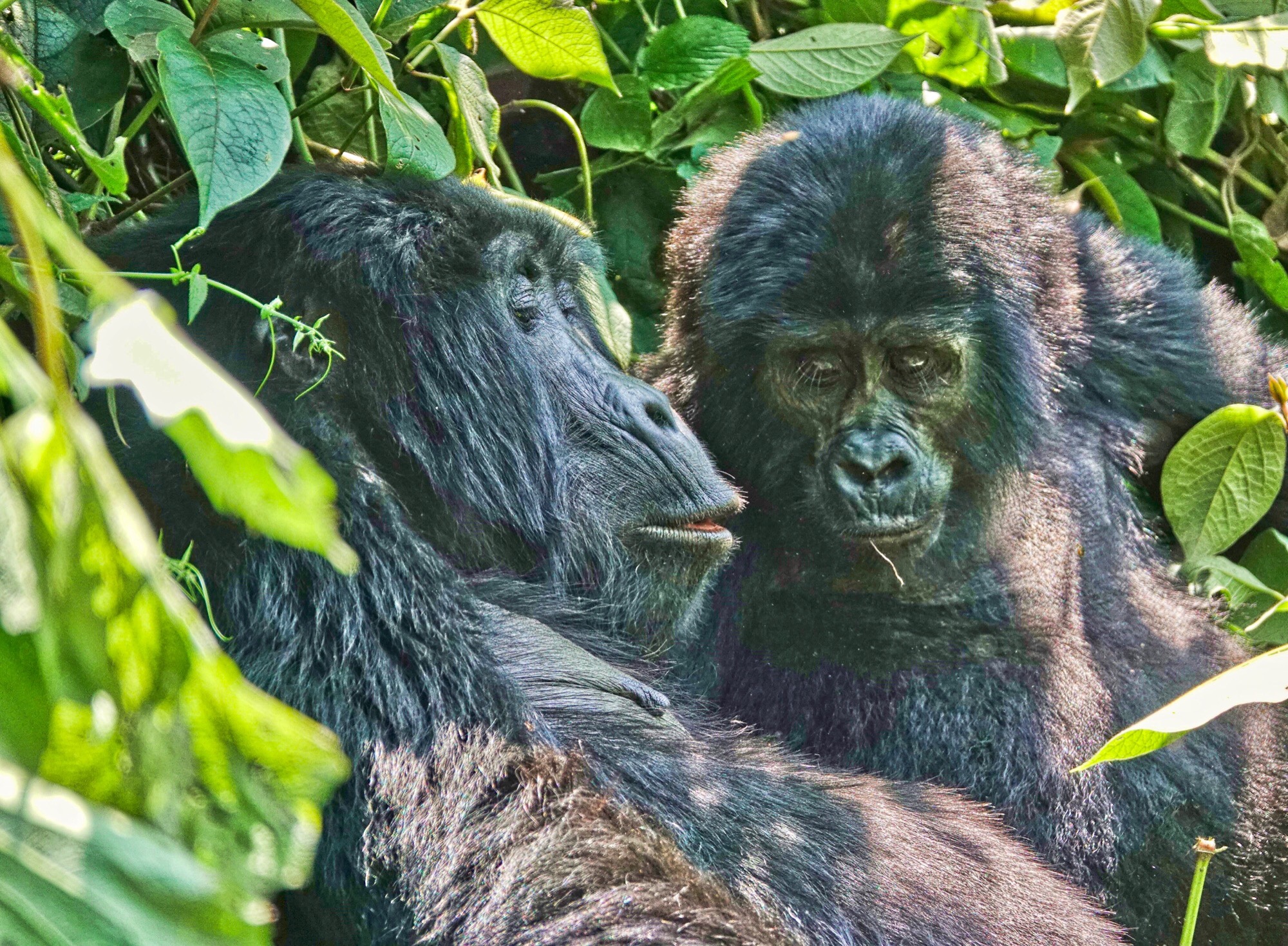
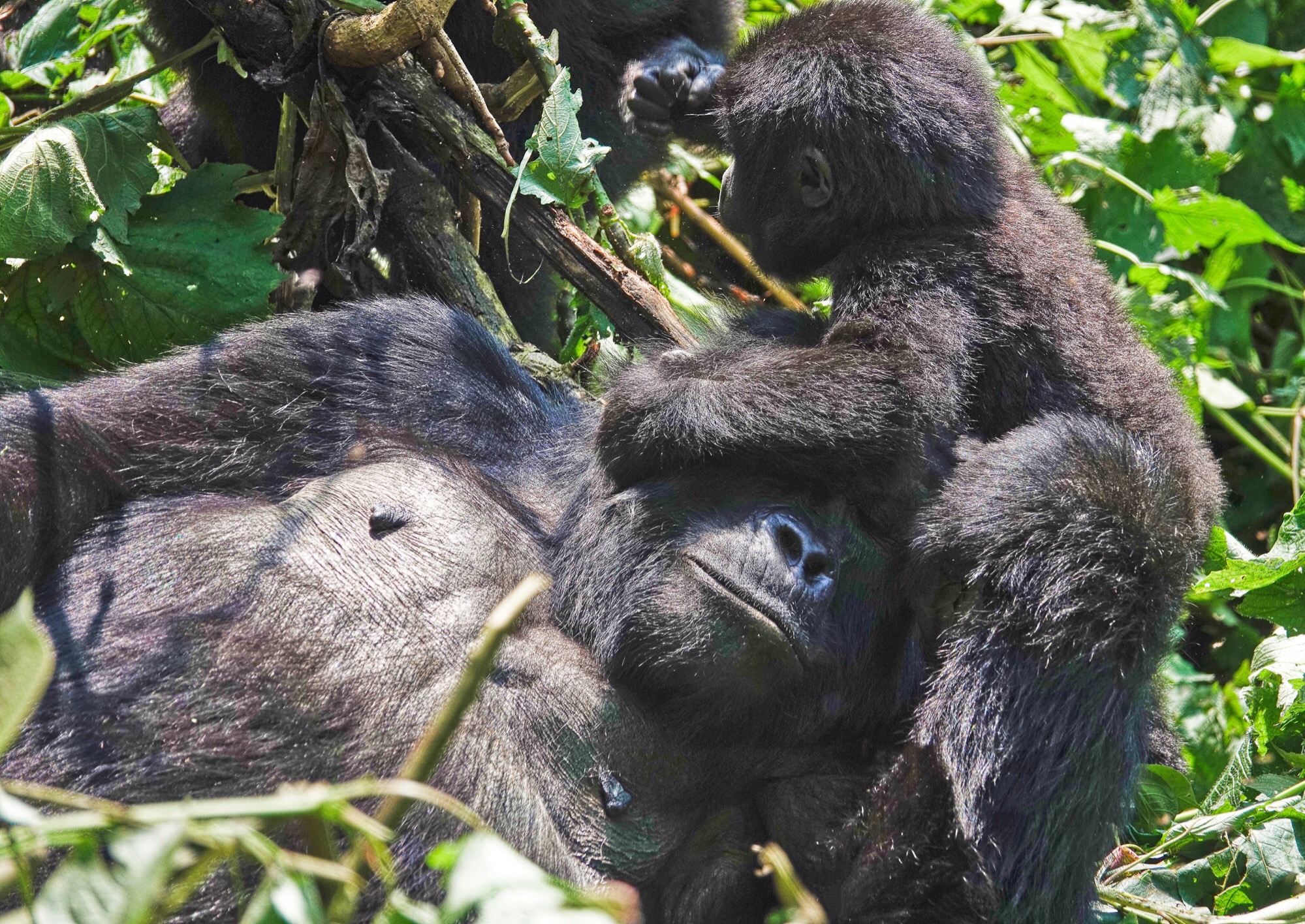
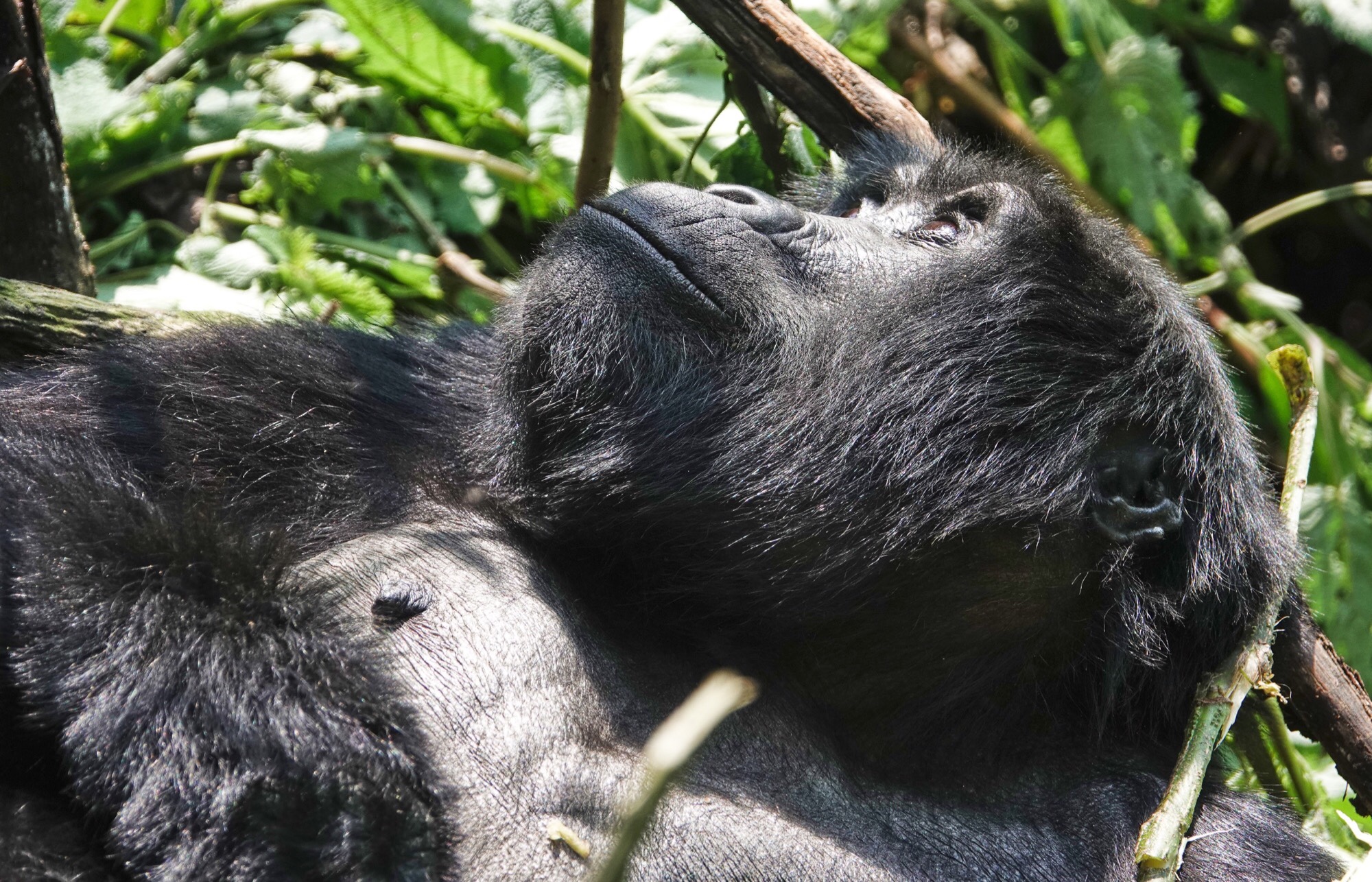

While you can debate the merits and the dangers of habituation, being able to visit the Mountain Gorillas in their forest home is an experience that can not help but change your perception of what it means to be wild, and what it means to be a human. Each group of humans gets 60 minutes a day with the assigned family, and each family is only visited once a day. Somewhat surprisingly fertility is higher and infant mortality lower among habituated Gorilla families than it is among the other Gorilla families in Bwindi who are only observed from a distance. Still, when our family decided they had had enough of us after 30 minutes, I was not tempted to follow them up-slope through the heavy brush. Of course I needed to save a bit of strength for the hike back out, which was as hard, if not harder, than the hike in, but mostly I already felt abundantly privileged to have visited that long…and if the Gorillas were done with us, I was okay to be done with them.
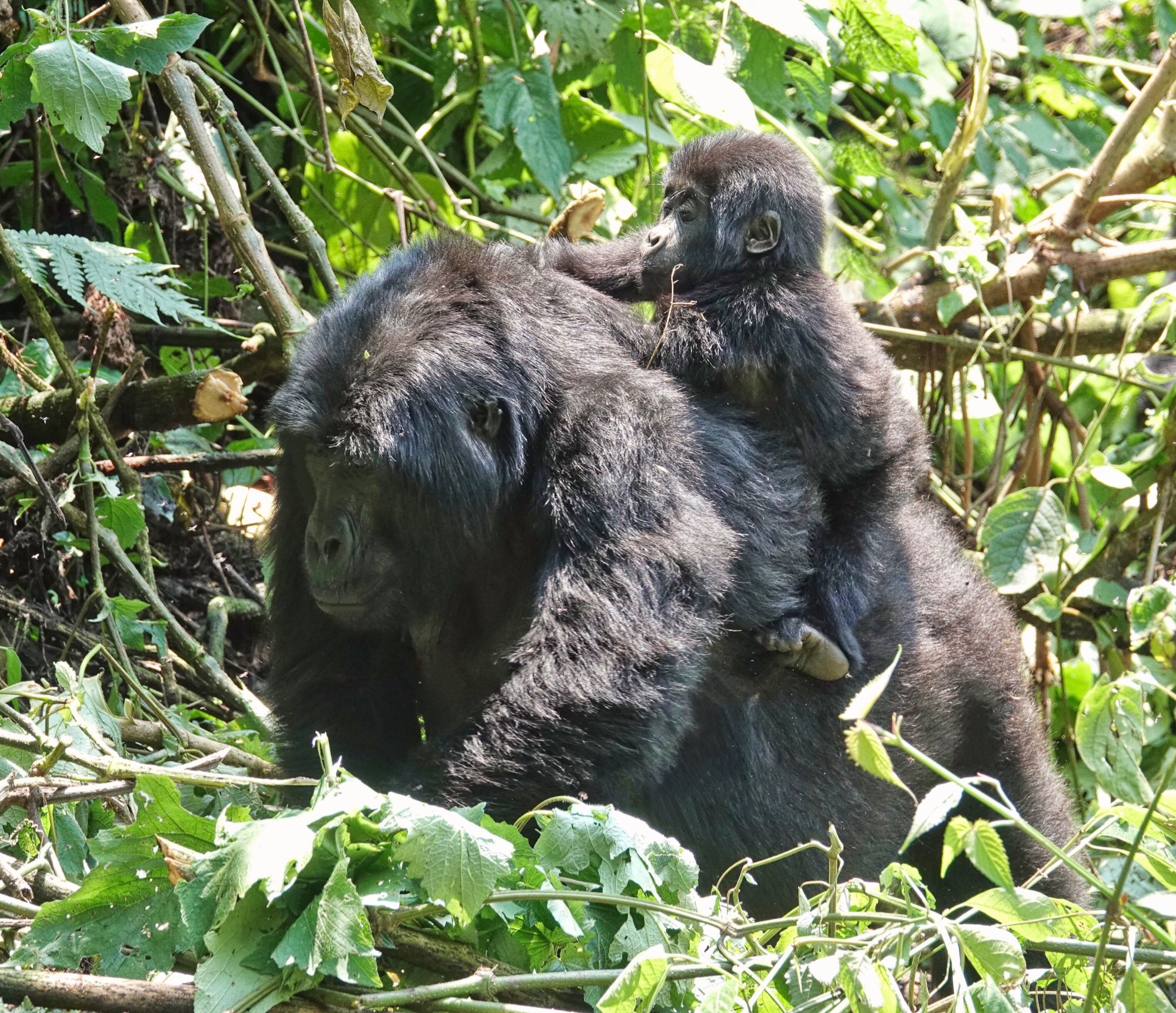
All the photos here were taken with the Sony Rx10iv at various focal lengths between 200-600mm. Program mode with my custom birds and wildlife modifications. Processed in Polarr and Apple Photos, and TouchRetouch. (Something the guide books and other websites don’t tell you: Mountain Gorillas often nest on their own excrement (for warmth in the cold mountain nights) so they are generally surrounded by flies. The out-of-focus flies appear in images as little highlights, spots, blobs, and squiggles. I thought at first my lens must have been very dirty until I realized what was going on. I used TouchRetouch’s AI driven blemish removal tool to take most of them out of my images.)
Finally, you can not just show up for a Gorilla Trek. You need a permit, and permits must be reserved for the day of your visit in advance…far in advance if you need them on a specific day. I arranged my Gorilla Trek (and my whole Uganda safari) through Epic Uganda Vacations (https://www.bookgorillatracking.com/index).
And I am planning on returning to Uganda next September for another Birds and Wildlife Safari, featuring a Gorilla Trek. If you are interested in joining me, you can email me at lightshedder@gmail.com.






